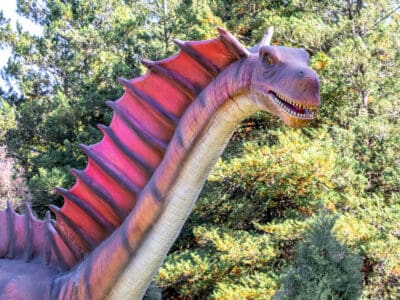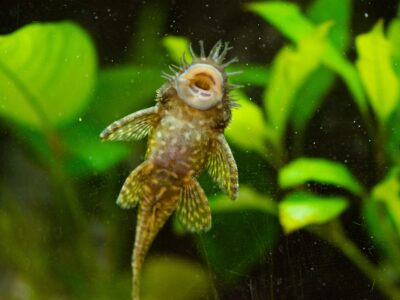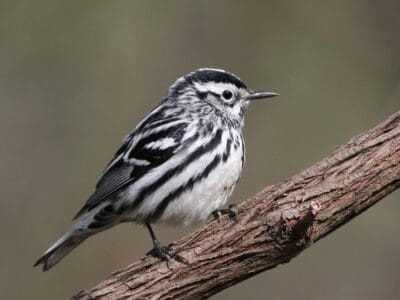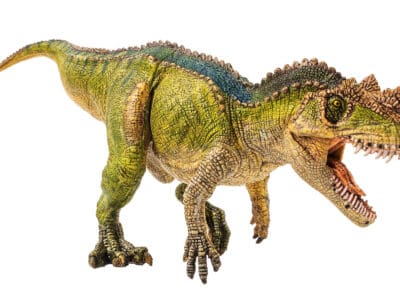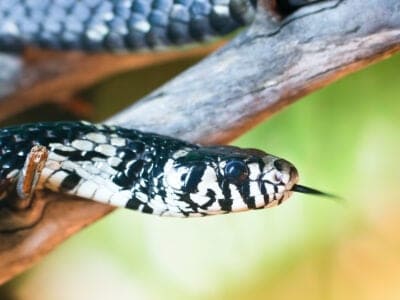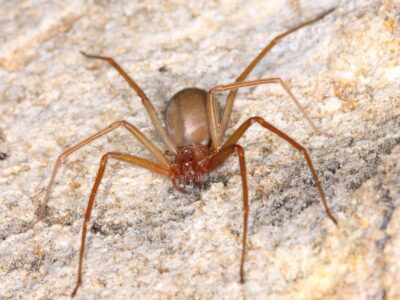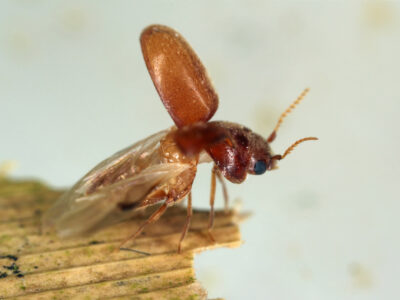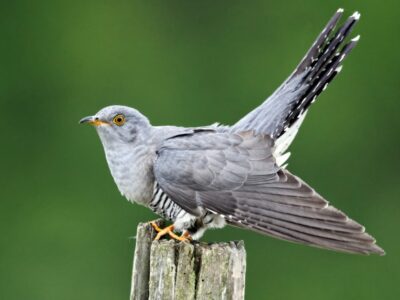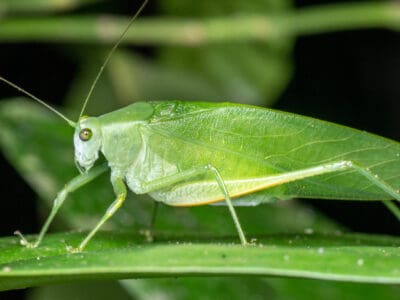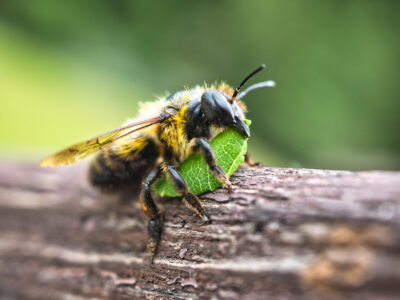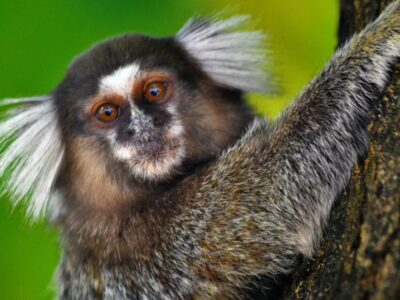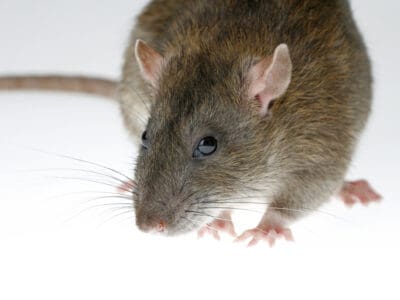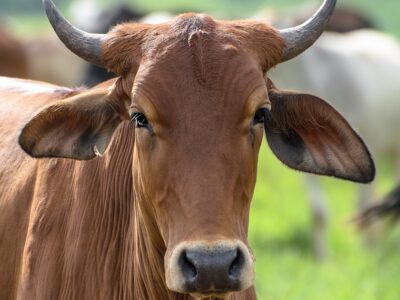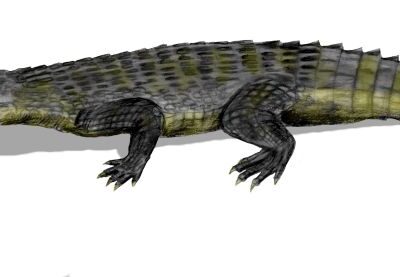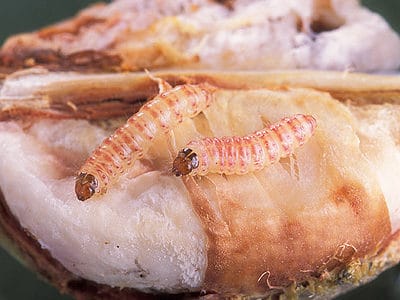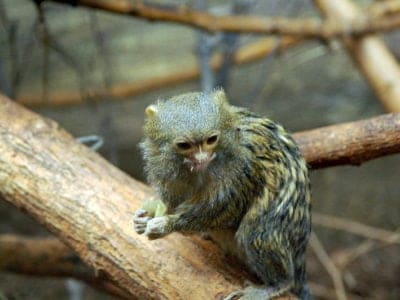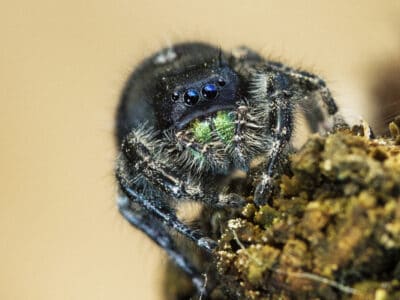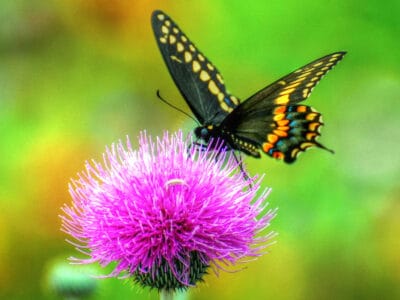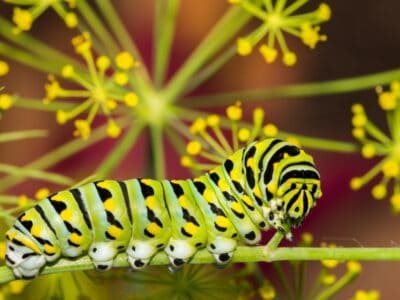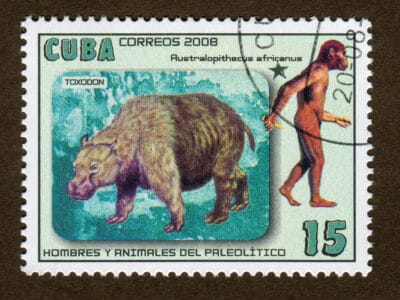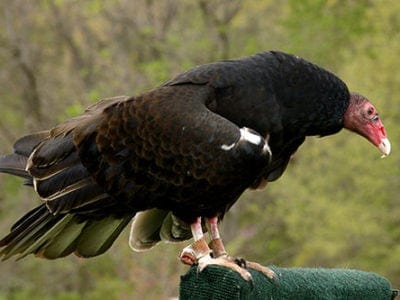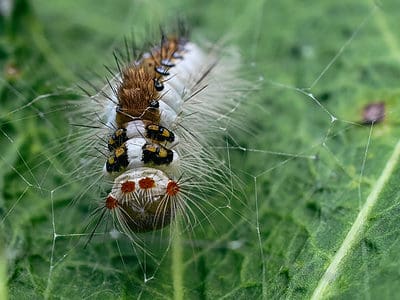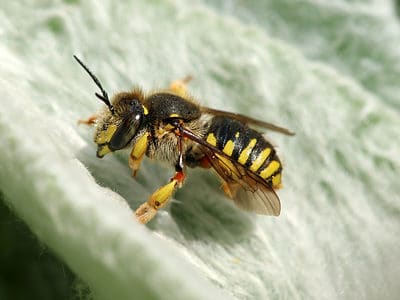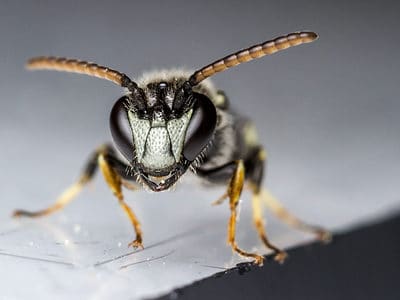Below you can find a complete list of South American animals. We currently track 576 animals in South America and are adding more every day!
South America is home to some of the most unique, and exotic animals in the world. From the dangerous to the nearly extinct, we’ve created a list of the most interesting animals on the continent and some of the most exciting facts about them.
The Official National Animal of South America
South America is a continent, and as such, it has no national animal. However, many of the countries within its borders have very prominent national animals that are worth mentioning. From exciting mammals to small omnivorous species, every country is incredibly proud of its individual mascot. For example, the national animal of Guatemala is the quetzal bird, while the national animal of Peru is the Vicuna, which is a type of llama.
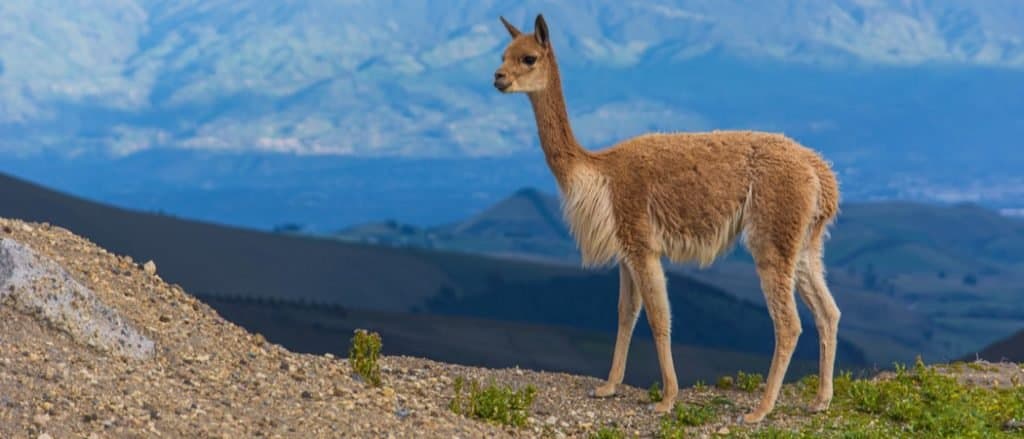
The Vicuna, a type of llama, is the national animal of Peru.
©ecuadorplanet/Shutterstock.com
Where to Find the Top Wild Animals in South America
Most of the animals in South America can be found either in the Amazon Rainforest or along the Andes mountains. If you’re looking for wildlife, you can generally check nearby wooded areas and expansive grasslands. Most animals like to have shelter and tree cover, but many of the local herbivores prefer to live in open plains where they can see predators approaching.
While Africa is the most popular continent to travel to for going on safaris, South America is also a destination that offers jungle safaris and other wildlife viewing options. Some of the best destinations to see diverse wildlife include the Galapagos Islands, Costa Rica, Brazil, Ecuador, and even Antarctica. Not only can you see interesting land mammals like sloths, jaguars, and llamas, but the oceans are teeming with manta rays, whales, and even rare pink dolphins.
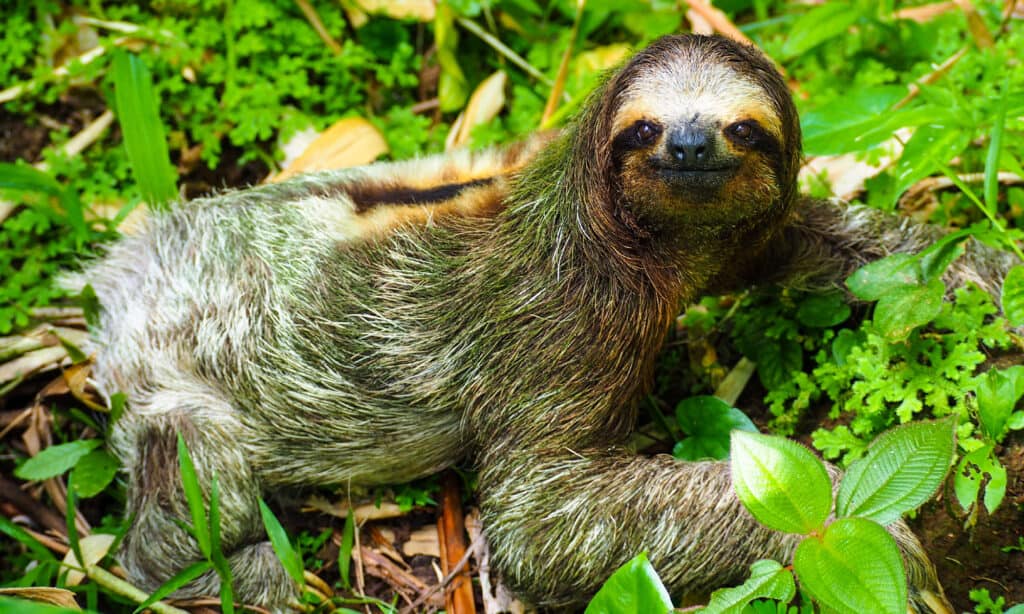
The sloth is a sluggish tree-dweller native to Central and South America.
©Kristel Segeren/Shutterstock.com
Here is a list of some of the most interesting types of wildlife on the continent and a few facts about them:
- Jaguar – The jaguar is the only panther that still exists in the Americas. You can find them in dense forests of all kinds across the continent; there have even been a few sightings within the borders of the United States.
- Capybara – Capybaras are extremely friendly creatures that socialize with all of the other animals in South America. You can usually find them exploring the rainforest, grazing in grasslands, or enjoying a nice soak in a local watering hole.
- Tamarin – From the red-handed tamarin to the golden lion tamarin, South America’s tamarin population is famous, notable, and adorable. You can find this small omnivorous species in jungles and tropical forests, especially if there is fruit, sunshine, and relative safety.
- Tapir – With their distinctive noses and friendly attitudes, tapirs are one of South America’s most iconic inhabitants. You can find tapirs roaming the continent’s many beautiful grasslands.
- Llama – Llamas have soft, fluffy fur and gregarious personalities. You can usually find llamas in mountainous areas, but they are also known to descend to slightly lower elevations to explore the grassy plains.
- Guinea Pig – The guinea pig is typically seen as a house pet, but you can also find herds of guinea pigs living happily in the Andes mountains and the surrounding areas.
- Sloth – Sloths can be found in the tallest and largest trees across the continent. Many sloths will never leave the tree in which they were born; tree-switching is rare and takes significant effort.
The Most Dangerous Animals in South America Today
South America’s jungles are known for being full of incredibly dangerous animals. Even small omnivorous creatures can turn on you with poisonous teeth and claws. In areas that humans inhabit, South American animals that seem to pose a large threat to are snakes. There are an estimated 70,000 cases of snake bites reported annually, with venomous pit vipers being responsible for 70-90% of them. The chief offenders are snakes like the fer-de-lance and the South American rattlesnake.
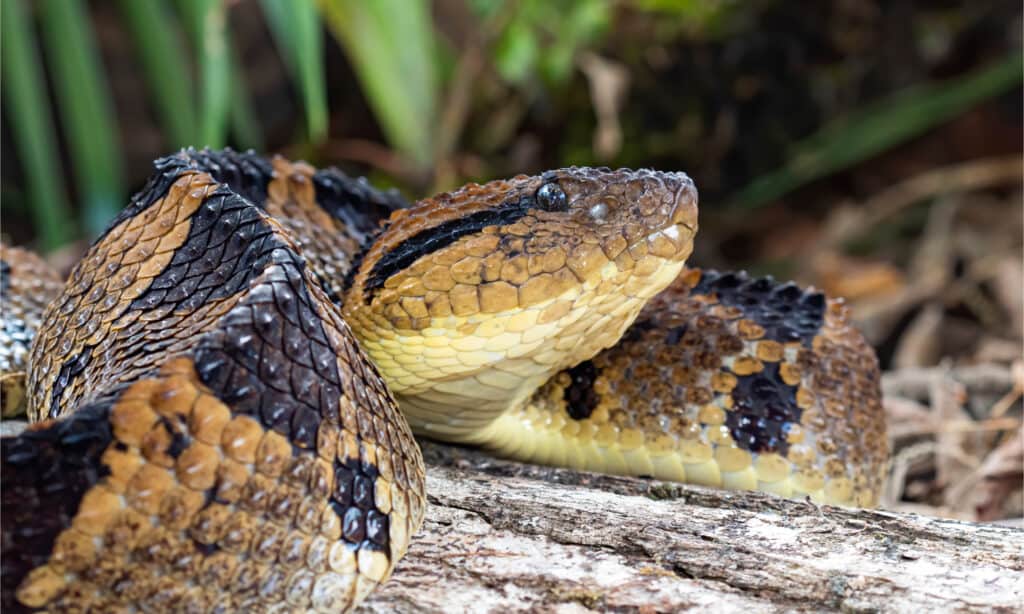
There’s a 7-9% mortality rate for humans bit by a Fer-de-lance snake who do not receive anti-venom.
©Jim Cumming/Shutterstock.com
But snakes are not the only animals to beware of in South America. Whether you’re traveling down an undeveloped road or simply out for nature observation, keep an eye out for the following list of rare and exotic wildlife:
- Green Anaconda – Although they are non-venomous, green anacondas are incredibly large and powerful constrictors that are capable of killing humans even when they are quite young. Give these snakes a wide berth, and they should have no reason to attack you.
- Poison Dart Frog – Poison dart frogs are so toxic that they aren’t safe to touch with bare hands. Resist the temptation to reach out and pet one of these adorable and brightly-colored amphibians.
- Bullet Ant – Getting bitten by a bullet ant won’t kill you, but the pain is excruciating and can last up to 24 hours.
- Black Caiman – Caiman lizards are large and effective predators that dwell deep in the Amazon Jungle. In particular, Black Caimans are responsible for most direct attacks on humans.
- Kissing Bug – Also known as vampire bugs, kissing bugs are an incredibly poisonous species that like to land on human faces and bite them near the lip. Kissing bugs might not kill you immediately, but their unique venom causes around 30% of their victims to develop chronic health problems that can result in sudden heart failure later down the line.
Endangered Animals in South America
South America is full of rare, unique, and exotic species that you can’t find anywhere else in the world. Unfortunately, due to a combination of climate change and human interference, more than 30% of species on the content are endangered or nearly extinct.
As of 2022, 361 animal species were registered as endangered on the IUCN Red List. A whopping 326 of those species inhabit Brazil. Two main reasons are illegal hunting and forest fires. Also, the largest savannah area in South America, referred to as the “Cerrado,” stretches across Brazil, Bolivia, and Paraguay, and is inhabited by 837 species of birds, 120 reptiles, 150 amphibians, 1,200 fish, 90,000 insects, and 199 mammals. Because the Cerrado is vanishing due to cattle ranching and agricultural expansion, multiple species have come under threat of extinction like the maned wolf, jaguar, giant anteater, and gain armadillo. The maned wolf, whose habitat is the Cerrado, is under threat of extinction due to habitat loss. ©JWKS Photomancy/Shutterstock.com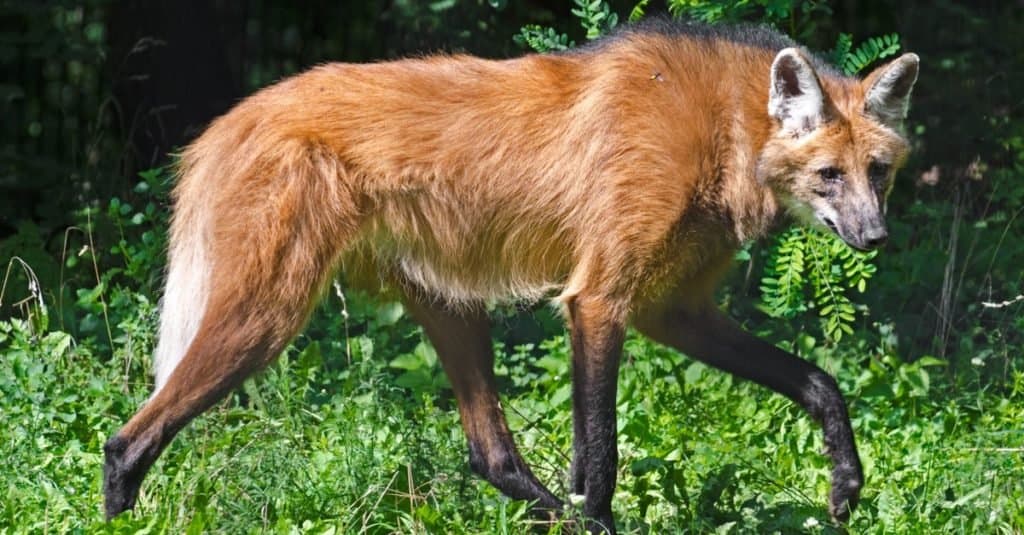
Here are just a few facts about some of South America’s struggling animals:
- Orinoco Crocodile – Orinoco crocodiles are some of the largest predators on the continent. However, because they were so heavily hunted for their leather in the 1900s, the population of this species is below 500.
- Lemur Leaf Frog – Lemur leaf frogs are adorable and friendly rainforest inhabitants. Unfortunately, a disease outbreak in the 2010s reduced their numbers by over 80%, putting this species at serious risk.
- Giant Otter – Giant otters live in rivers of the Amazon Jungle, but their population numbers have dropped steadily over the last few decades. Today, the species is preserved in Peru’s many national parks.
- Black Squirrel Monkey – Due to habitat loss, many squirrel monkeys have been forced to dine on local crops and end up falling victim to pesticides. This problem has made the species endangered far more quickly than local residents expected.
- Pink Amazon Dolphin – Also known as the Amazon river dolphin, these distinctly pink-colored porpoises are rare but important to the local ecosystem. Population numbers are hard to estimate but have been noted to be dwindling.
- Jaguar – Jaguars are endangered for a variety of reasons, including loss of habitat and deliberate poaching. These animals were naturally low in numbers and are nearly extinct in the modern day.
The 5 Rarest South American Animals
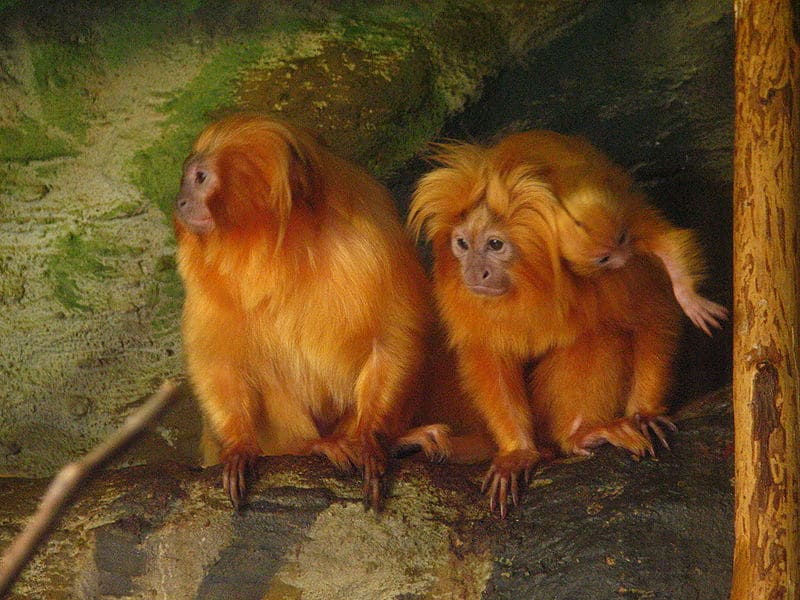
The Golden
Lion
Tamarin is an endangered New World monkey native to Brazil.
If you were to take a trip to South America, we’ve compiled a list of animals that would be worth your efforts to try and catch a glimpse of in the wild. However, it’d be a challenging task, as these animals are rare, either because they are endangered or just plain elusive.
- Galapagos Tortoise: This endangered species once numbered around 250,000 when Charles Darwin famously visited the islands. But by the 1970s their numbers had dwindled to 3000 because of their meat and oils and fats. Invasive species like rats also struck a blow to their populations. You have a good chance of seeing one if you travel to the Galapagos Islands.
- Golden Lion Tamarin: This endangered New World monkey, also called the golden marmoset, is native to the Atlantic coastal forests of Brazil. Spotting one of these adorable creatures in the wild would be a rare treat.
- Amazon River Dolphin: One of the rarest and most beautiful sea creatures found in South America is this pink-colored river dolphin, which inhabits the Orinoco and Amazon basins, as well as the upper Madeira River in Bolivia.
- Margay: It’s a small, solitary wild cat that lives a nocturnal lifestyle in evergreen and deciduous forests of Central and South America. They were illegally hunted till the 1990s, which greatly decreased their numbers. This animal would be rare to see in the wild, but worth it.
- Maned Wolf: While neither a fox nor a wolf, the maned wolf has features of both animals. It’s a wild dog species that inhabits open and semi-open areas such as the Cerrado.
The 5 Largest South American Animals
While no land animal compares in size to the elephant, there are some South American animals that make the list for their height, length, and bulk. Here’s a look at the five largest South American animals:
- Jaguar: With a length of up to 6 ft and a max weight of 348 lbs, the Jaguar is the largest wild cat in the Americas and the third largest cat in the world. It sports a beautiful yellow coat covered in rosettes that helps it hide in jungle vegetation, while some jaguars are pure black in color.
- Caiman: While this reptile is not as big as the standard alligator or crocodile, it does compete for the top prize of the largest animal in South America with a length of 16-20 feet and a weight of 13-88 pounds. Caimans inhabit the rivers, lakes, swamps, marshes, and mangroves of Argentina, Bolivia, Brazil, Paraguay, Peru, and Uruguay.
- Andean Condor: This bird is not only the largest in South America but the biggest flying bird and bird of prey in the world! Its wingspan is a maximum of 10’10” wide and its max weight is 33 lbs. It’s the national bird of Bolivia, and also inhabits Peru, Chile, Argentina, and Columbia.
- Tapir: Besides taking the top prize as the largest land mammal in South America, the tapir is also one of the oldest living mammals, its origins dating back to the Eocene Epoch, from 56 to 33.9 million years ago. Its height can reach to nearly 4 feet and its weight is up to 700 pounds. This unique animal looks like a cross between a pig, rhino, and horse, and sports a long proboscis.
- Capybara: The capybara is the largest rodent species on earth, having a max weight of 154 lbs and a max height of 2 ft. Related to guinea pigs, capybaras are social animals that live in groups of up to 100 in areas like swamps, rivers, ponds, and lakes. They are not semi-aquatic but are excellent swimmers.
Honorable mention: Hippopotamus
The hippo is not native to South America, but rather to Africa. But Pablo Escobar had a set of four imported to his compound in Colombia during his reign, and now there are up to 120 hippos in that country, some of which have wandered up to 230 miles from his compound, where most still reside on or near. Scientists have warned that by 2034, there could be as many as 1,400 hippos, which could pose a threat to manatees and other fish species. Hippos can grow up to 16 feet long, weigh up to 4.5 tons, and sport teeth measuring 20 inches long.
South American Countries Animals Lists
Click any of the countries below to see a detailed list of animals located in that country!
South American Animals
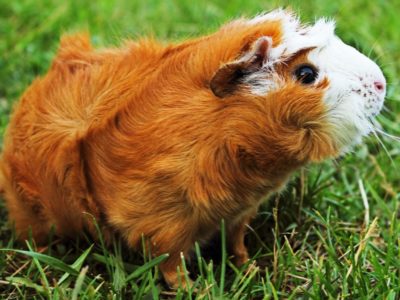
Abyssinian Guinea Pig
They are one of the oldest breeds of guinea pig
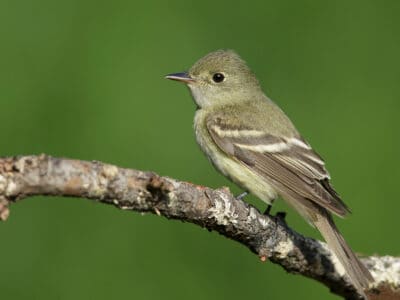
Acadian Flycatcher
Their nests are sloppily held together and have an abandoned appearance
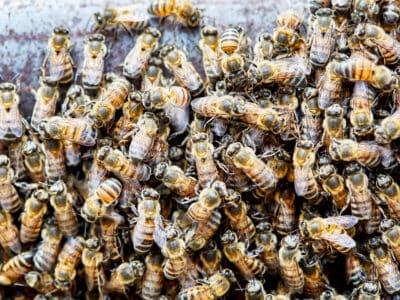
Africanized bee (killer bee)
Will chase intruders up to a quarter mile from their hives
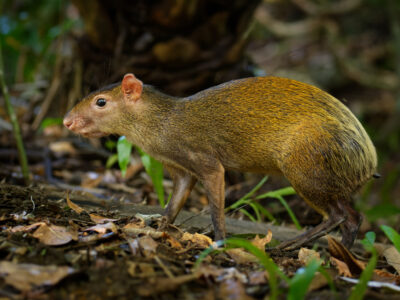
Agouti
The agouti is one of the only animals that can crack open Brazil nut pods!

Albatross
The largest wingspan of any bird in the world!
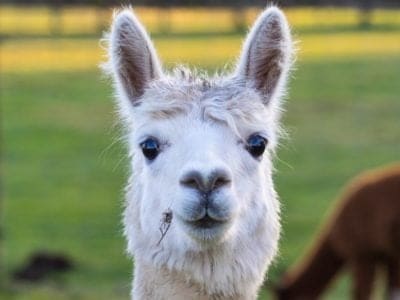
Alpaca
They can spit up to 10 feet.
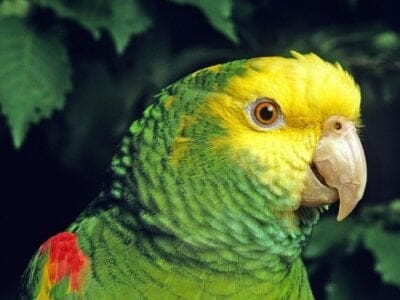
Amazon Parrot
These parrots can be trained to be "talking birds" that mimic human speech
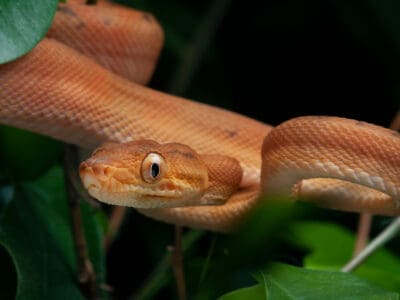
Amazon Tree Boa
Amazon tree boas come in a rainbow of colors.
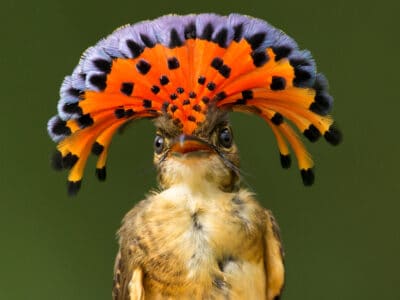
Amazonian Royal Flycatcher
They use their bright royal-looking crests during mating season
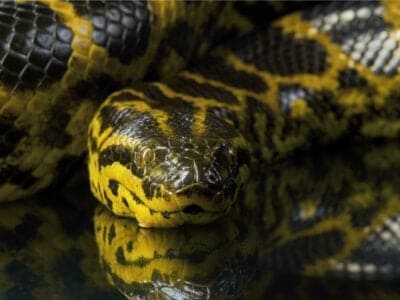
Anaconda
They are the heaviest snake in the world
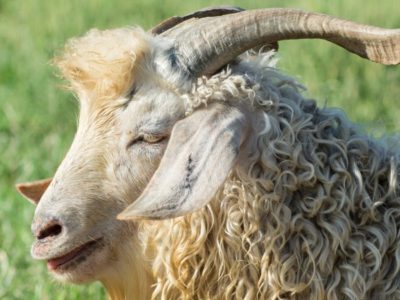
Angora Goat
Each adult Angora goat produces about 12 inches of mohair annually while kids have about 8 inches.
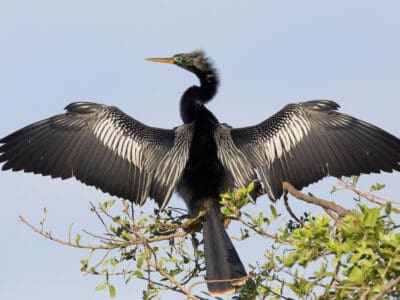
Anhinga
Their name means snake bird
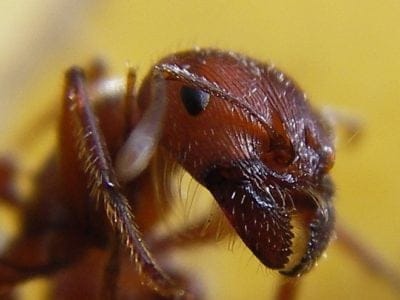
Ant
First evolved 100 million years ago!
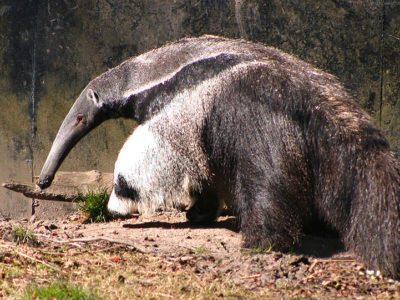
Anteater
Has the longest tongue of any animal in relation to its body size!
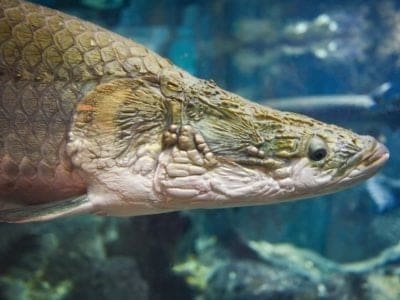
Arapaima
One of the largest freshwater fish
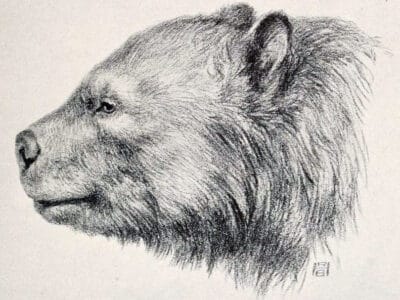
Arctotherium
The first fossil from the genus Arctotherium was discovered back in 1852.
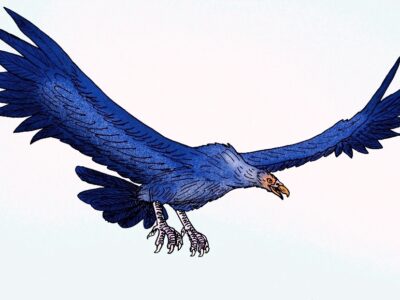
Argentavis Magnificens
The Argentavis Magnificens was the heaviest flight bird to ever exist
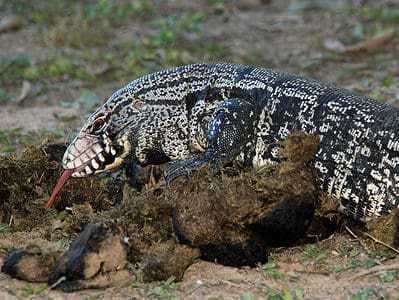
Argentine Black and White Tegu
giant lizard kept as pets

Argentinosaurus
The Argentinosaurus weighed as much as 10 elephants!
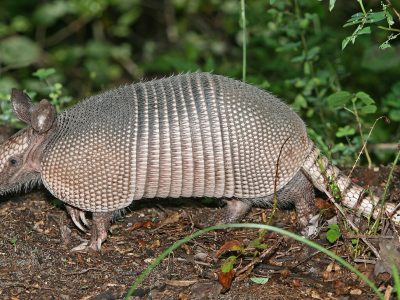
Armadillo
Can curl into a hard, protective ball!
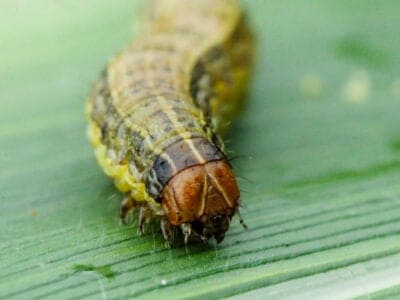
Armyworm
They are so named because they "march" in armies of worms from one crop to another in search of food
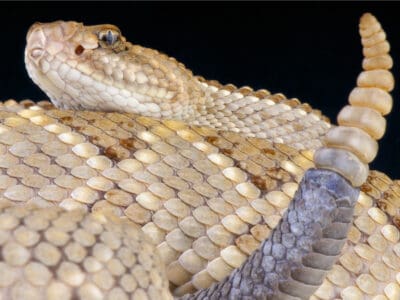
Aruba Rattlesnake
This rattlesnake only lives on the island of Aruba.
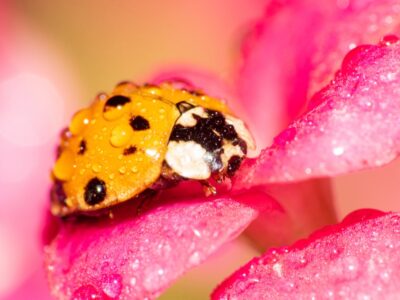
Asian Lady Beetle
Asian lady beetles infest indoor spaces, but they do not reproduce indoors.
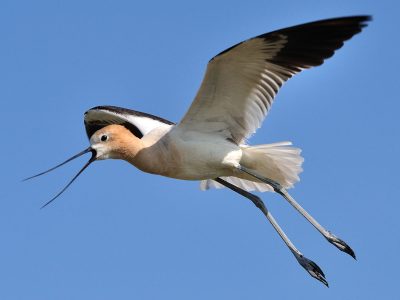
Avocet
Has a curved, upturned beak!
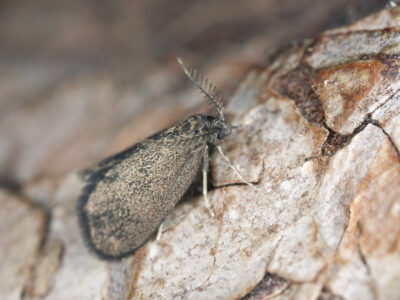
Bagworm Moth
There are approximately 1350 species in the bagworm moth family (Psychidae), which forms part of the order Lepidoptera.
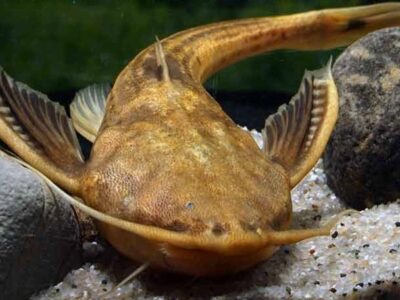
Banjo Catfish
The banjo catfish is extremely shy and known for hiding from onlookers.
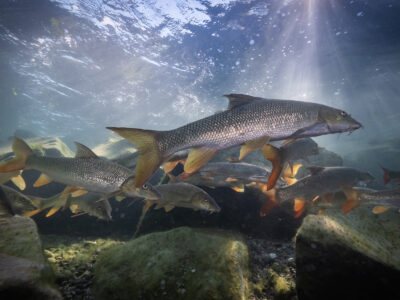
Barb
There are over 1768 known species!

Barinasuchus
Largest terrestrial predator of the Cenozoic era
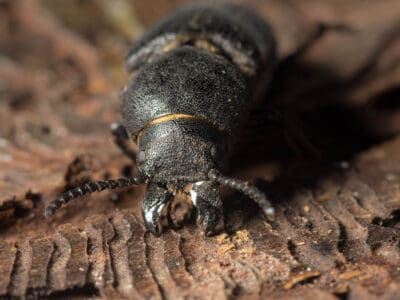
Bark Beetle
Not all bark beetles feed on a tree's bark. Some species feed on fruits, seeds, and other parts of the plant
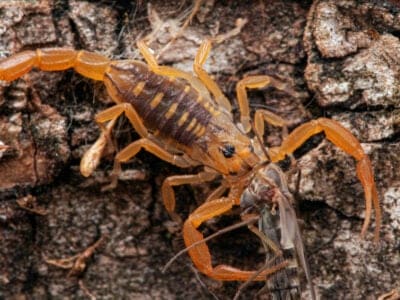
Bark Scorpion
Glow under UV light

Barn Owl
Found everywhere around the world!
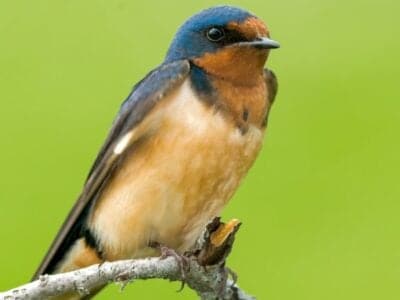
Barn Swallow
Older offspring help care for new hatchlings.
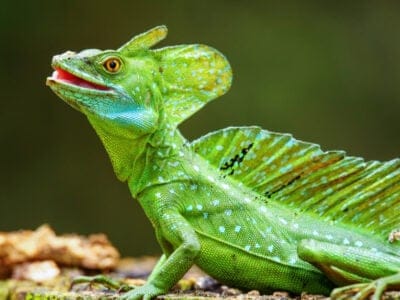
Basilisk Lizard
Can run/walk on water.
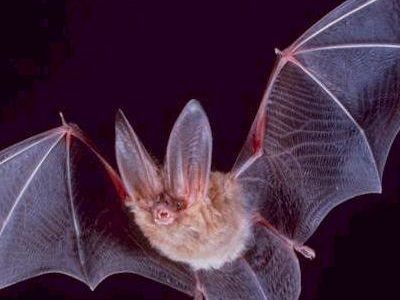
Bat
Detects prey using echolocation!
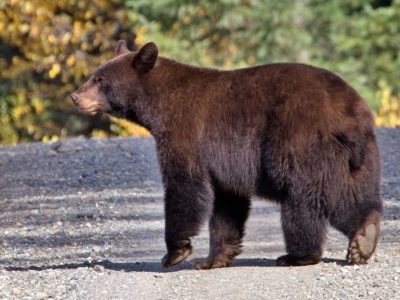
Bear
There are 8 different species!
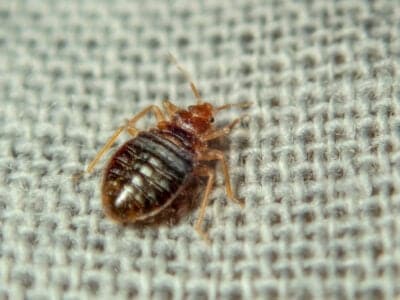
Bed Bugs
Bed bugs feed for 4-12 minutes.
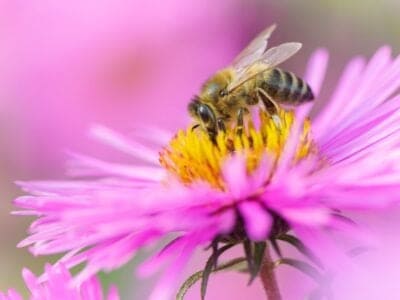
Bee
Rock paintings of bees date back 15,000 years
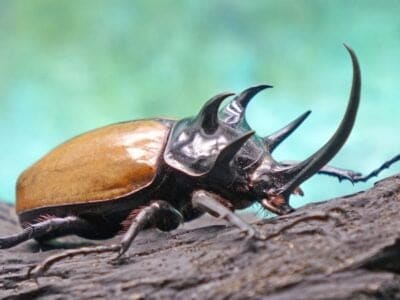
Beetle
There are more than 350,000 different species
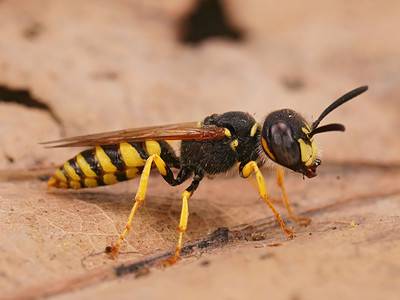
Beewolf wasp
They hunt bees
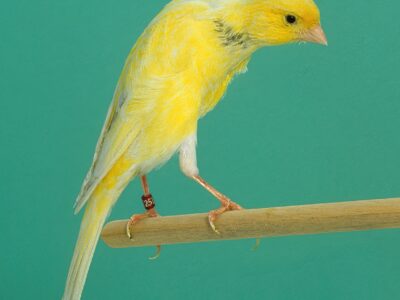
Belgian Canary
The Belgian canary is one of the oldest and most influential in its genus.
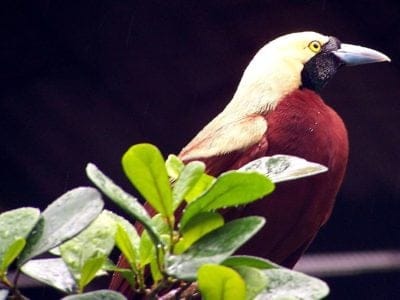
Bird
Not all birds are able to fly!
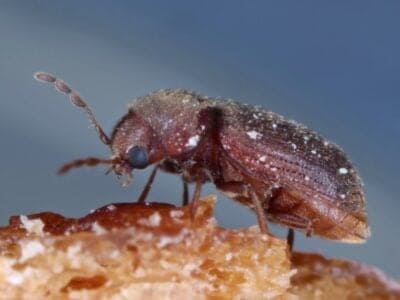
Biscuit Beetle
The biscuit beetle form a symbiotic relationship with yeast
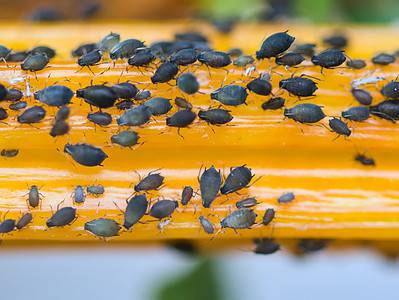
Black Aphids
One of the most destructive pests in the world
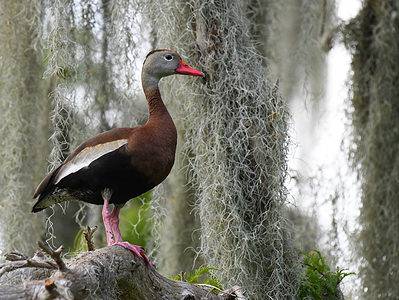
Black-Bellied Whistling Duck
They have bright pink bills.
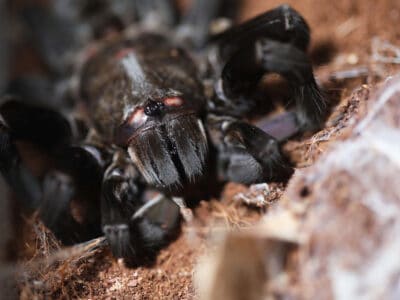
Black Tarantula
They can grow to be 7 inches long!
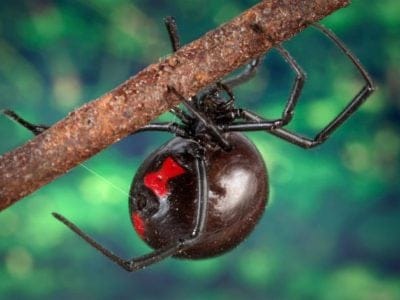
Black Widow Spider
They typically prey on insects!
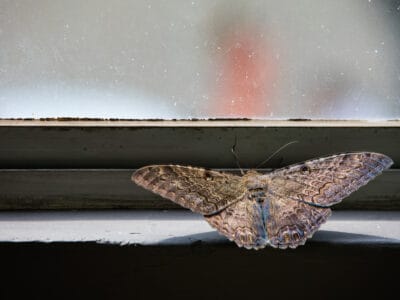
Black Witch Moth
Some folklore associate Black Witch Moths with bad luck (and even death!), while other associates them with good fortune.
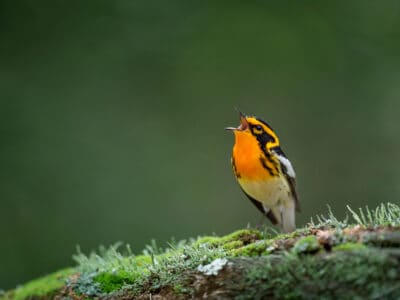
Blackburnian Warbler
They are the only songbird in North America with an orange throat!
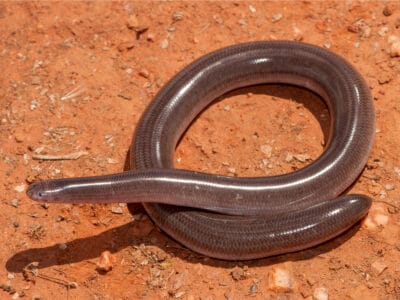
Blind Snake
The blind snake is often mistaken for a worm.
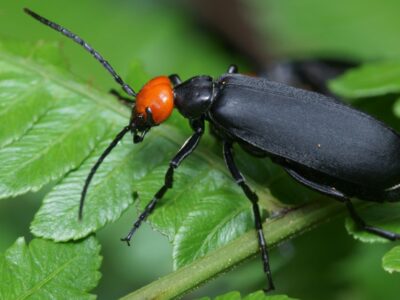
Blister Beetle
Blister beetles release a toxic fluid that causes blistering when they're threatened.
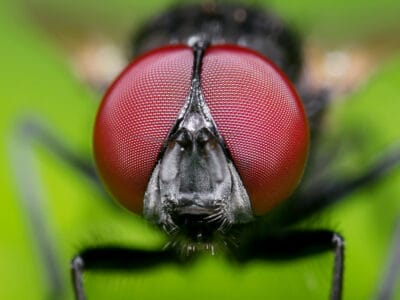
Blowfly
Can smell rotting carcasses up to one mile away
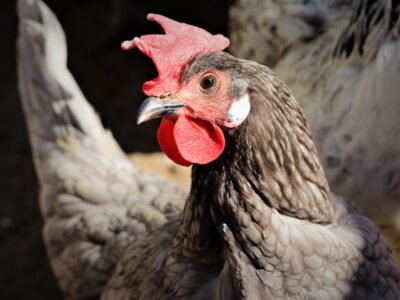
Blue Andalusian
Blue Andalusian chickens are a classic example used to teach students about genetics!
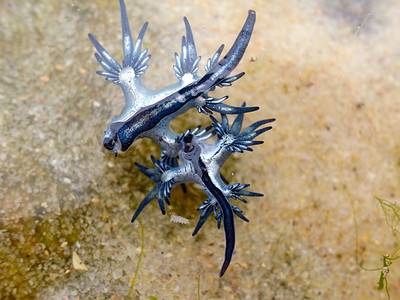
Blue Dragon Sea Slug
They inflict a painful, venomous sting
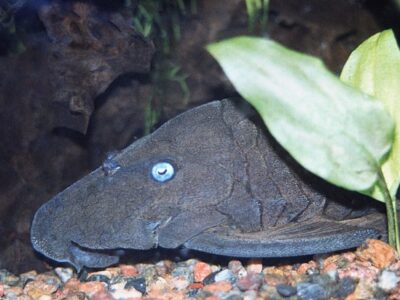
Blue Eyed Pleco
Can live safely with many types of fish.
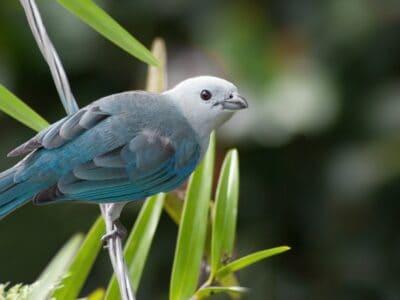
Blue Tanager (Blue-Grey Tanager)
They travel and forage in pairs or groups
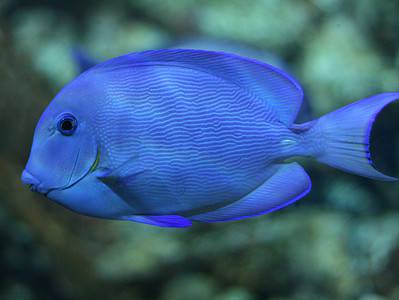
Blue Tang
One of the most colorful members of the genus Acanthurus
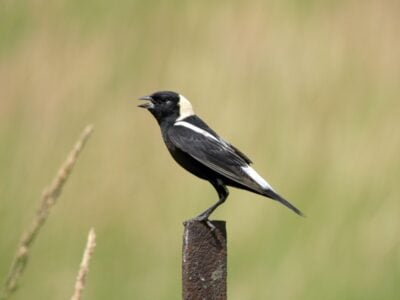
Bobolink
In spring, the male bobolink is the only North American bird who is dark below and light colored above. This makes identification easy.
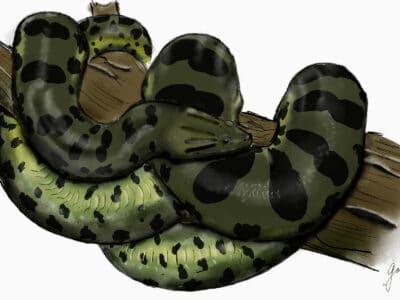
Bolivian Anaconda
This is a newly described species! In 2002, scientists realized they had a different species in Bolivia.
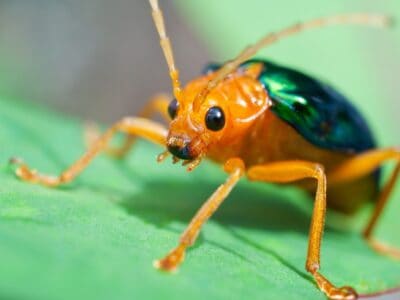
Bombardier Beetle
Spray a noxious solution from their abdomens
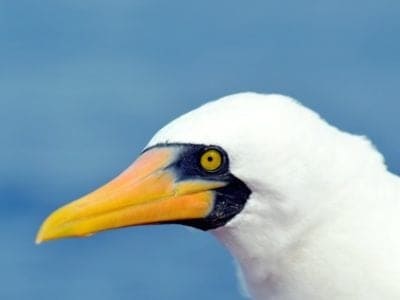
Booby
Seabirds found across the South Pacific!
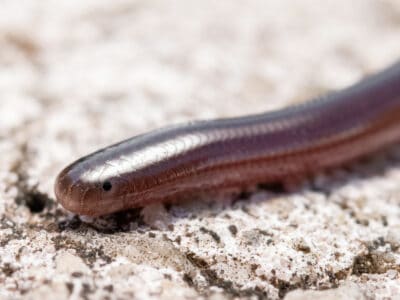
Brahminy Blindsnake
These snakes have been introduced to all continents, except Antarctica!
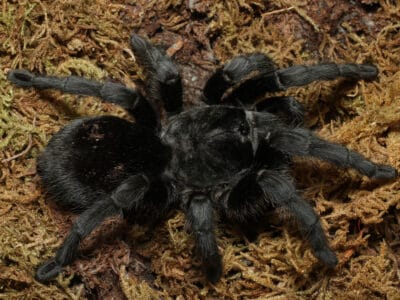
Brazilian Black Tarantula
They seem to move in slow motion.

Brazilian Terrier
Small body and tri-coloured coat!
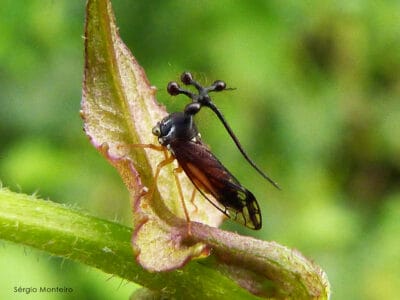
Brazilian Treehopper
“Mild-Mannered Minimonsters”
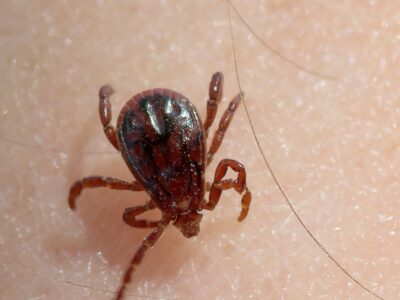
Brown Dog Tick
Can live its entire life indoors
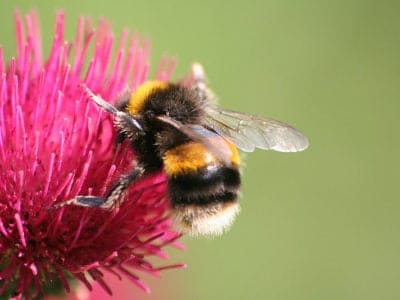
Bumblebee
The most common species of bee!
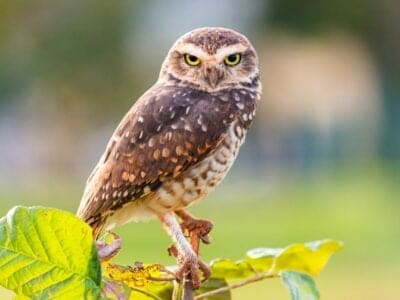
Burrowing Owl
The burrowing owl lives in underground burrows
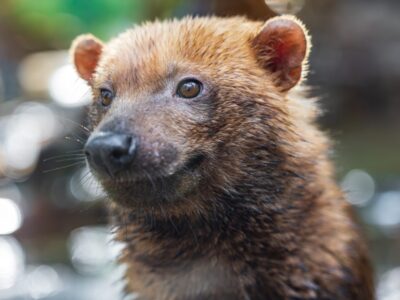
Bush Dog
Bush dogs have webbed toes to help them swim.
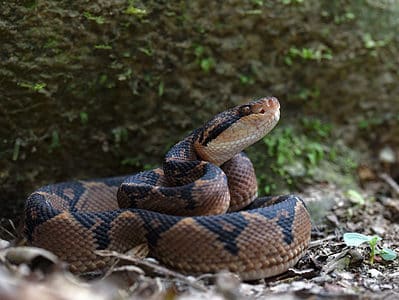
Bushmaster Snake
The bushmaster’s scientific name means “silent death.”
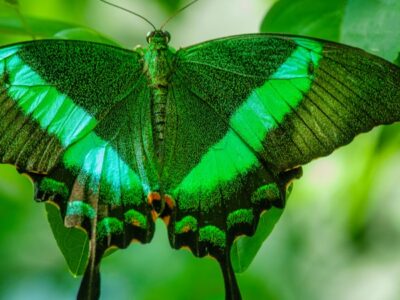
Butterfly
There are thought to be up 17,500 species!
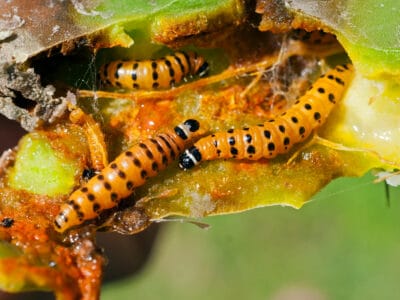
Cactus Moth
Cactus moths can cause serious damage to cacti in locations where they have no predators.
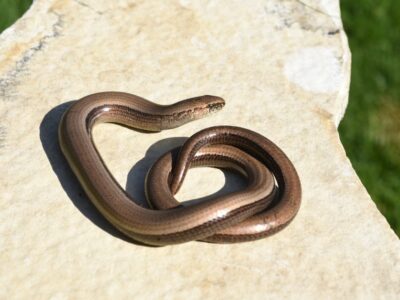
Caecilian
Some species' babies use their hooked or scraper-like teeth to peel off and eat their mother's skin
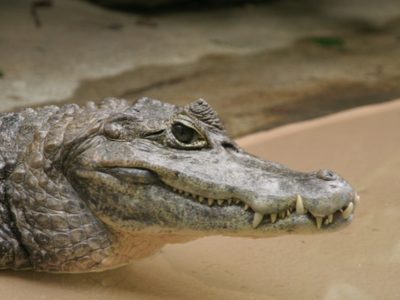
Caiman
Can grow to up 6 meters long!
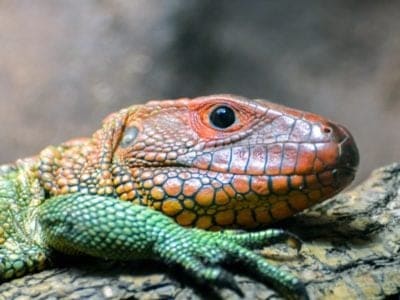
Caiman Lizard
Caiman lizards are among the largest lizards.
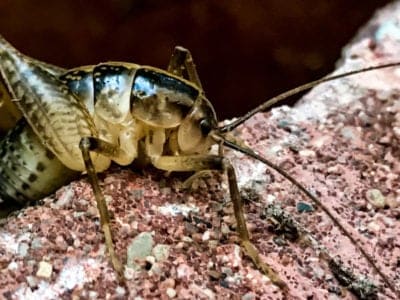
Camel Cricket
The camel crickets that are found in the USA are light brown in color. They also have dark streaks all over their body.
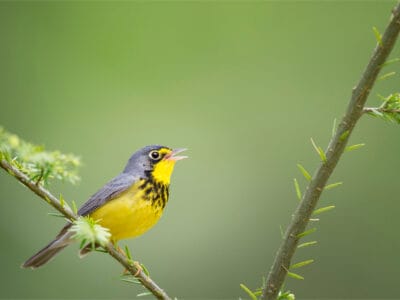
Canada Warbler
These birds travel more than 3,000 miles during migration!
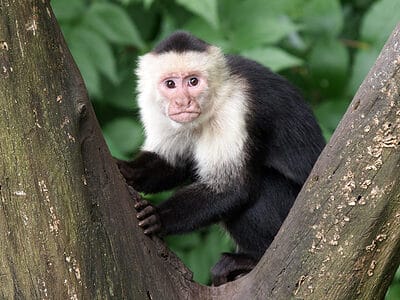
Capuchin
Named after Capuchin friars.
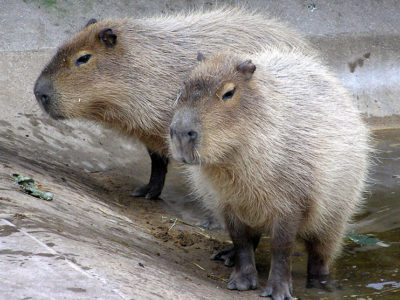
Capybara
Excellent at both diving and swimming
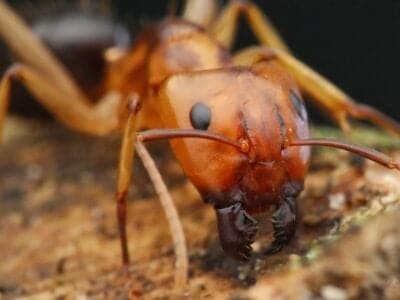
Carpenter Ant
Carpenter ants can lift up to seven times their own weight with their teeth!
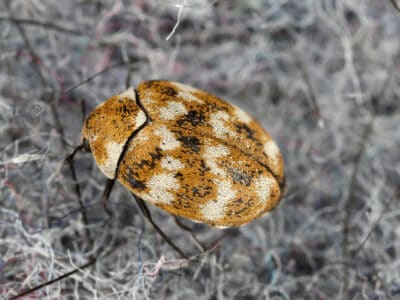
Carpet Beetle
Carpet beetles eat different animal and plant-based products, depending on what stage of their lifecycle they are in; these foods include pollen, flour, wool, and fur.
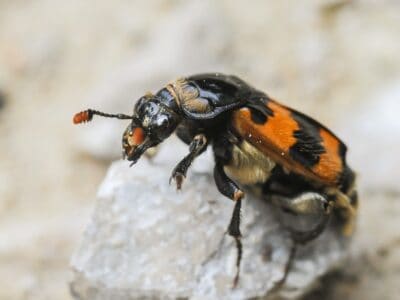
Carrion Beetle
Carrion beetles' diets depend on the specie. Some eat decaying carcasses, while others scavenge in decaying plant matter and dung.
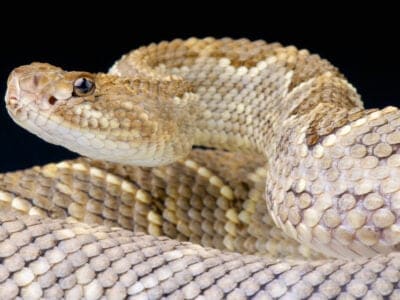
Cascabel
Cascabels rely on their camouflage first, and rattle if that doesn't work.

Cat
May have been domesticated up to 10,000 years ago.
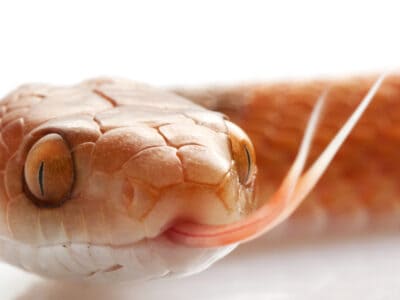
Cat-Eyed Snake
Evidence indicates that females can delay fertilization and store sperm for later years to produce eggs even in the absence of contact with a male!
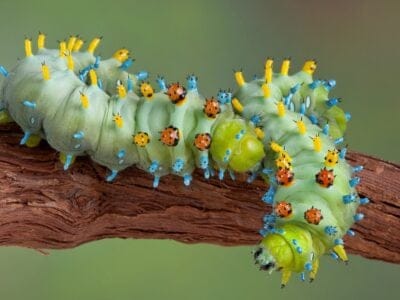
Caterpillar
The larvae of a moth or butterfly!
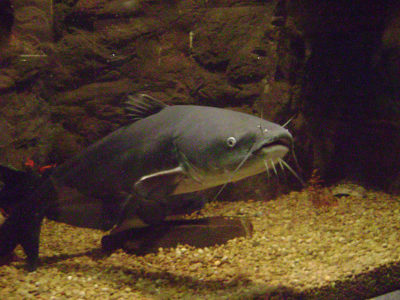
Catfish
There are nearly 3,000 different species!
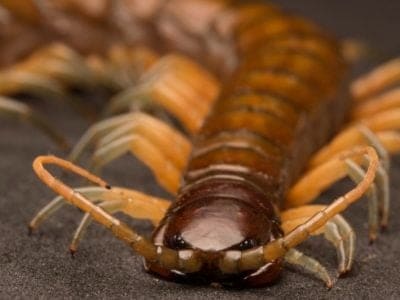
Centipede
There are about 3,000 documented species!
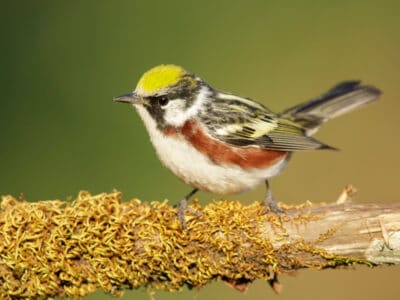
Chestnut-Sided Warbler
They inhabit regrowing forests

Chicken
First domesticated more than 10,000 years ago!
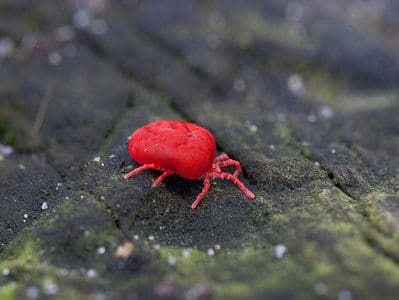
Chigger
Surviving on the skin cells of humans and animals
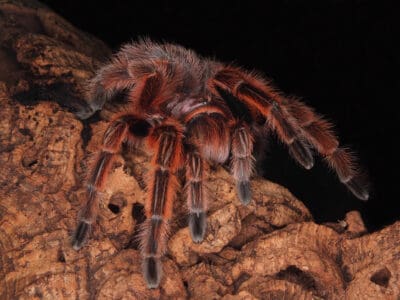
Chilean Rose Tarantula
They can cling to the side of an aquarium.
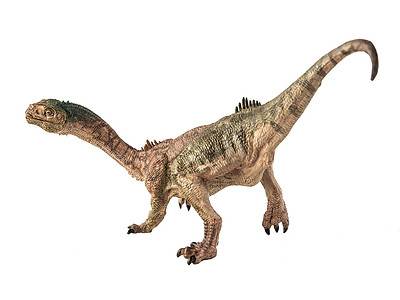
Chilesaurus
Shared traits from several dinosaur groups
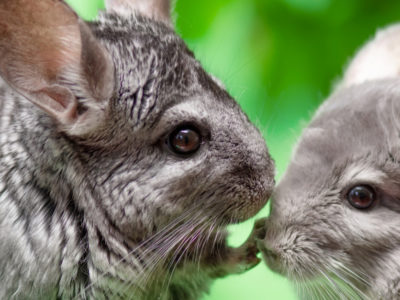
Chinchilla
Natively found in the Andes Mountain range!
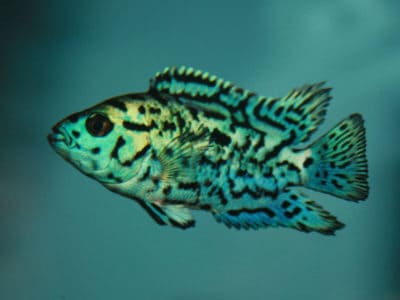
Cichlid
There are more than 2 000 known species!
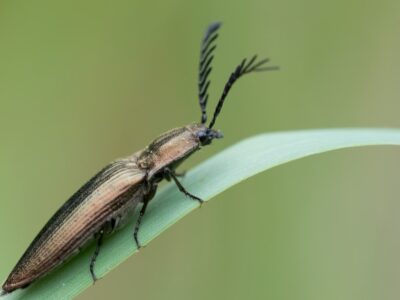
Click Beetle
Click beetles are named for the clicking noise they make to escape predators.
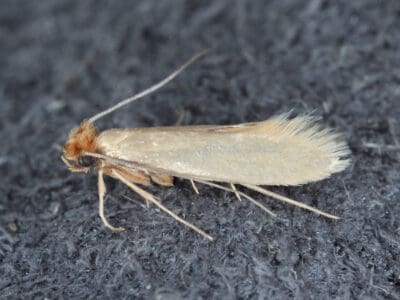
Clothes Moth
Clothes Moths can remain in the larvae stage for up to 2 years, but adults only live 10 days.
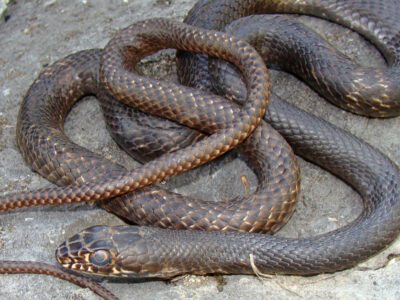
Coachwhip Snake
Coachwhip snakes pose little danger to people
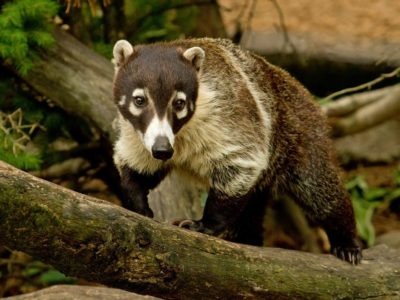
Coati
Found in dense forests and wet jungles!
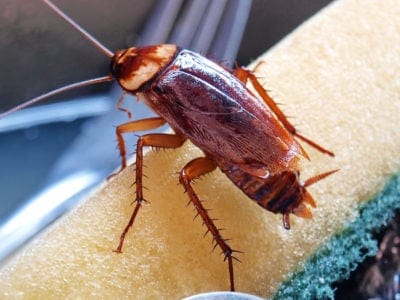
Cockroach
Dated to be around 300 million years old!
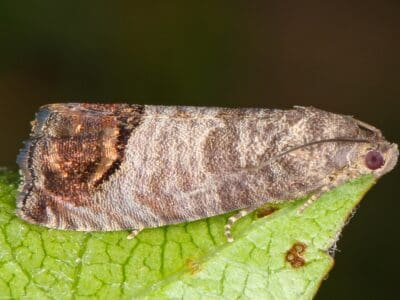
Codling Moth
Pupae are able to undergo diapause to survive poor fruit yield years and winter.
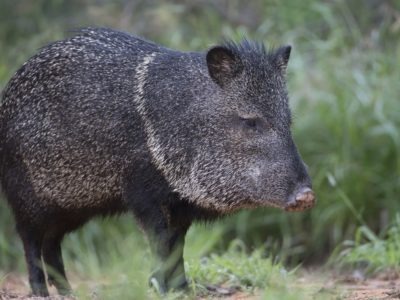
Collared Peccary
Form bands of up to 12 individuals!
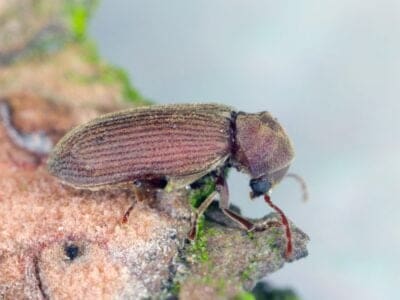
Common Furniture Beetle
The common furniture beetle feeds exclusively on wood
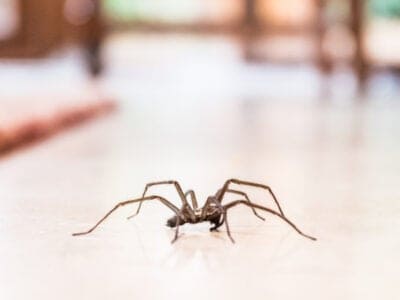
Common House Spider
House spiders have the ability to eat most insects in a home.
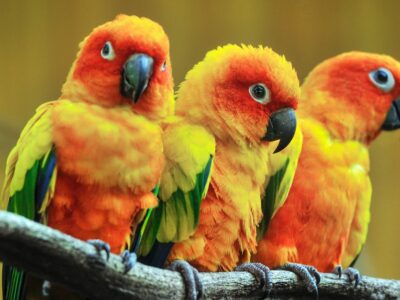
Conure
They are intelligent and noisy, often mimicking sounds and learning vocabulary.
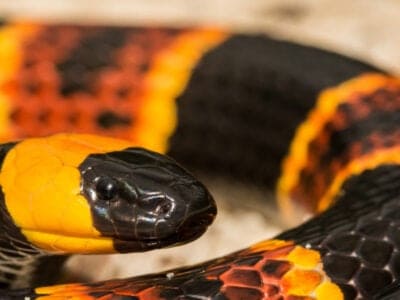
Coral Snake
There are over 80 species of coral snake worldwide.
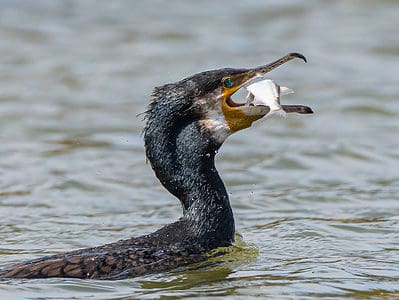
Cormorant
They can fly 35 mph and dive 150 feet below water.
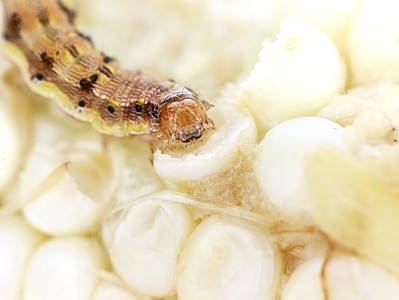
Corn Earworm
The corn earworm is capable of devouring an entire crop in just a few days

Cory Catfish
All Cory Catfish have three pairs of barbels around their mouth that they use to detect food.
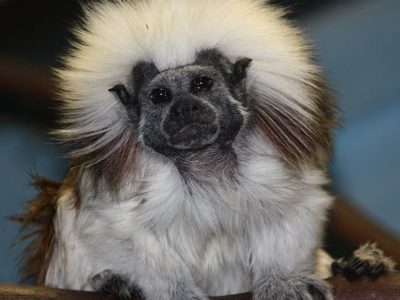
Cotton-top Tamarin
Found in tropical forest edges!
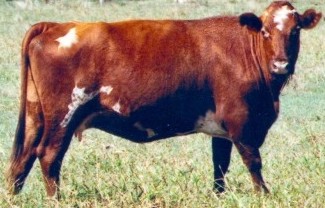
Cow
There are nearly 1.5 billion worldwide!
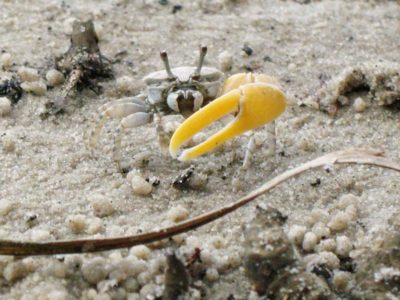
Crab
There are 93 different crab groups
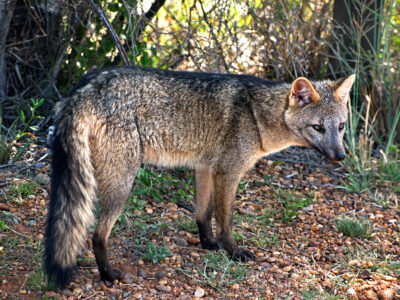
Crab-Eating Fox
The crab-eating fox is extremely adaptable, living in all sorts of habitats and eating almost any available food.
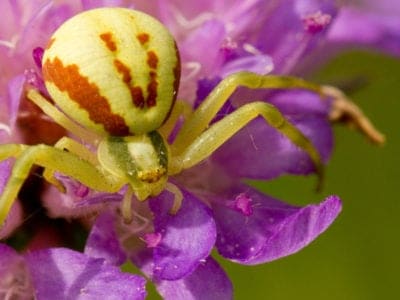
Crab Spider
Crab Spiders can mimic ants or bird droppings
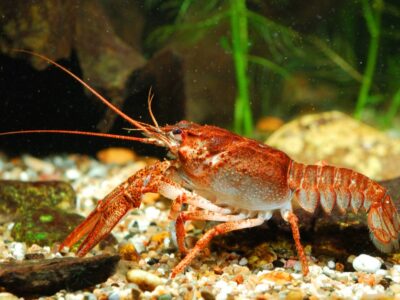
Crayfish
Female crayfish aren't that maternal; they have to secrete a form of pheromone, referred to as maternal pheromones, that encourages them to take care of their offspring and prevents them from eating their young.
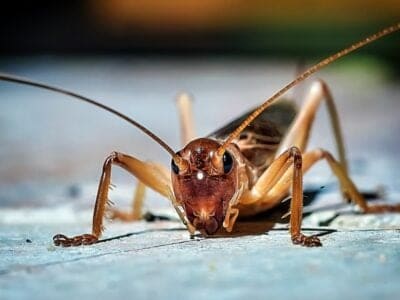
Cricket
Male crickets can produce sounds by rubbing their wings together
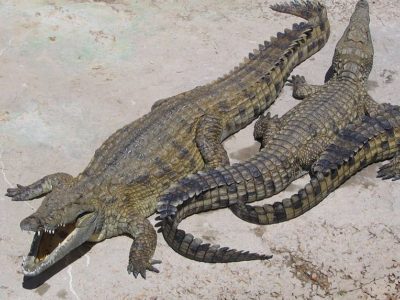
Crocodile
Have changed little in 200 million years!
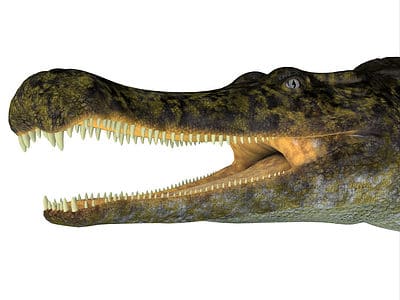
Crocodylomorph
Crocodylomorphs include extinct ancient species as well as 26 living species today.
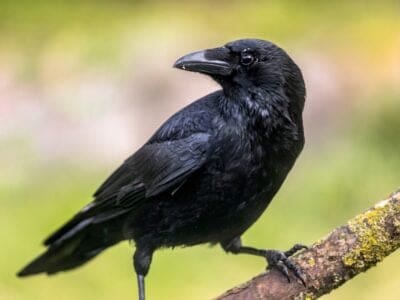
Crow
A group of these birds is called a Murder.
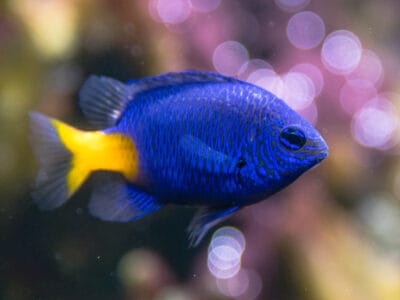
Damselfish
Damselfish belong to the family Pomacentridae
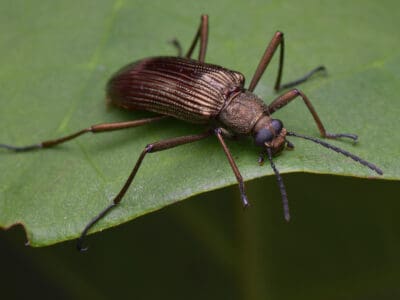
Darkling Beetle
Darkling Beetles have segmented antennae. Each one is divided into eleven segments.
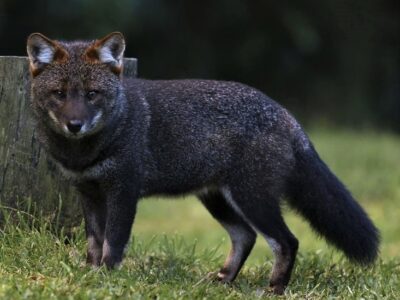
Darwin’s fox
It’s not a “true fox.”
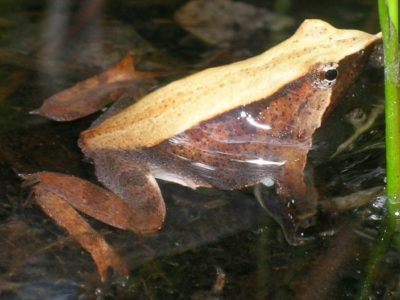
Darwin’s Frog
Camouflages itself as a dead leaf!
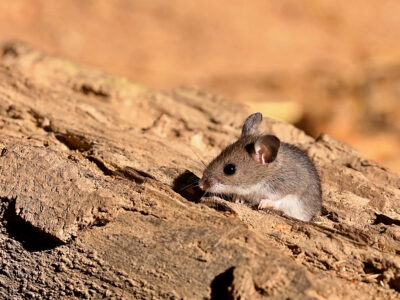
Deer Mouse
Roughly 60 different species of deer mice range from Canada to Central America!
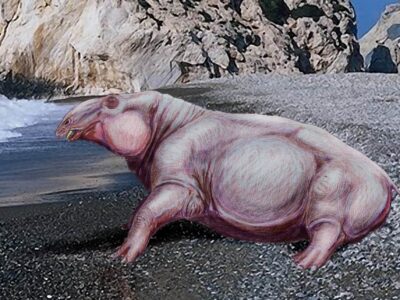
Desmostylus
Desmostylus has no living descendant.
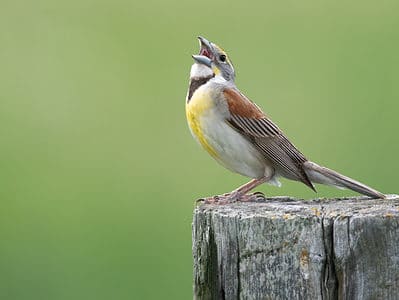
Dickcissel
They have a unique call that they are named for.
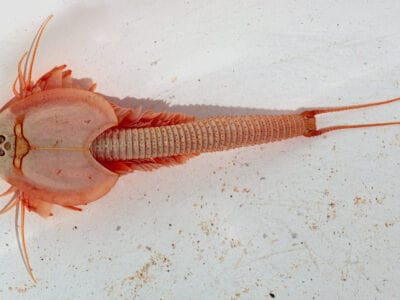
Dinosaur Shrimp
These "shrimp" evolved to survive very harsh climates, which is one reason they have been able to live so long.
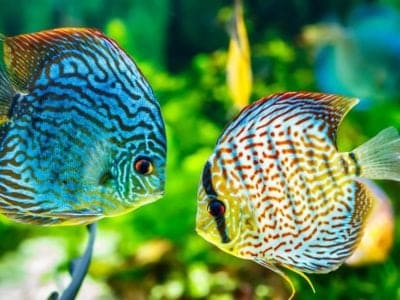
Discus
One of the only schooling Cichlids!
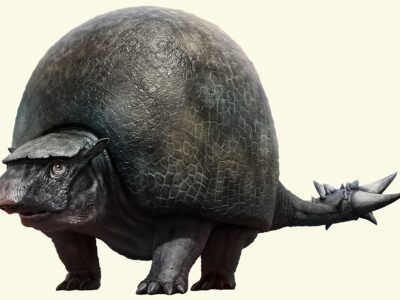
Doedicurus
Deodicurus was one of the largest glyptodonts to have ever lived.

Dog
First domesticated in South-East Asia!
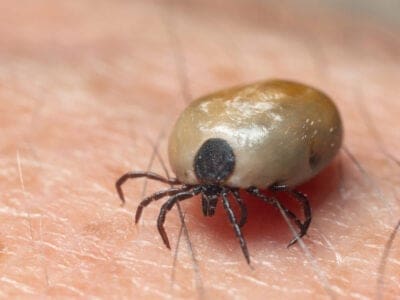
Dog Tick
Dog ticks feed on dogs and other mammals

Dogo Argentino
Loyal and affectionate to their family!
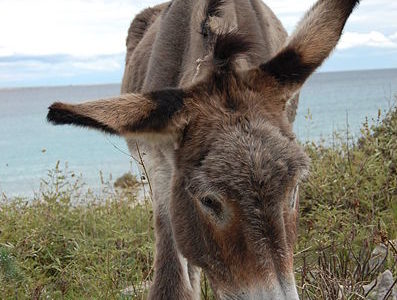
Donkey
First domesticated 5,000 years ago!
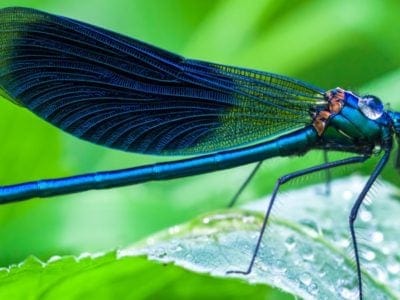
Dragonfly
It's larvae are carnivorous!
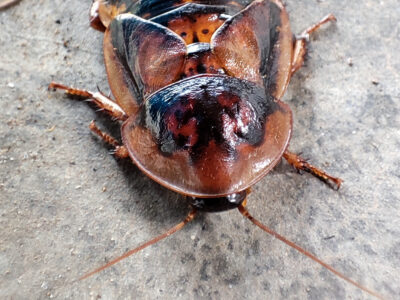
Dubia Cockroach
The most popular species of feeder roach

Duck
Rows of tiny plates line their teeth!
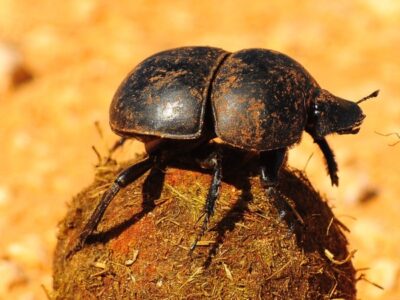
Dung Beetle
The dung beetle can push objects many times its own weight

Dusky Shark
The Dusky Shark sometimes eats trash discarded by humans.
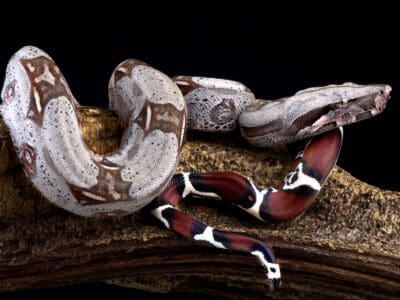
Dwarf Boa
Some species can change color from dark to light, and back again.
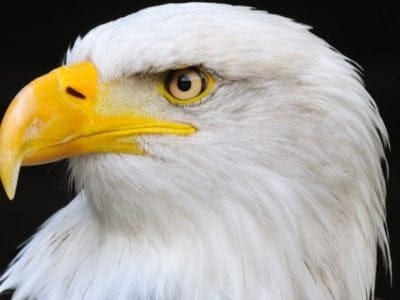
Eagle
Has exceptional eyesight!
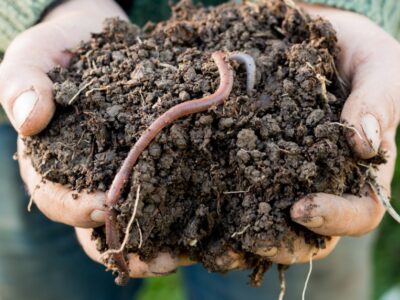
Earthworm
They are hermaphrodites, which means they have male and female organs
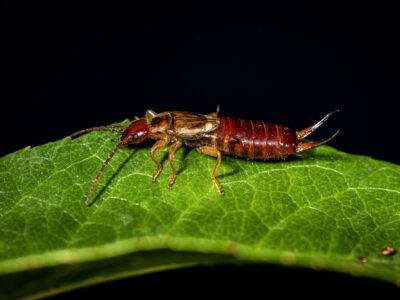
Earwig
There are nearly 2,000 different species!
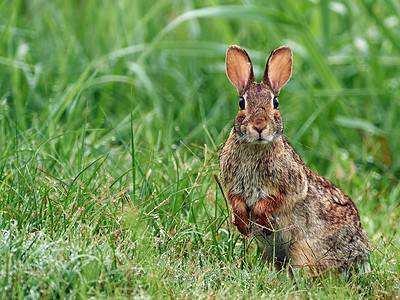
Eastern Cottontail
Can run up to 18 miles per hour
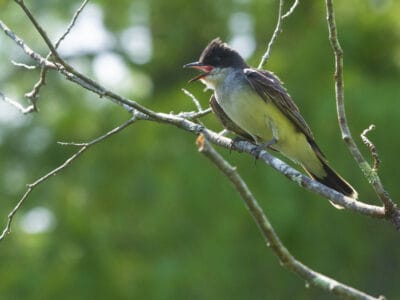
Eastern Kingbird
The eastern kingbird is a fierce fighter once known as the butcher king!
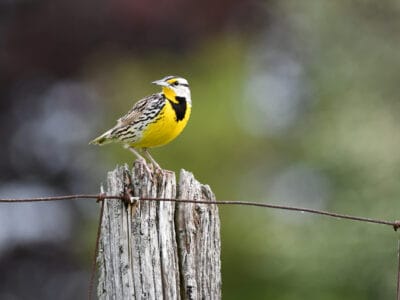
Eastern Meadowlark
They can live up to 9 years.

Eel
Eels can be a mere few inches long to 13 feet!
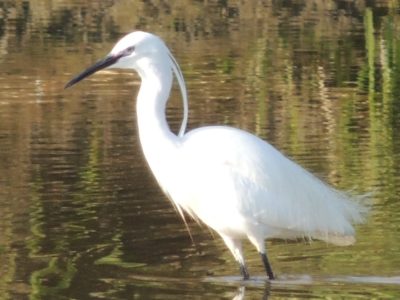
Egret
Most species are relatively vocal, making harsh croaking sounds and squeals.

Electric Eel
Despite its powerful shock, electric eels have terrible vision.
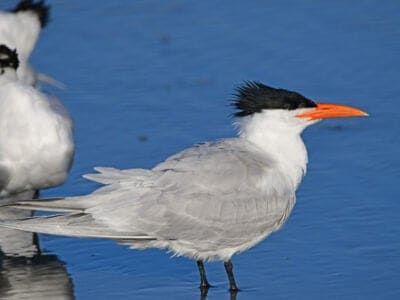
Elegant Tern
Have a lifespan of 20 years or more
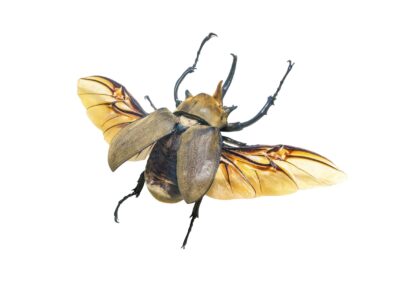
Elephant Beetle
The males have multiple horns at the front of their bodies.
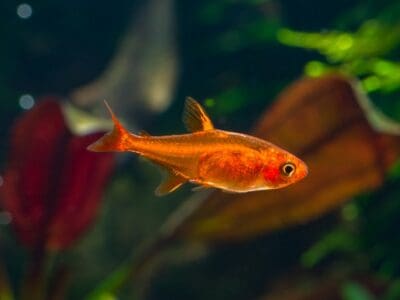
Ember Tetra
Ember tetras are one of the smallest shoaling fish in the world
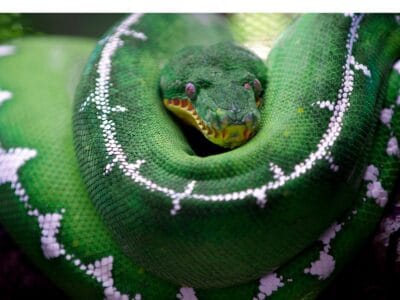
Emerald Tree Boa
Their teeth are as long as a fully-grown reticulated python
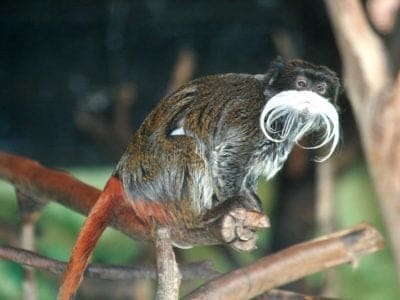
Emperor Tamarin
Has an elegant white moustache!

Executioner Wasp
The Executioner Wasp's sting is one of the most painful in the world.
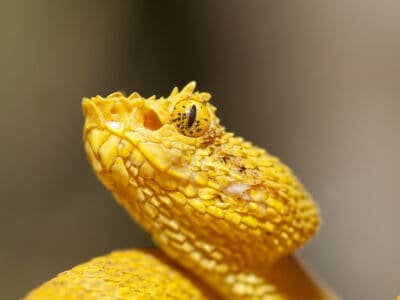
Eyelash Viper
While the eyelash viper can be a pet, be cautious – they are extremely venomous!

Falcon
The fastest creatures on the planet!
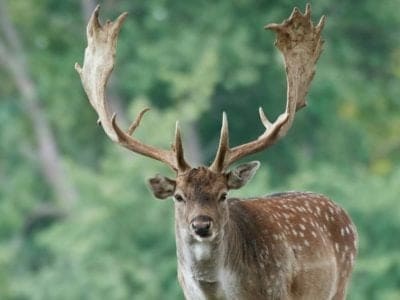
Fallow deer
The fallow deer has more variation in its coat colors than most other deer.
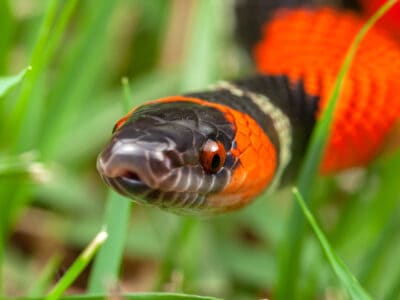
False coral snake
The false coral snake mimics both the coral snake and the cobra to scare away predators
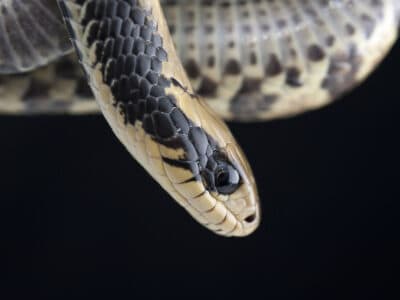
False Water Cobra
There are several color morphs, including lavender!
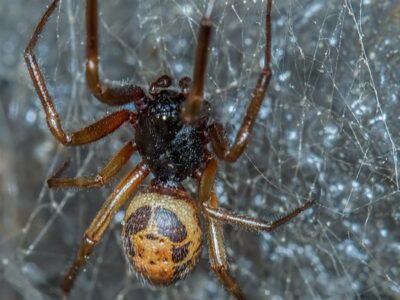
False Widow Spider
False spiders actually prey on black widow spiders and other hazardous spiders
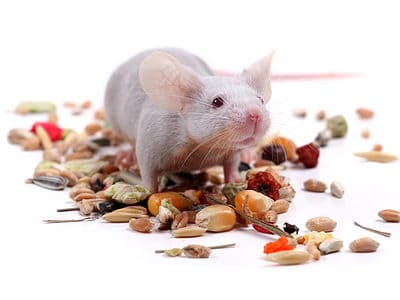
Fancy Mouse
Fancy mice are beloved pets with a history of domestication spanning thousands of years!
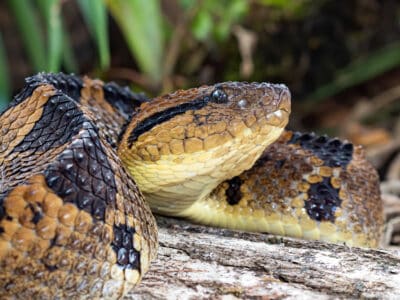
Fer-de-lance Snake
The Most Dangerous Snake in the Americas
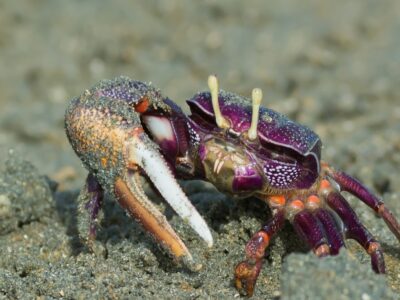
Fiddler Crab
The fiddler crab gets its name from the motion the males make with their over-sized claw during the mating ritual.

Fila Brasileiro
The breed has a unique, cat-like gait, while females have a finer gait than males.
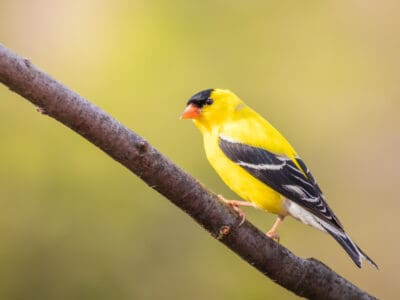
Finch
Finches have strong, conical bills that help them break open tough seeds that many other birds cannot.
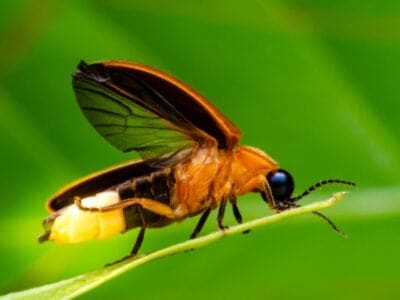
Firefly
The firefly produces some of the most efficient light in the world

Flamingo
Sleeps on just one leg!
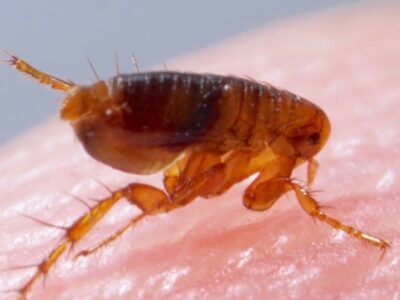
Flea
Adult fleas can jump up to 7 inches in the air
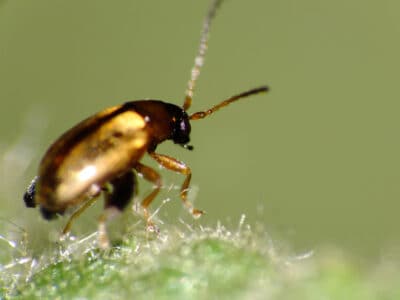
Flea Beetle
Flea beetles can jump like fleas when threatened.
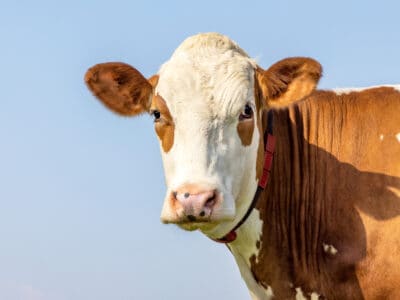
Fleckvieh Cattle
Besides being bred for milk and meat, these cattle were also used as draft oxen.
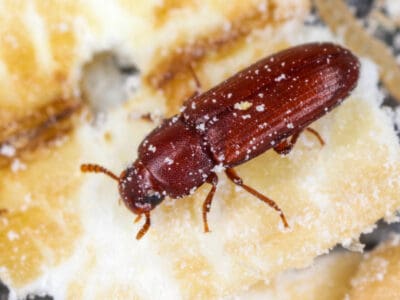
Flour Beetle
Flour beetles are adapted to survive in very dry environments.
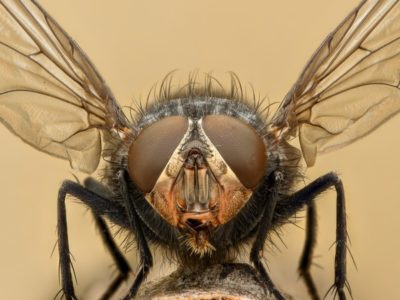
Fly
There are more than 240,000 different species!
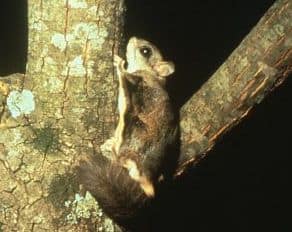
Flying Squirrel
Can glide up to 90 meters!
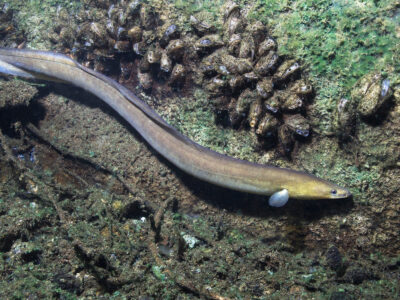
Freshwater Eel
Freshwater eels are actually catadromous, meaning they migrate to saltwater to spawn

Freshwater Jellyfish
The freshwater jellyfish is native to China but is now found all over the world
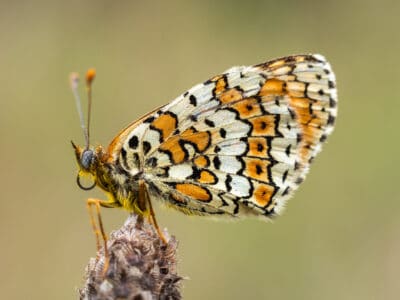
Fritillary Butterfly
Some emit noxious defense chemicals
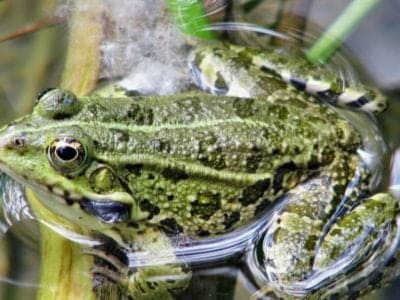
Frog
There are around 7,000 different species!
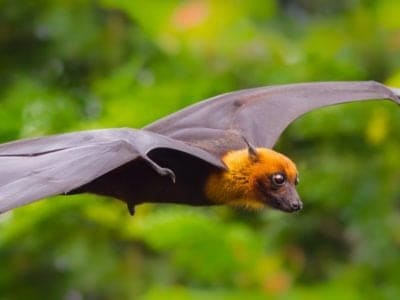
Fruit Bat
Among the largest bats in the world

Fruit Fly
Fruit flies are among the most common research animals in the world
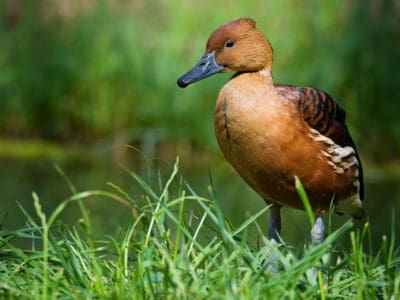
Fulvous Whistling Duck
They build a ramp from their nest, which leads to a nearby water source

Galapagos Shark
Galapagos sharks are cannibalistic and sometimes eat their young, so the pups stay away from the adults in shallow water.
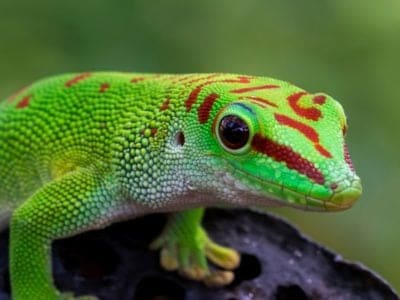
Gecko
There are thought to be over 2,000 species!
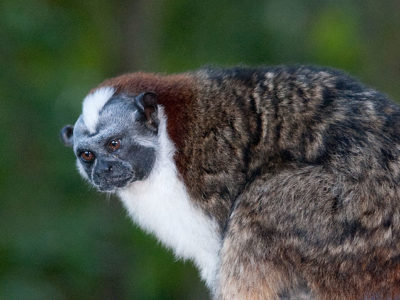
Geoffroys Tamarin
Has distinctive V shape on head!
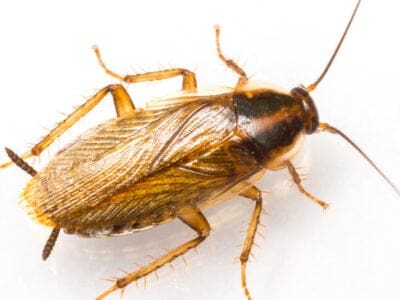
German Cockroach
The most common type of urban roach
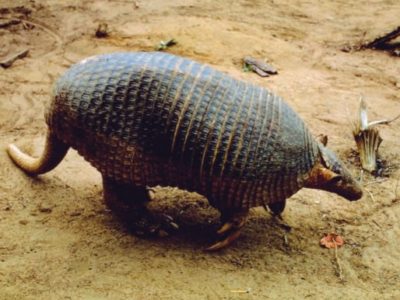
Giant Armadillo
Armadillos have a smell that’s described as strong, sweet and acrid.
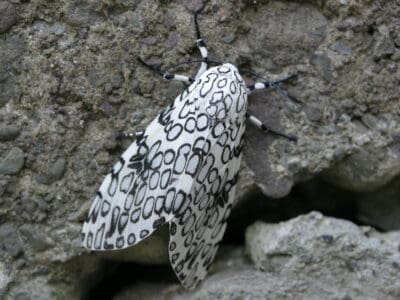
Giant Leopard Moth
When giant leopard moths mate, their mating sessions last over 24 hours.
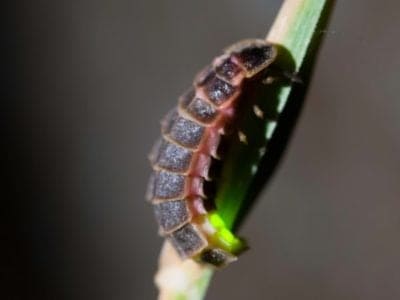
Glowworm
Found inhabiting dense woodland and caves!
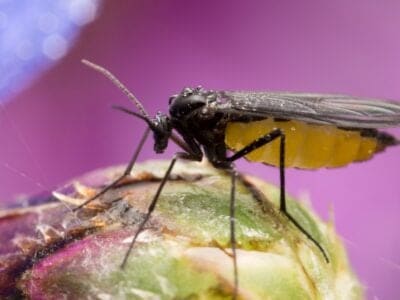
Gnat
Males form large mating swarms at dusk
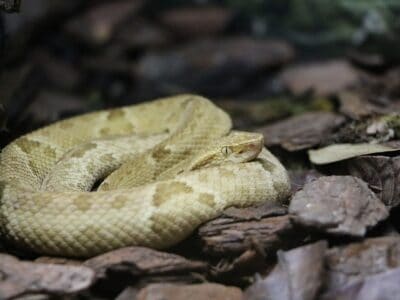
Golden Lancehead
Golden lancehead snakes climb trees to prey on birds.
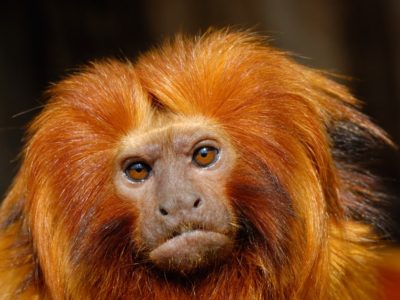
Golden Lion Tamarin
Native to the eastern rainforests of Brazil!
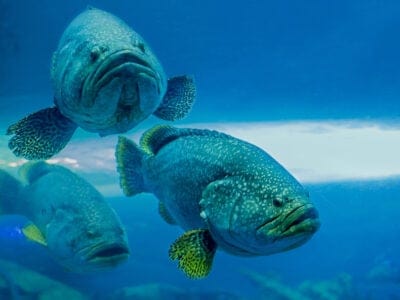
Goliath Grouper
Massive reef fish with a strong tail
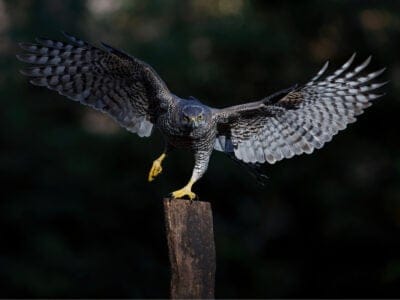
Goshawk
The goshawk is a popular choice among European falconers
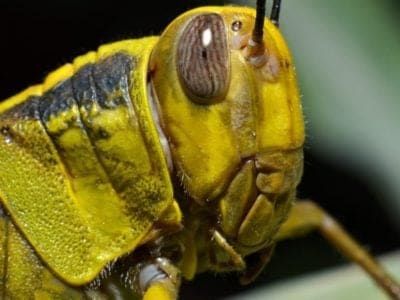
Grasshopper
There are 11,000 known species!
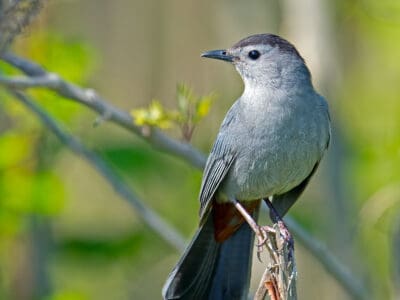
Gray Catbird
Their songs have cat-like qualities and can mimic other birds and animals, like tree frogs.
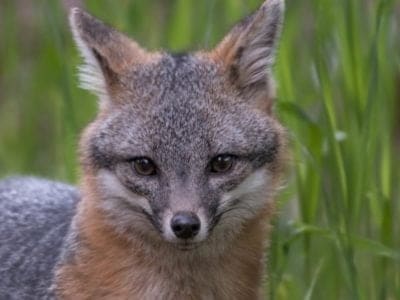
Gray Fox
The gray fox has retractable claws and a rotating wrist that allow it to climb trees with some proficiency
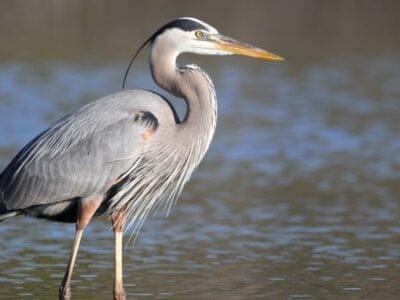
Great Blue Heron
Their wingspan is larger than an eagle’s; both males and females help hatch the eggs; rich in symbolism
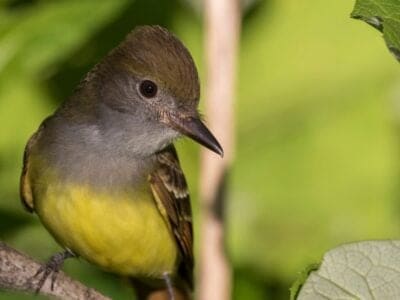
Great Crested Flycatcher
This species makes use of some truly unusual nesting material, including snakeskin and garbage
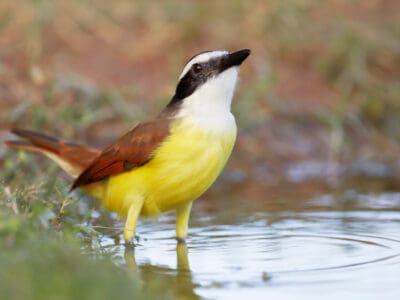
Great Kiskadee
The great kiskadee is a highly adaptable predator that can live in almost any habitat within its range and can hunt in the air, on the ground and in the water.
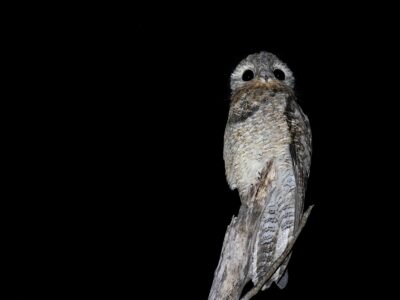
Great Potoo Bird
At night, they make a terrifying low call that sounds like a distressed moan or growl.
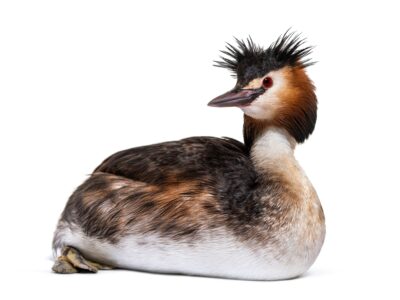
Grebe
They swim like frogs
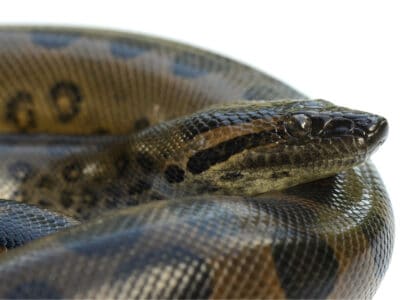
Green Anaconda
Females are often five times longer than males.
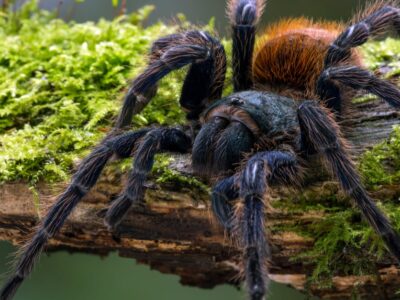
Green Bottle Blue Tarantula
The spiderlings look very different than the adults.
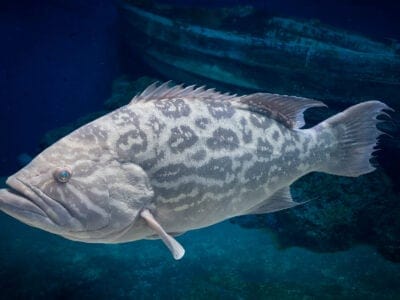
Grouper
Many grouper can change their sex, and it is always from female to male.

Guinea Pig
Natively found in the Andes Mountain range!
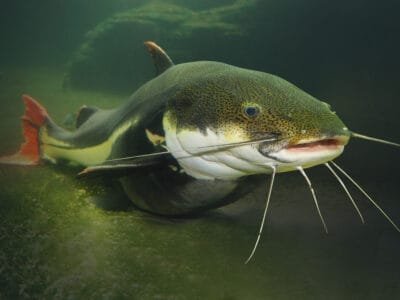
Gulper Catfish
Gulper catfish can consume prey twice its size
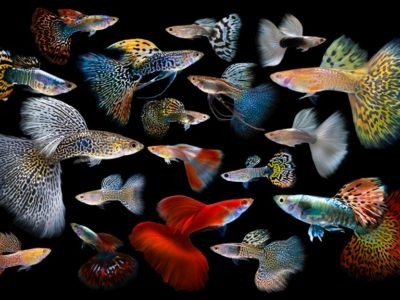
Guppy
Also known as the Millionfish!
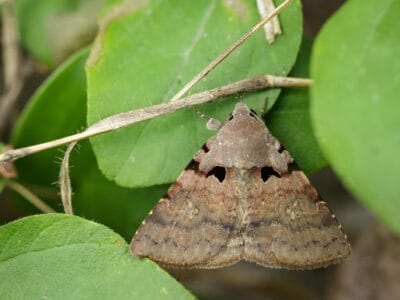
Gypsy Moth
One of the most invasive species in the world
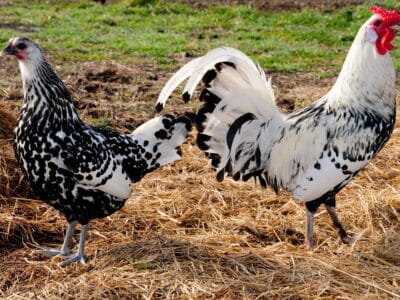
Hamburg Chicken
This breed doesn't usually make nests or incubate their own chicks.
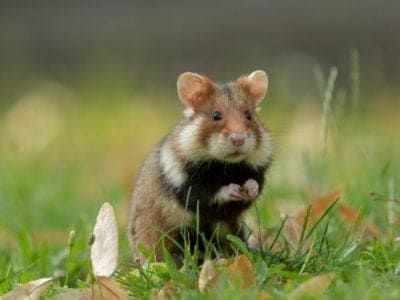
Hamster
Able to run as quickly backwards as forwards!
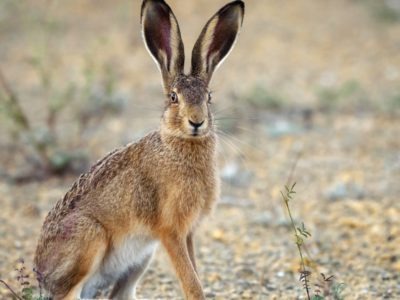
Hare
Can reach speeds of over 50 mph!

Harpy Eagle
Talon's the size of a grizzly bear's claws!
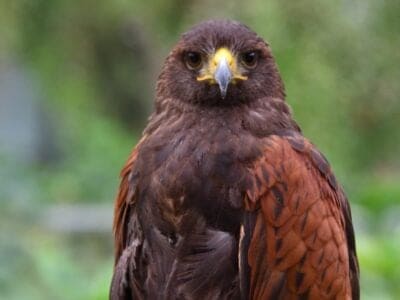
Harris’s Hawk
Their vision is eight times better than a human's

Hawk
While the Ferruginous hawk is the largest specie in the USA, Asia’s Upland buzzard is the biggest overall.
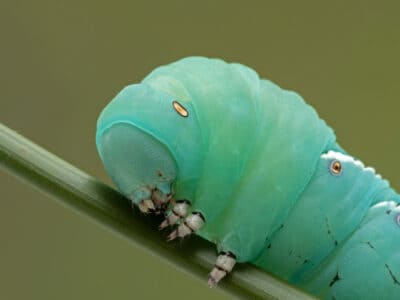
Hawk Moth Caterpillar
Many hawk moth caterpillars eat toxins from plants, but don’t sequester them the way milkweed butterflies do. Most toxins are excreted.
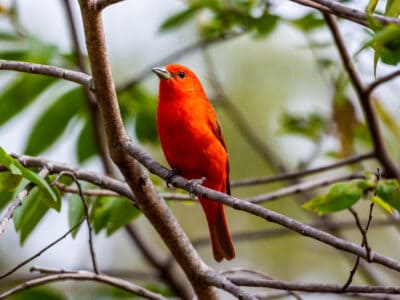
Hepatic Tanager (Red Tanager)
Parents and their young sing sweetly to each other
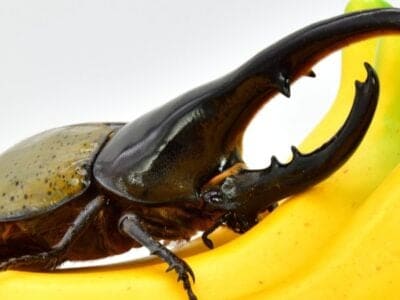
Hercules Beetle
This dynastine scarab beetle makes a weird huffing sound when it’s disturbed.
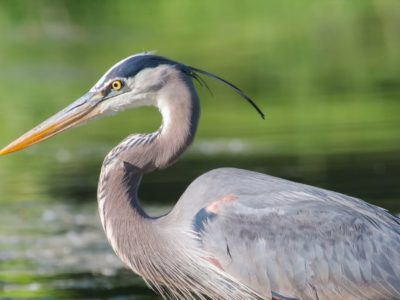
Heron
Inhabits wetlands around the world!
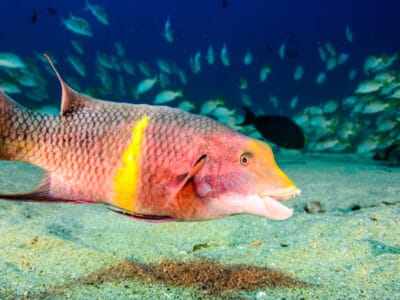
Hogfish
Hogfish can change their sex from female to male
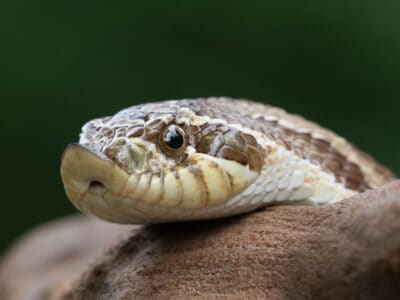
Hognose snake
Prima Donnas of the Snake World
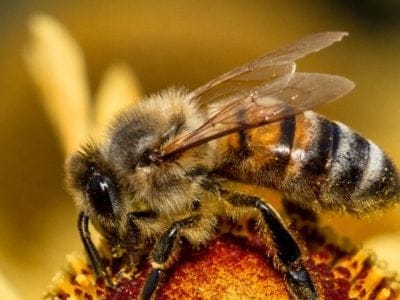
Honey Bee
There are only 8 recognized species!
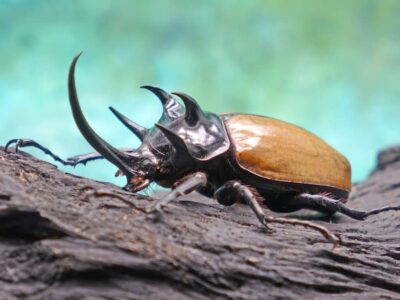
Horned Beetle
These beetles are herbivores but have an intimidating appearance because of the horn-like projection on their heads. However, they are entirely harmless to humans, as they don't sting or bite.
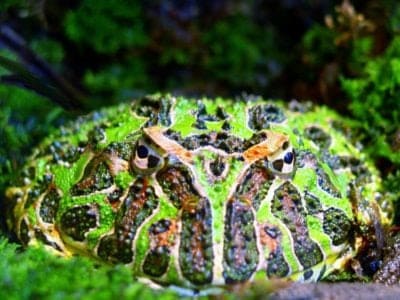
Argentine Horned Frog
Natively found in South America!

Horse
Has evolved over 50 million years!
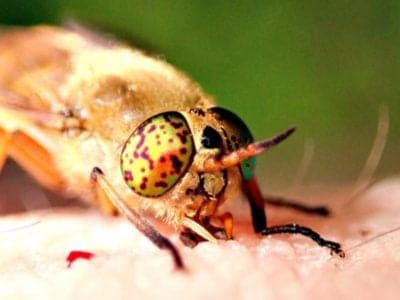
Horsefly
Horseflies have been seen performing Immelmann turns, much like fighter jets.

House Sparrow (English Sparrow)
The house sparrow has been introduced all over the world
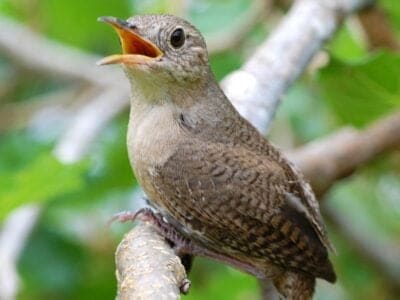
House wren
The wren’s epithet, aedon, comes from a Greek queen who accidentally killed her only son. She was actually aiming for her nephew, and Zeus took pity on her and turned her into a nightingale.
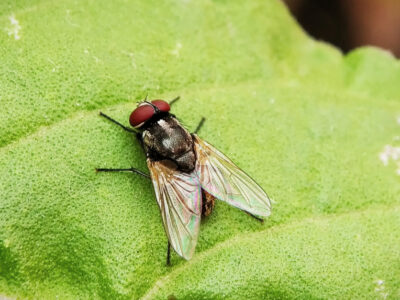
Housefly
The fly has no teeth
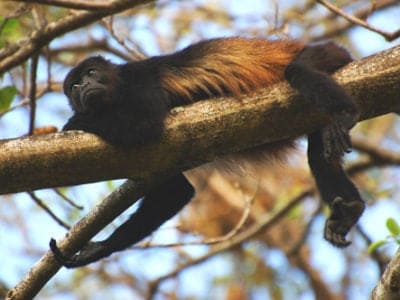
Howler Monkey
Spends 80% of it's time resting!
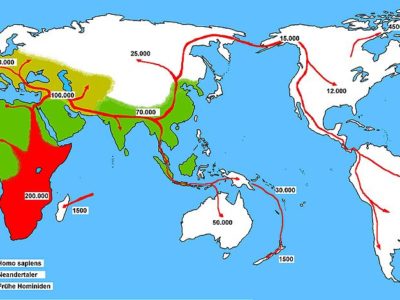
Human
Thought to have orignated 200,000 years ago!
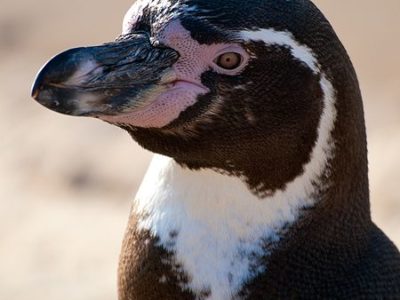
Humboldt Penguin
Found on the South American coast!
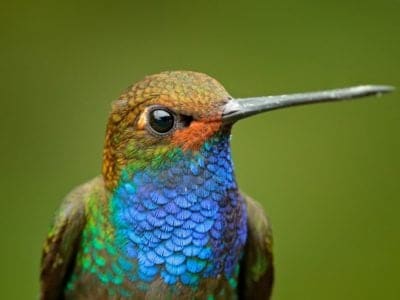
Hummingbird
Beat their wings up to 80 times per second!
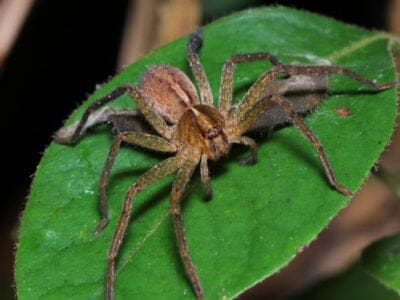
Huntsman Spider
Some huntsman spiders have an interesting way of moving around. Some cartwheel while others do handsprings or backflips.
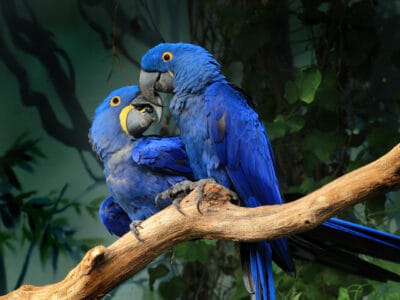
Hyacinth Macaw
The Hyacinth Macaw is the largest flying parrot in the world!
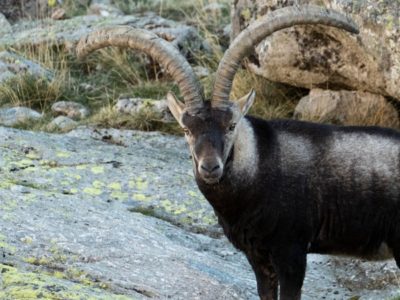
Ibex
Can jump over 6 feet straight up from a standstill
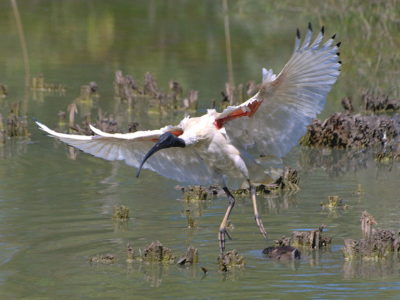
Ibis
Found in swamps, marshes and wetlands!
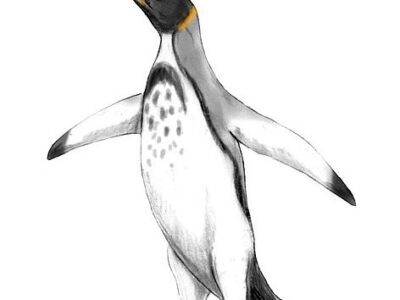
Icadyptes
Unlike present-day pengiuns, Icadyptes lived in a warm habitat near the equator.
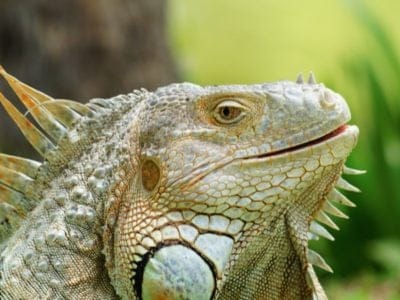
Iguana
Uses visual signals to communicate!
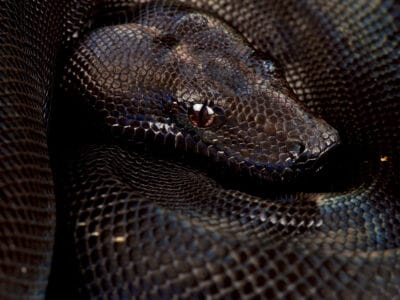
IMG Boa Constrictor
The first IMG boa was born in a litter of anerythristic boas.
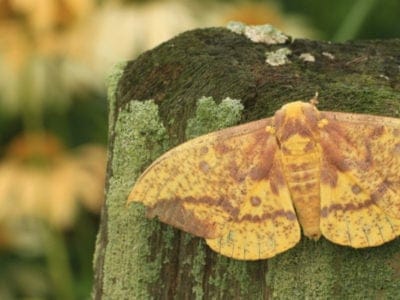
Imperial Moth
Since the imperial moth doesn’t eat, it does die shortly after it lays its eggs. Its lifespan is only about one week.
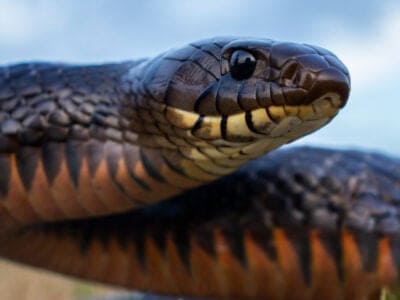
Indigo Snake
Indigo snakes use brute force to overpower their prey.
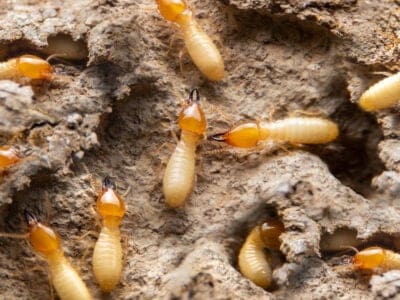
Insect
Insects go back over 350 million years, making the creatures older than man, flowering plants and dinosaurs.
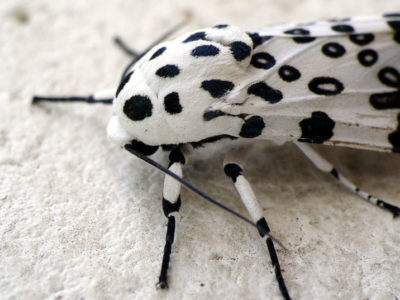
Insects
There are an estimated 30 million species!
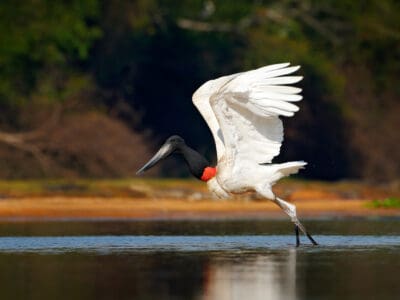
Jabiru
They form lifelong pair bonds and live in groups near water sources.
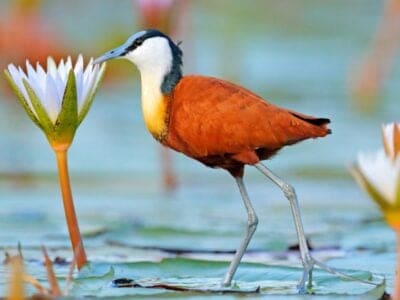
Jacana
The jacana has the ability to swim underwater
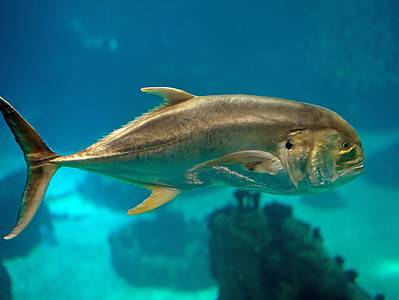
Jack Crevalle
One of the biggest species in the Caranx genus
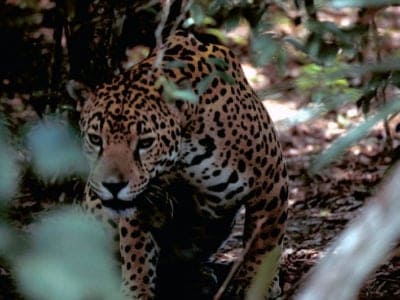
Jaguar
The largest feline on the American continent!
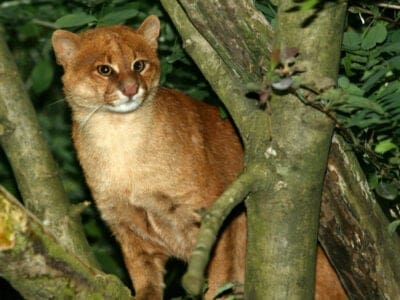
Jaguarundi Cat
These cats are expert swimmers.
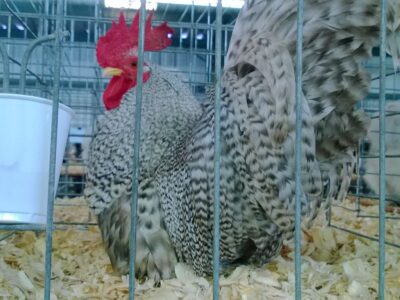
Japanese Bantam Chicken
Japanese bantam chickens are the best flying chicken species
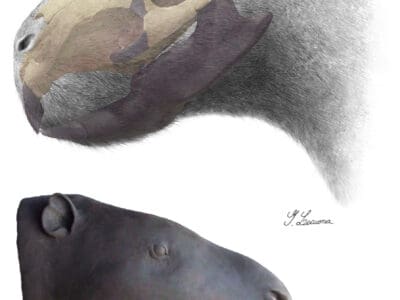
Josephoartigasia monesi
Josephoartigasia monesi the largest known rodent
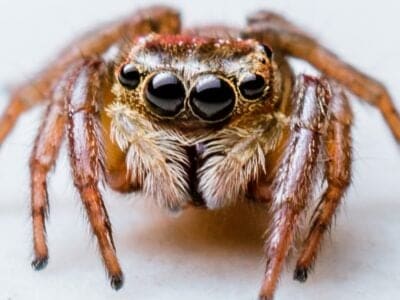
Jumping Spider
Some can jump 50 times the length of their bodies
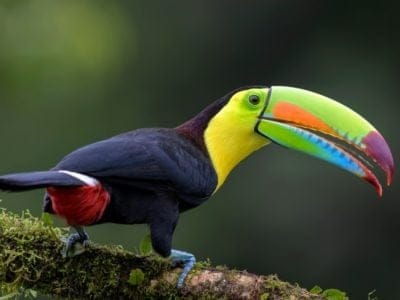
Keel-Billed Toucan
It's beak can reach nearly 20 cm long!
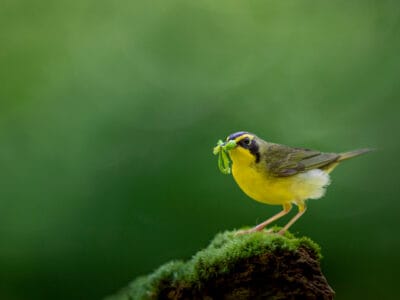
Kentucky Warbler
The Kentucky Warbler appears to wear bright yellow cat-eye glasses!

Kestrel
Can hang suspended on wind currents
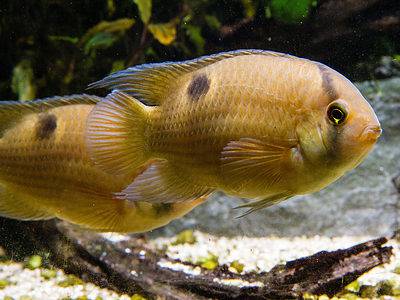
Keyhole Cichlid
When these fish feel stressed, their skin color will change from yellow-cream to brown.
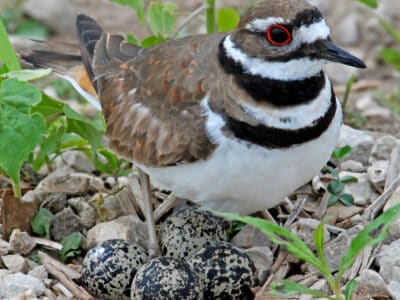
Killdeer
The killdeer feigns injury to draw a predator away from its nest.
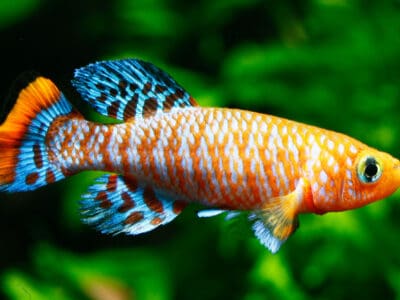
Killifish
Killifish are highly sought after for their peaceful nature and ability to adapt to most aquarium communities.
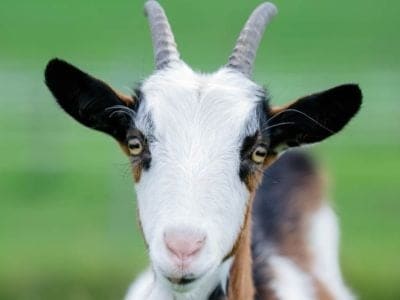
Kinder Goat
Best jumper of all goats
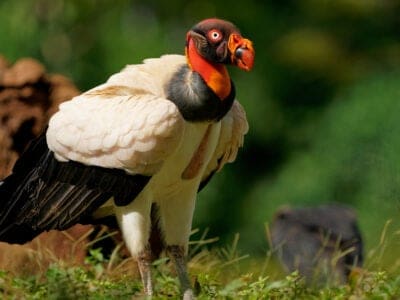
King Vulture
The king vulture is the second largest New World vulture species
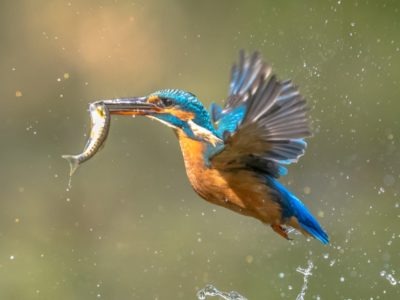
Kingfisher
Inhabits wetlands and woodlands worldwide!
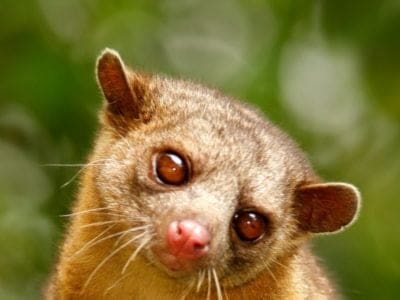
Kinkajou
The kinkajou is a nimble forest-dwelling mammal of Central and South America.
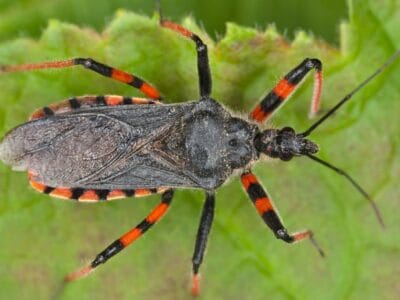
Kissing Bugs
Kissing bugs derive their name from the location they prefer to bite, which is usually close to the lips of the host
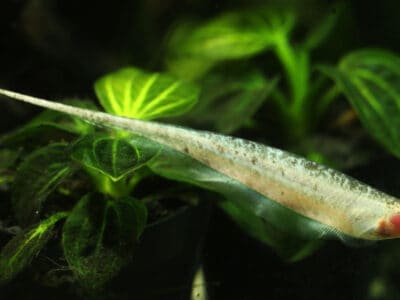
Knifefish
Produce weak electric fields
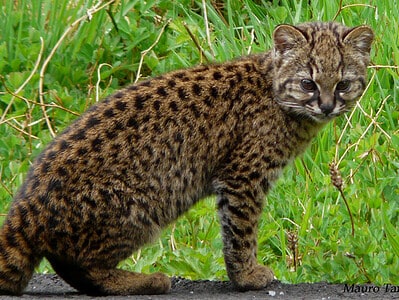
Kodkod
The kodkod is among the smallest species of cats in the entire world
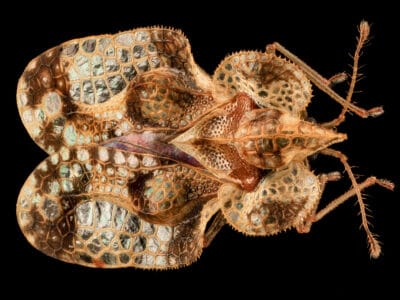
Lace Bug
May bite when threatened
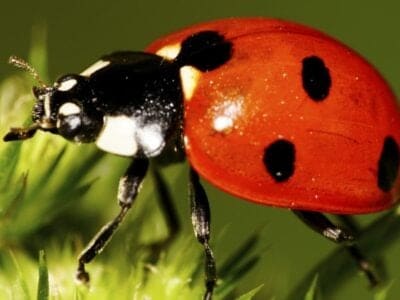
Ladybug
There are more than 5,000 species worldwide!
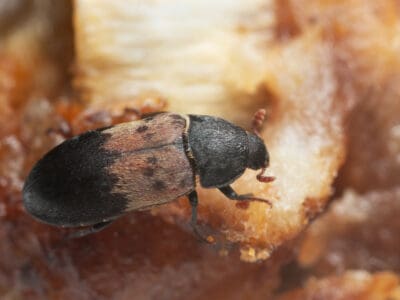
Larder Beetle
Larder beetles were named based on their attraction to food storage rooms or cupboards, but they do not feed on stored food products.
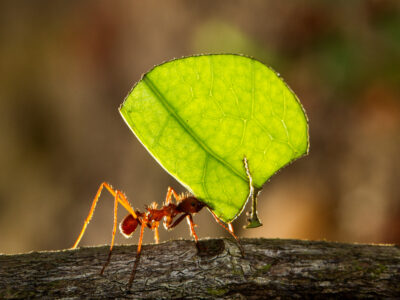
Leafcutter Ant
Leafcutter ants have been farming fungus under the forest floor for up to 50 million years!
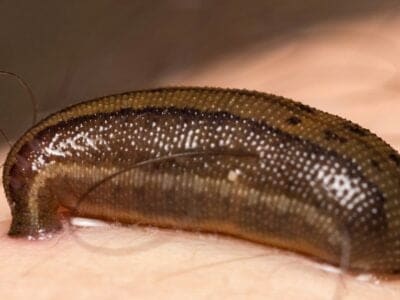
Leech
Has 10 pairs of eyes!

Leedsichthys
Leedsichthys is one of the largest fish ever discovered
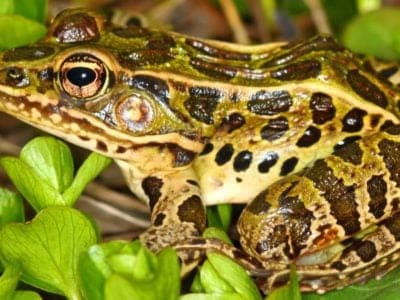
Leopard Frog
They can jump up to three feet

Leptocephalus
Leptocephali have flat bodies filled with jelly-like substances, surrounded by a thin layer of muscle.

Lesser Scaup
Young lesser scaups learn to dive as soon as their down dries.
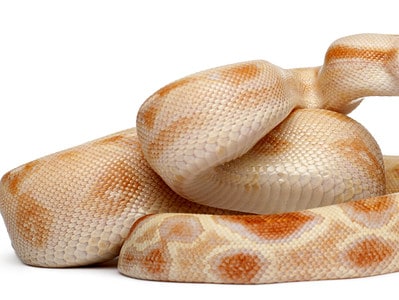
Lipstick Albino Boa
Lipstick albino boas are a designer morph that you'll only find from breeders.

Livyatan
The Livyatan had 1 to 1.2 foot long, interlocking teeth
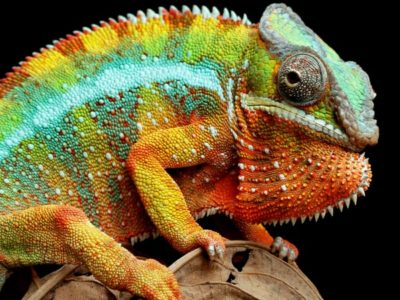
Lizard
There are around 5,000 different species!
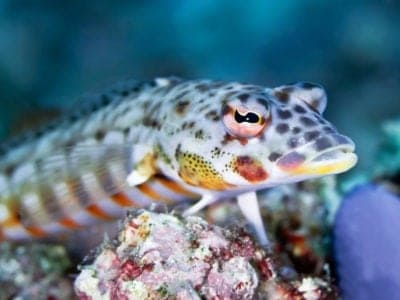
Lizardfish
The lizardfish can camouflage itself against the sandy bottom to avoid predators.
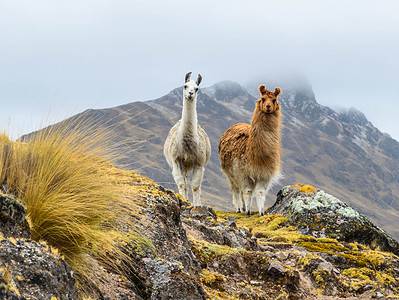
Llama
Natively found in the Andes Mountain range!
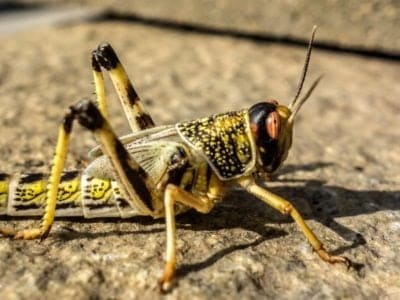
Locust
Each locust can eat its weight in plants each day.
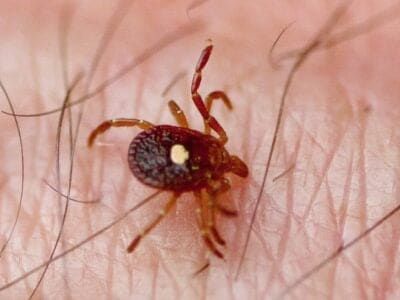
Lone Star Tick
Only females have the ‘lone star’ marking

Lungfish
The lungfish first evolved almost 400 million years ago.
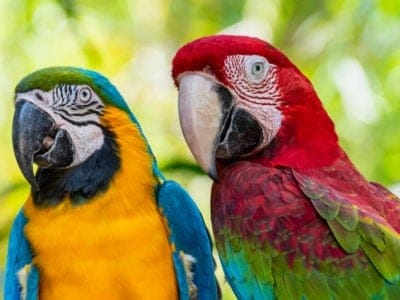
Macaw
The largest species of parrot in the world!

Macrauchenia
The Macrauchenia was a large mammal, at nearly ten feet in length, weighing about 2,299 pounds.
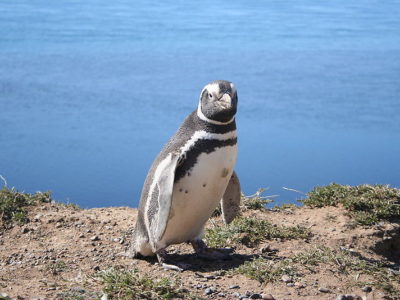
Magellanic Penguin
Threatened by oil spills!
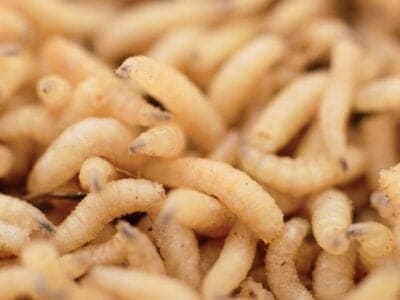
Maggot
Will only live in wet areas

Mallard
With an appropriate tail wind, the mallard can travel hundreds of miles a day
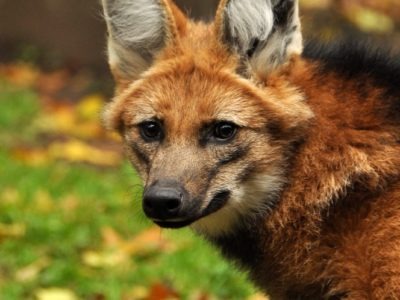
Maned Wolf
Despite its name, the Maned Wolf is not actually a wolf.
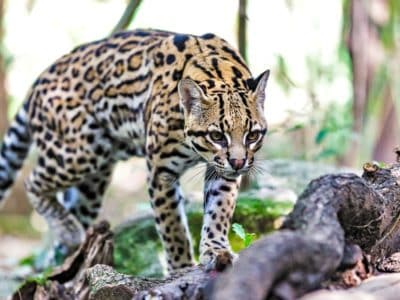
Margay
Margays are one of the world’s most highly adapted cat species for climbing trees!
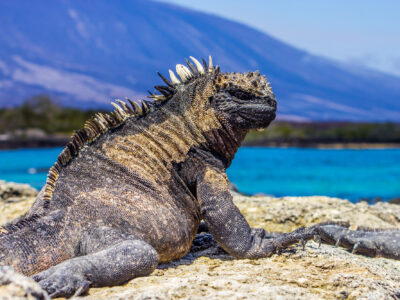
Marine Iguana
Adult marine iguanas vary in size depending on the size of the island where they live.
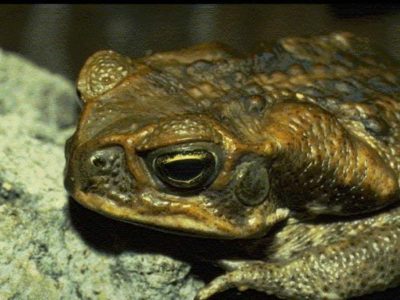
Marine Toad
Produces a toxin used in arrow darts!
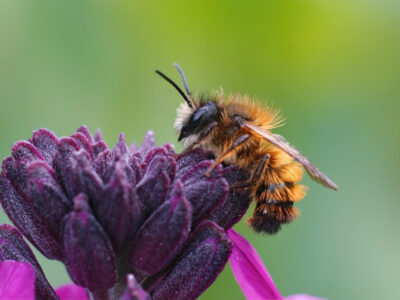
Mason Bee
N/A
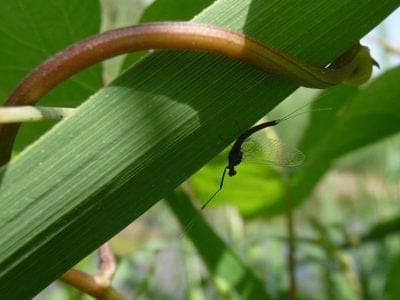
Mayfly
There are 2,500 known species worldwide!
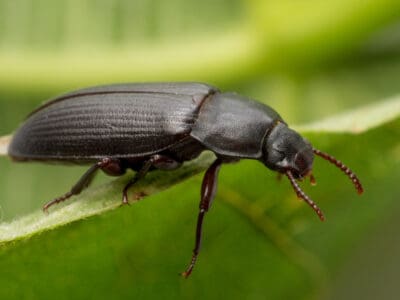
Mealworm Beetle
In 1968, the mealworm beetle traveled to space and circled the moon on the Soviet mission Zond 5.
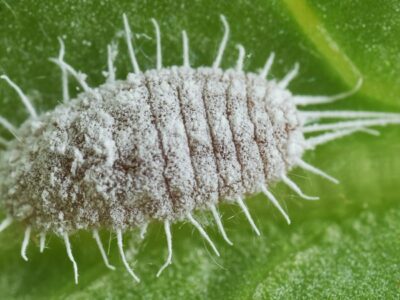
Mealybug
They have a symbiotic relationship with ants.
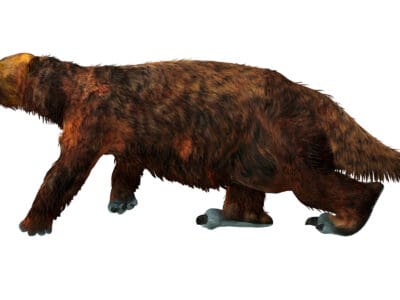
Megatherium
Megatherium probably used its lips more than its tongue when feeling for choice leaves in the treetops.
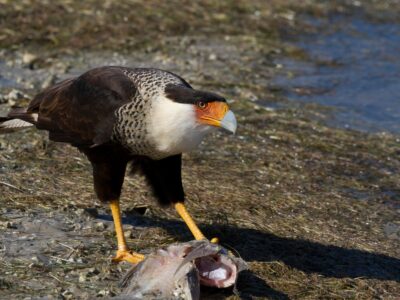
Mexican Eagle (Northern crested caracara)
The northern crested caracara mates for life with its partner
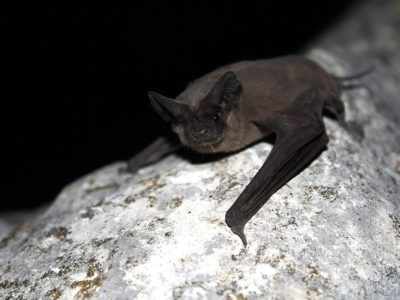
Mexican Free-Tailed Bat
Some colonies have millions of bats
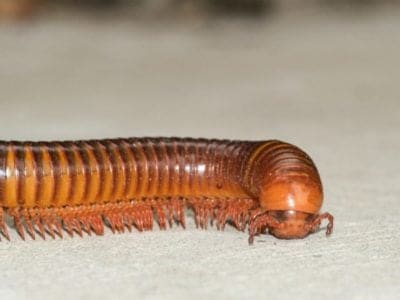
Millipede
Some species have a poisonous bite!
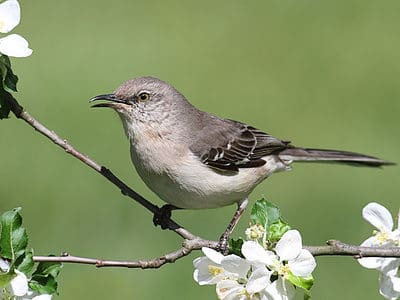
Mockingbird
Mockingbirds are incredible mimics that can learn hundreds of songs!
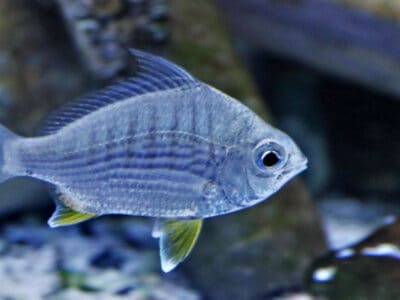
Mojarra
The mojarra's protruding mouth allows it to sift along the seabed for food
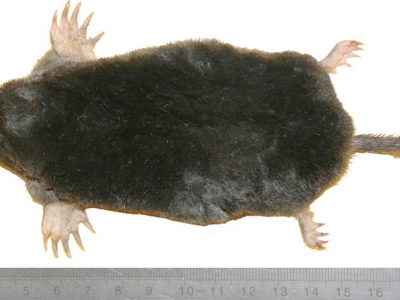
Mole
Primarily hunts and feeds on Earthworms!
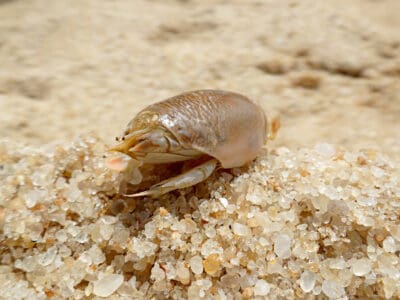
Mole Crab (Sand Flea)
They eat jellyfish tentacles
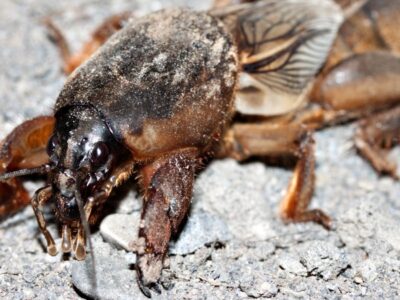
Mole Cricket
Adult Mole crickets may fly as far as 5 miles during mating season and are active most of the year.
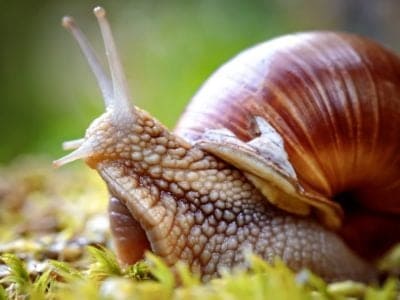
Mollusk
Most molluscs have more than one heart

Molly
Known for their calm and peaceful nature!
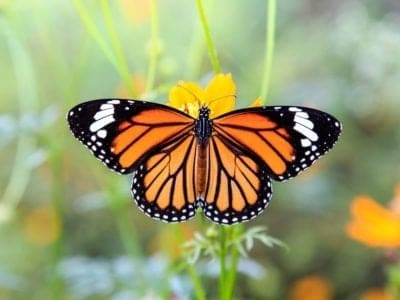
Monarch Butterfly
During migration, Monarch Butterflies may travel 250 or more miles each day.

Mongrel
Has characteristics of two or more breeds!
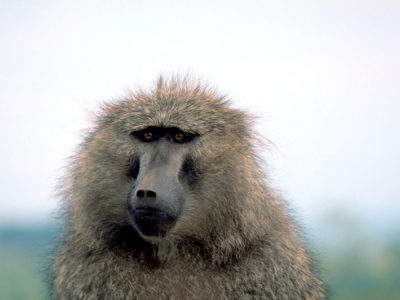
Monkey
There are around 260 known species!
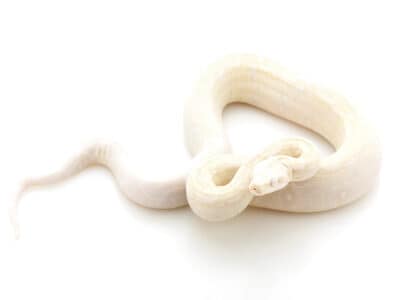
Moonglow Boa
Moonglow boas are the result of mixing three genetic traits.
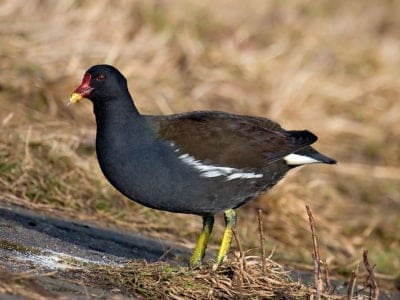
Moorhen
Feeds on aquatic insects and water-spiders!
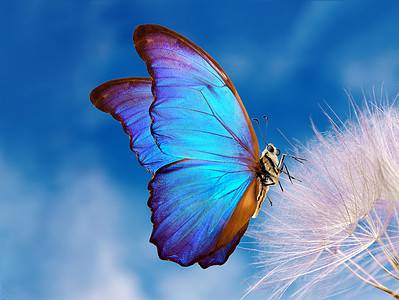
Morpho Butterfly
Collectors prize them for their bright wings
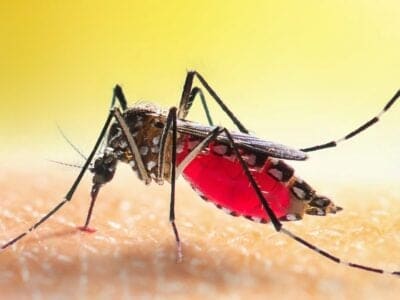
Mosquito
Only the female mosquito actually sucks blood
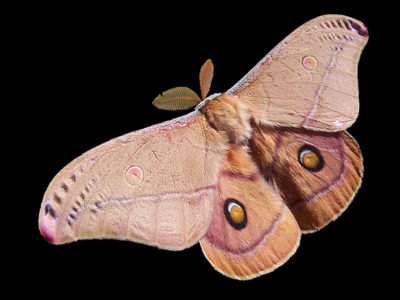
Moth
There are 250,000 different species!
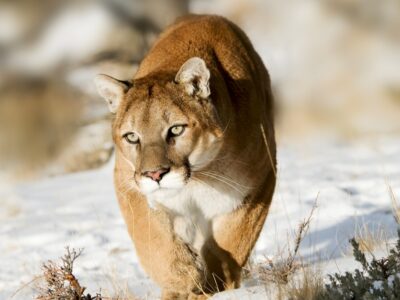
Mountain Lion
Has no real natural predators!
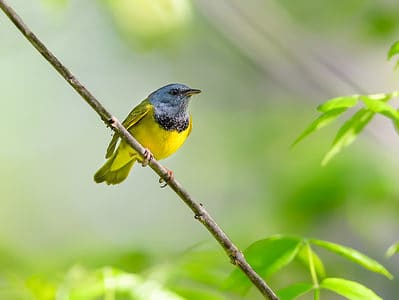
Mourning Warbler
The Mourning Warbler was named for its gray head, which resembles a mourning veil!
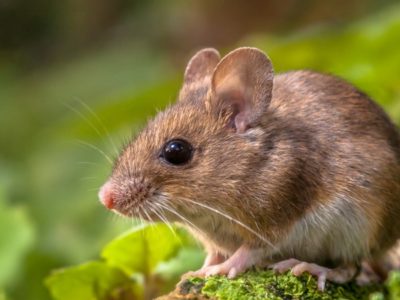
Mouse
Found on every continent on Earth!
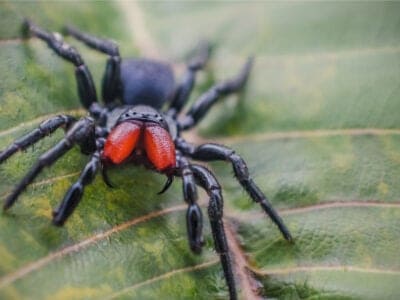
Mouse Spider
The female mouse spider is rarely seen because they don't leave their burrows.
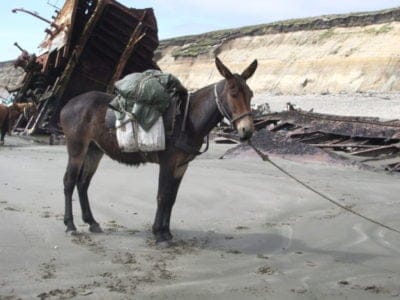
Mule
The offspring of a horse and donkey parents!
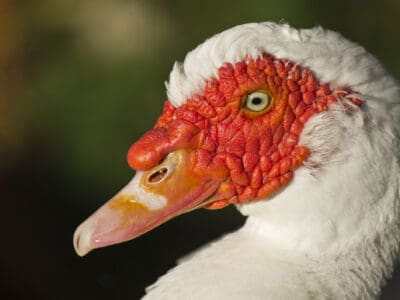
Muscovy Duck
Unlike most duck species, the Muscovy is silent and only makes noise when excited or threatened.
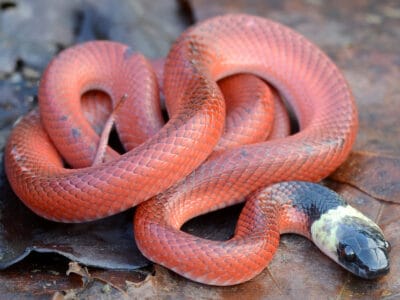
Mussurana Snake
Mussurana snakes help keep rodents from overrunning farms.

Naegleria
Causes primary amoebic meningoencephalitis
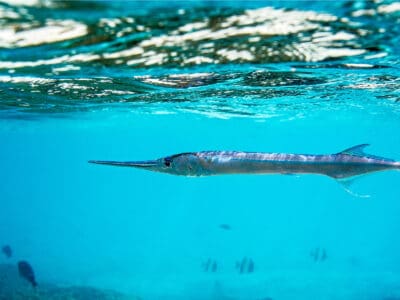
Needlefish
no stomach to digest food
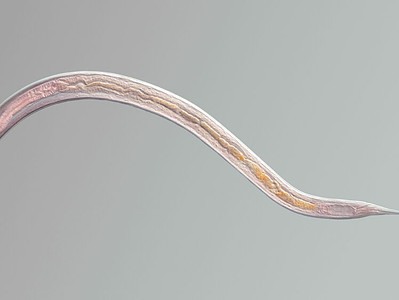
Nematode
Nematodes range in size from 1/10 of an inch to 28 feet long
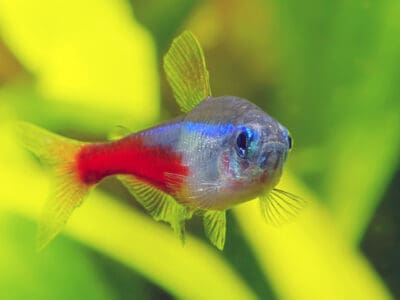
Neon Tetra
Neon Tetras are very social and peaceful fish.
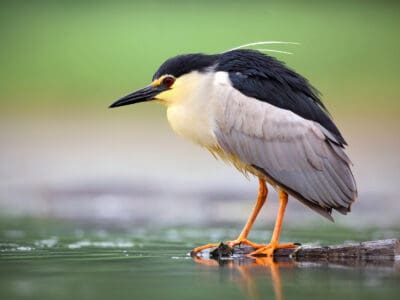
Night Heron
When they feel threatened juvenile night herons vomit their stomach contents.
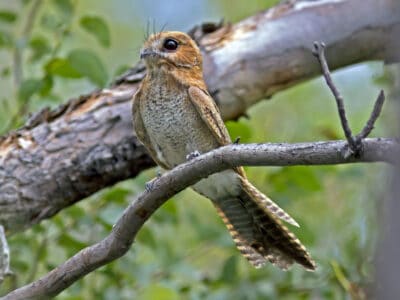
Nightjar
There are 97 nightjar species across 20 genera!
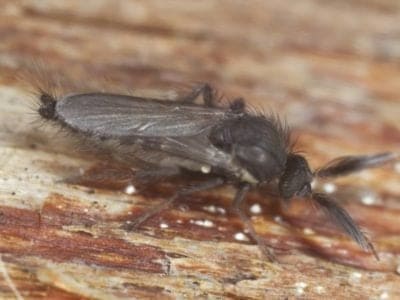
No See Ums
There are more than 5,000 species.
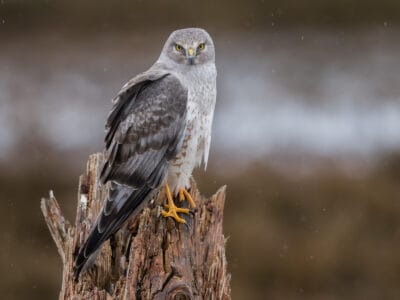
Northern Harrier
They can reach speeds of 25 Mph but prefer to soar low and slow.
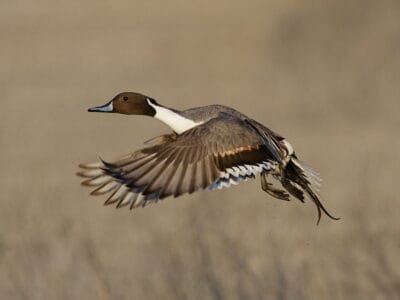
Northern Pintail
Northern pintails migrate at night with speeds reaching 48 miles per hour!
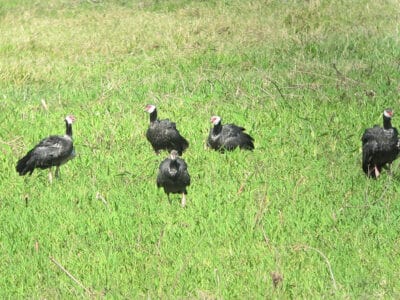
Northern Screamer
They are closely related to magpie geese
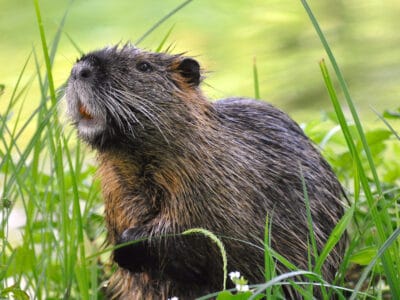
Nutria
An invasive species, one female nutria can birth up to 200 babies in just a few years of living!
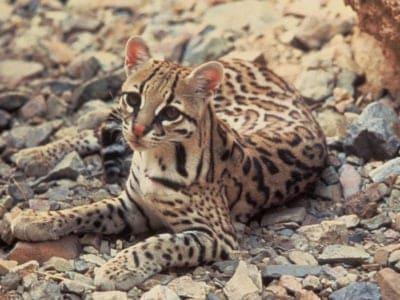
Ocelot
Also known as the Painted Leopard!
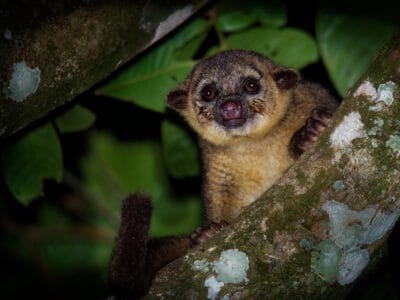
Olingo
Olingos are part of the raccoon family.
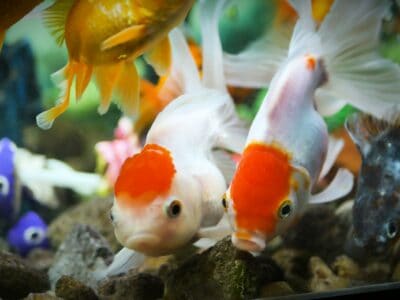
Oranda Goldfish
Oranda goldfish are one of the most popular fancy goldfish breeds
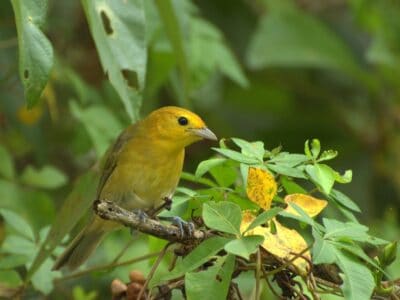
Orange Tanager (Orange-Headed Tanager)
They inhabit the lowlands of the Amazon rainforest
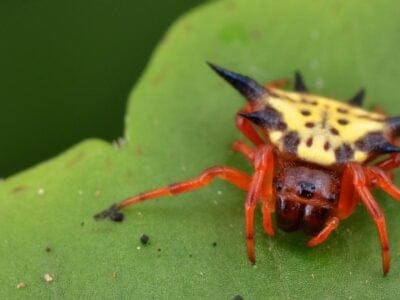
Orb Weaver
Females are about four times the size of males
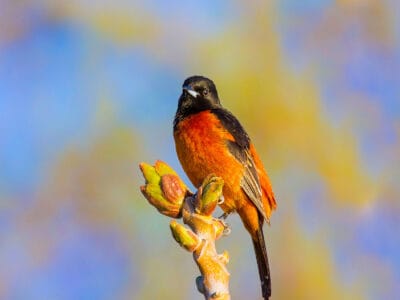
Orchard Oriole
They use rapid wingbeats to hover over foliage as they search for food.
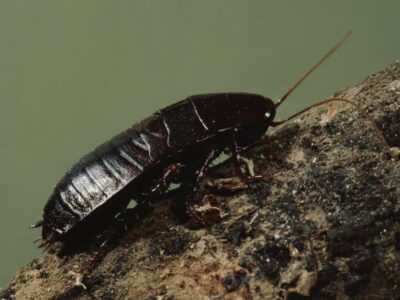
Oriental Cockroach
Unlike other cockroach species that live indoors living off humans, oriental cockroaches are outdoor scavengers.
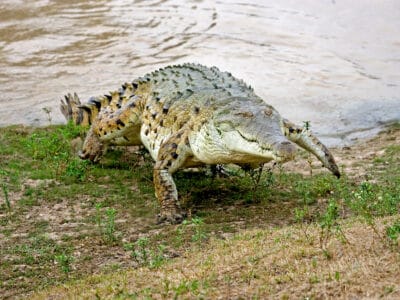
Orinoco Crocodile
Orinoco crocodiles are the largest predators in South America; they're also going extinct!
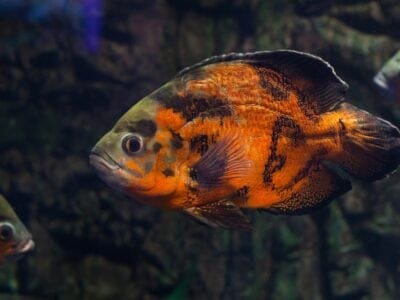
Oscar Fish
The Oscar fish has teeth in its throat!
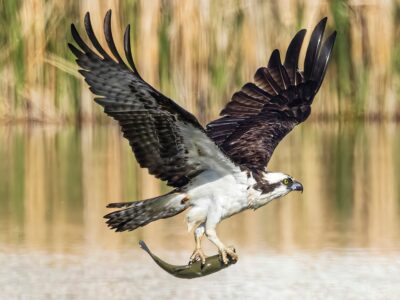
Osprey
They reuse nesting sites for 70 years!

Otter
There are 13 different species worldwide
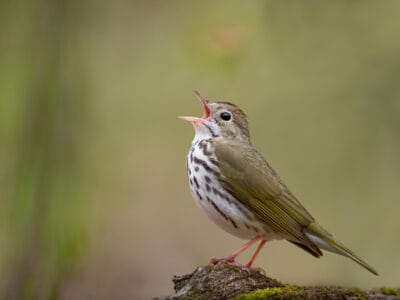
Ovenbird
The ovenbird is named for its unusual nest, which is shaped like an oven!
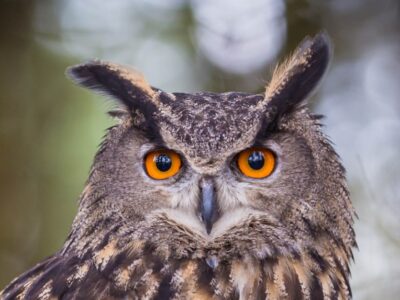
Owl
The owl can rotate its head some 270 degrees
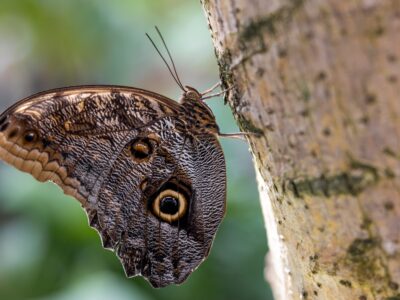
Owl Butterfly
Owl butterflies derive their name from big spots on each hindwing that resemble owl eyes
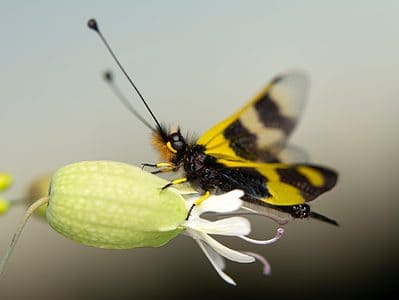
Owlfly (Ascalaphidae)
Adult owlflies can capture prey while flying in the air.
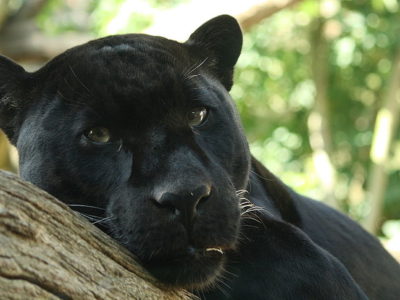
Panther
Prefers to hunt at night than during the day!
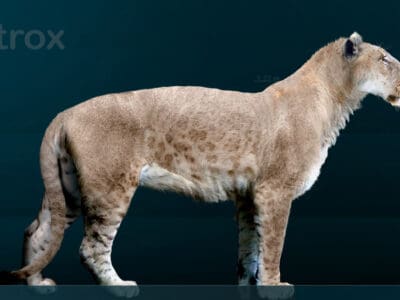
Panthera atrox (American Lion)
Panthera atrox was about 25 percent larger than modern lions
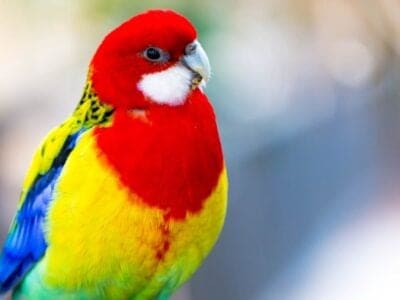
Parakeet
Monk parakeets are the only parakeets that actually build nests. They’re also the only parakeets to nest in great colonies.
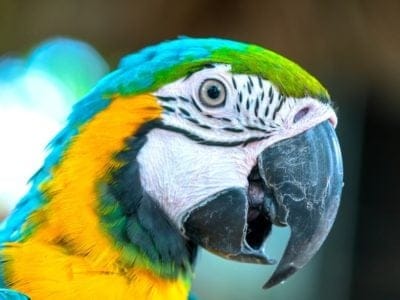
Parrot
Can live for up to 100 years!
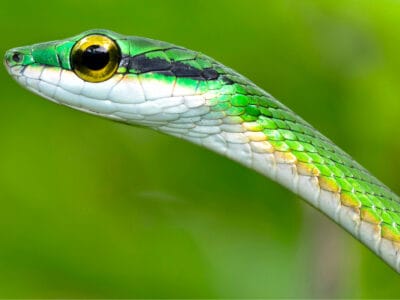
Parrot Snake
The parrot snake shows off with bright green and bronze colors that cover its entire body.
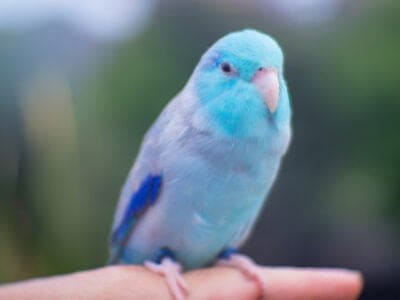
Parrotlet
Parrotlets aren't the world's tiniest parrot — that would be the pygmy parrot of Australasia.
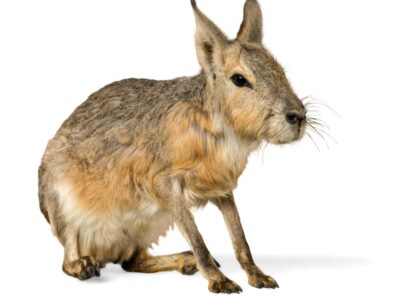
Patagonian Cavy
Patagonian cavies run anywhere from 18-45 mph!
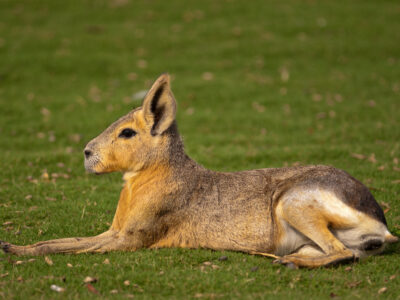
Patagonian Mara
Patagonian maras mate for life, but raise their pups in large communal dens!

Patagotitan
The patagotitan's bones were hollow and air-filled.
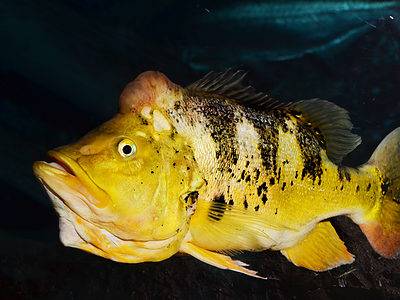
Peacock Bass
Peacock bass is known for their aggressive behavior and predatory instincts, making them a challenging target for sport fishermen.
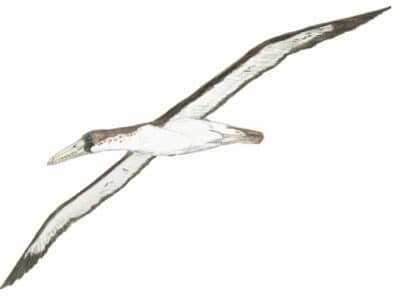
Pelagornis
The Pelagornis is larger than the largest living bird today.
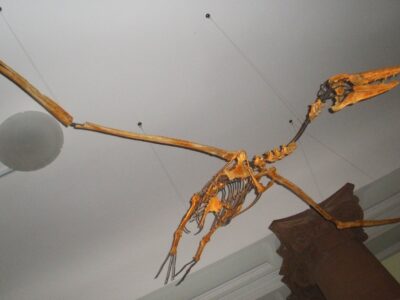
Pelagornithidae
The biggest members of the Pelagornithidae family were the largest flying birds known.
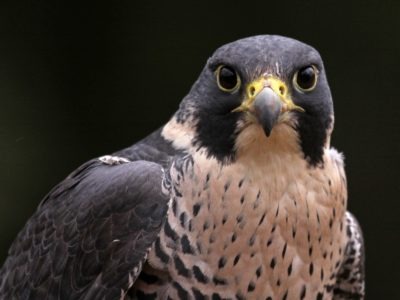
Peregrine Falcon
Fastest animal on Earth

Peruvian Guinea Pig
The Peruvian guinea pig is well known for its long, soft tresses and edgy bangs.

Peruvian Inca Orchid
The Peruvian Inca Orchid is the national dog of Peru
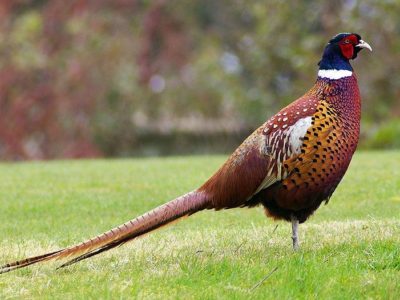
Pheasant
Females lay between 8 and 12 eggs per clutch!
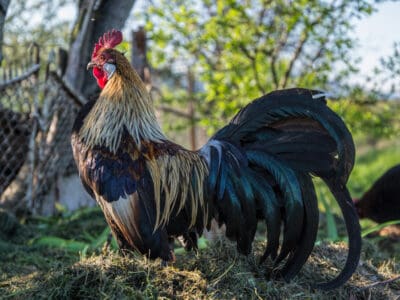
Phoenix Chicken
These small chickens have tails that can be up to five feet long!

Phorusrhacos
It's a genus of terror birds
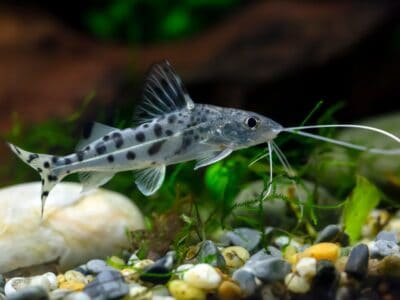
Pictus Catfish
Pictus catfish are social fish that should be kept in groups of 4 or more
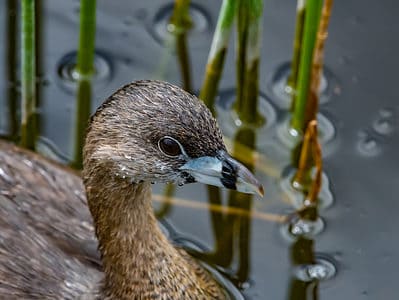
Pied-Billed Grebe
Chicks stay on the parents' backs until they learn to swim
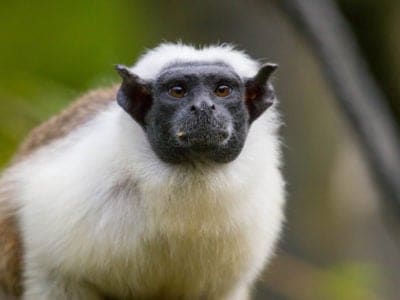
Pied Tamarin
Only found in one area of Brazil!
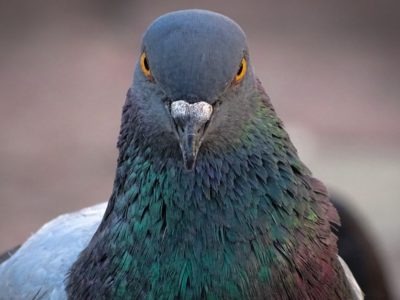
Pigeon
They can find their way back to their nests from up to 1300 miles away.

Amazon River Dolphin (Pink Dolphin)
Also known as the 'Pink Dolphin'
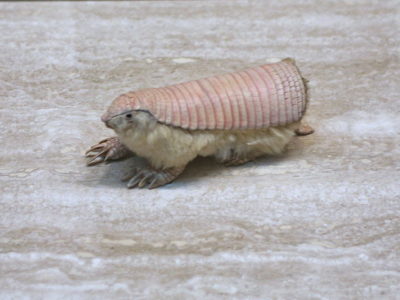
Pink Fairy Armadillo
The smallest known species of Armadillo
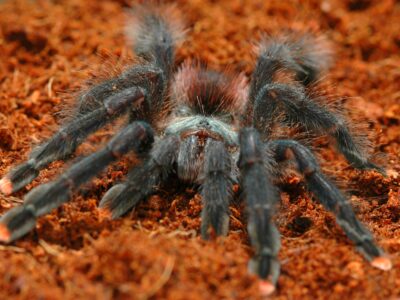
Pink Toed Tarantula
Can jump short distances
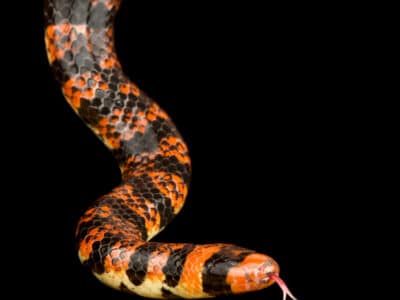
Pipe Snake
Some of these snakes flatten their neck and raise their heads to imitate cobras if they’re threatened.
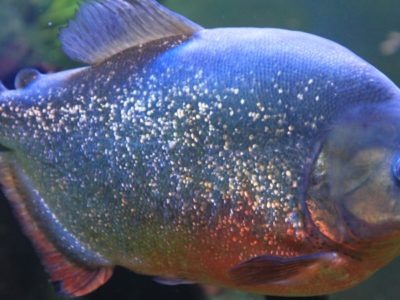
Piranha
Generally found in fast-flowing streams!
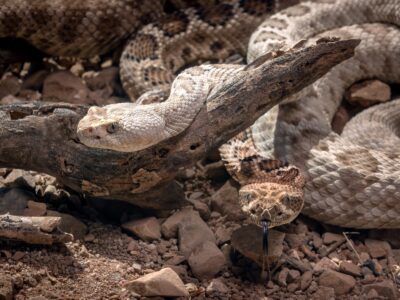
Pit Viper
Pit vipers's fangs fold up into their mouths when they don't need them.
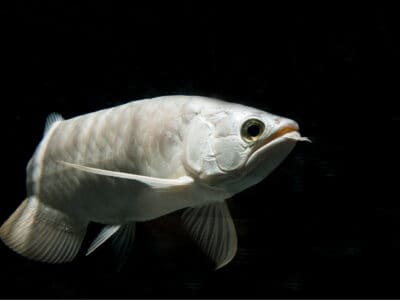
Platinum Arowana
The male broods the eggs and baby fish in his mouth.

Pliosaur
Pliosaurs were the short-necked version of plesiosaurs.
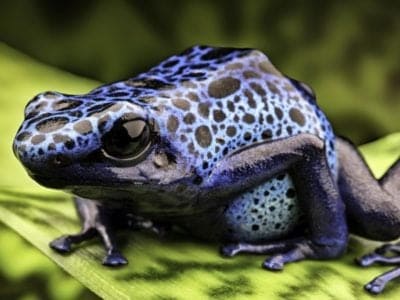
Poison Dart Frog
Inhabits the jungles of Central and South America!
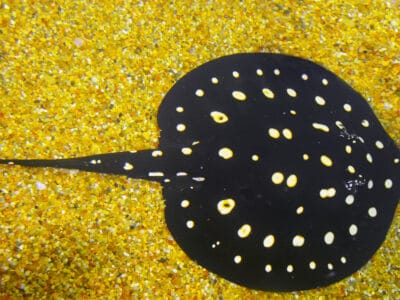
Polka Dot Stingray
Can detect electrical fields from other creatures
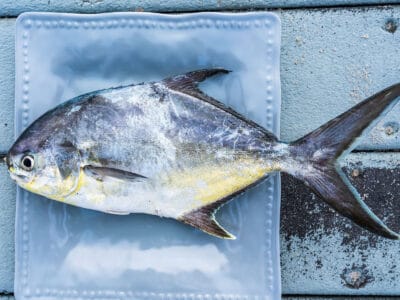
Pompano Fish
They are bottom-feeders
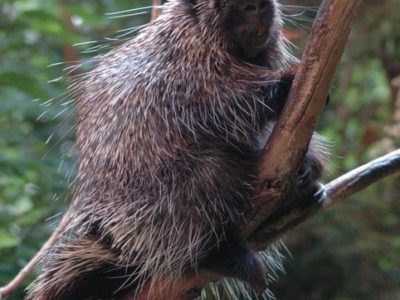
Porcupine
There are 30 different species worldwide!
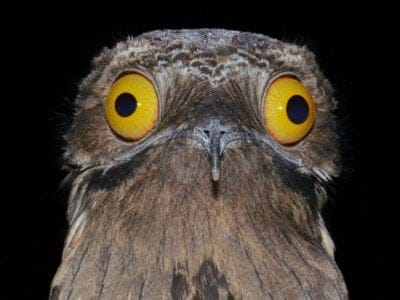
Potoo
The potoo’s eyelids have slits that let them see even when their eyes are closed.
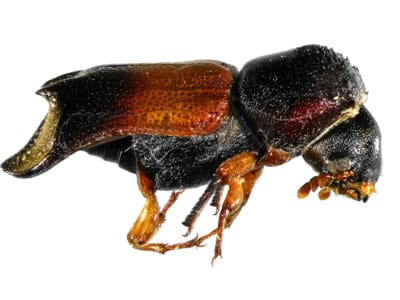
Powderpost Beetle
Powderpost beetles prefer living in moist tree limbs, dead wood, and branches. They get into homes through infested joists, paneling, rafters, flooring, and finished wood products.
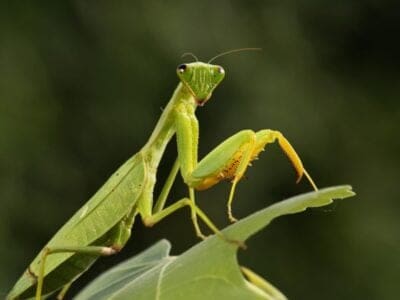
Praying Mantis
The mantis can turn its head 180 degrees.

Pterodactyl
Pterodactyl is not technically a dinosaur. Although they lived during the same time as dinosaurs, they are classified as winged reptiles.
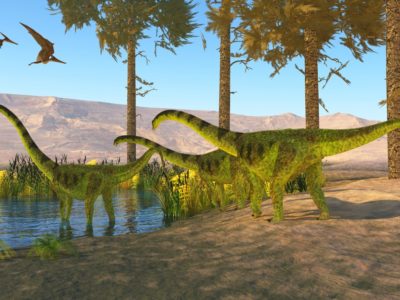
Puertasaurus
"The ribcage of a Puertosaurus was as large as a school classroom!"
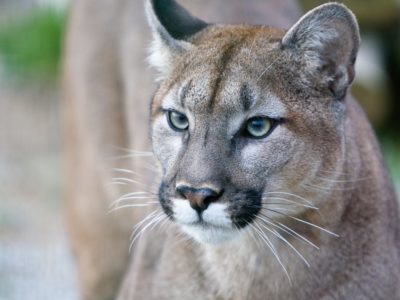
Puma
Has longer back legs than front legs!
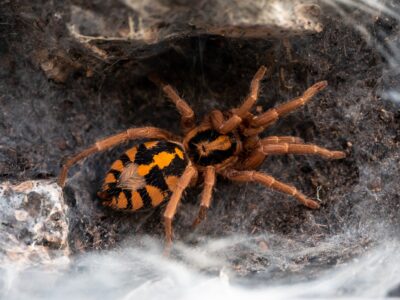
Pumpkin Patch Tarantula
They are considered dwarf tarantulas.
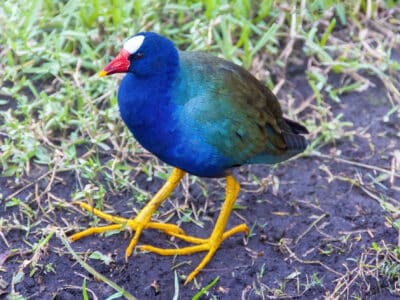
Purple Gallinule
They build their nests on the water, anchoring it to nearby aquatic vegetation.
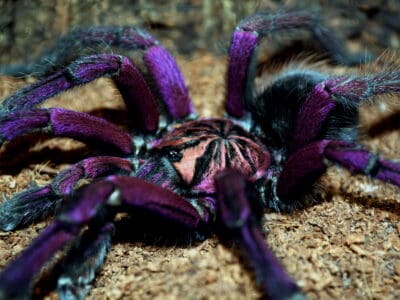
Purple Tarantula
Females live more than twice as long as males, up to 12 years old.

Purussaurus
Purussaurus had a bite force that is higher than that of any creature that has ever lived
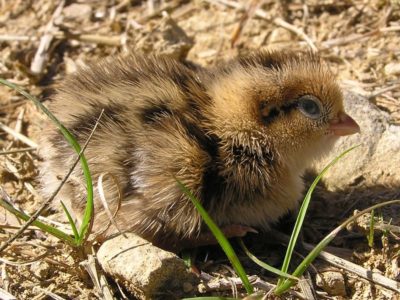
Quail
Inhabits woodland and forest areas worldwide!
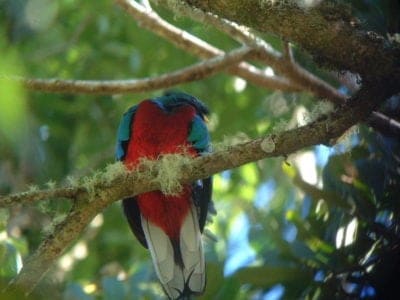
Quetzal
The tail feathers of the male can be 1m long!
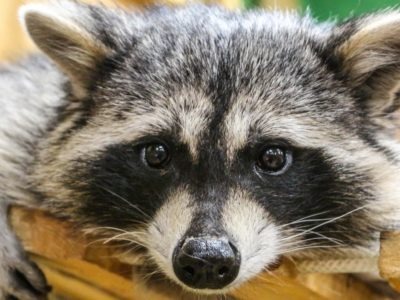
Raccoon
Known to wash their food before eating it!
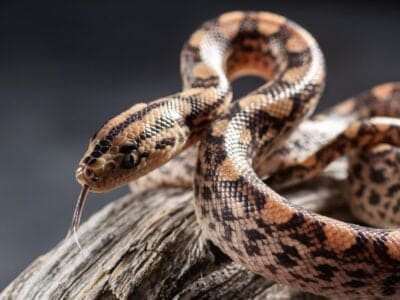
Rainbow Boa
The rainbow boa is named for its iridescent skin that refracts light and creates a rainbow-colored effect.
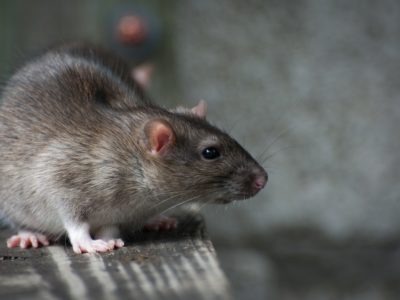
Rat
Omnivores that eat anything!

Rat Snakes
Rat snakes are constrictors from the Colubridae family of snakes.
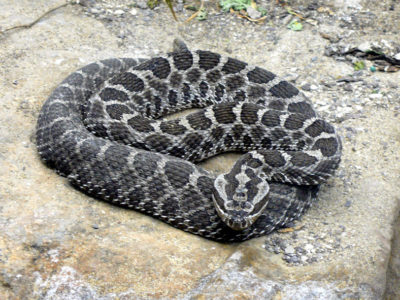
Rattlesnake
Rattlesnakes may have evolved their rattle to warn bison away from them.
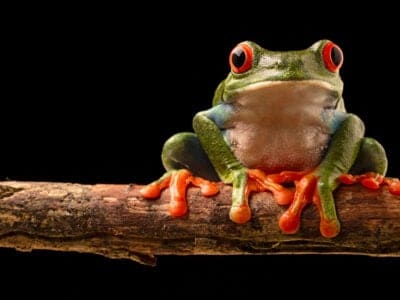
Red-Eyed Tree Frog
Despite their spectacular coloration, red-eyed tree frogs aren’t poisonous and can be kept as pets.
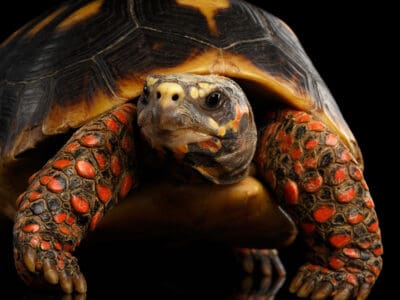
Red-Footed Tortoise
Male and female Red-Footed Tortoises move their heads to communicate.
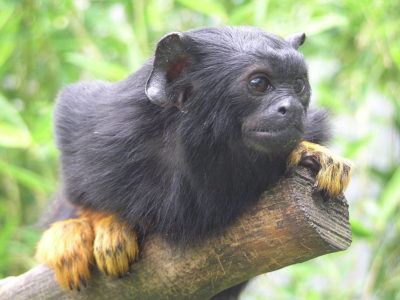
Red-handed Tamarin
Red hair on hands on feet!
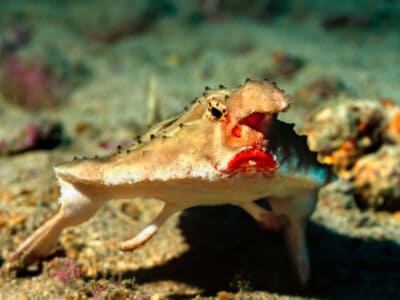
Red-Lipped Batfish
Despite its weird looks, the red-lipped batfish is harmless to humans
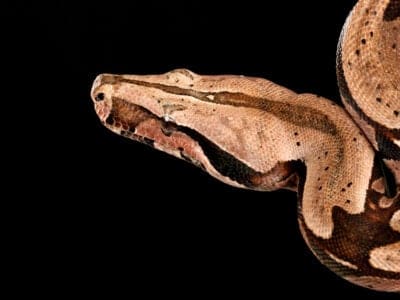
Red Tail Boa (common boa)
Red tailed boas don’t suffocate their prey, they squeeze until the heart stops circulating blood to the brain.
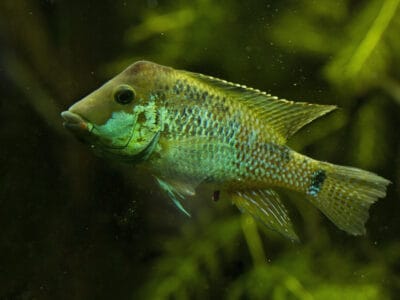
Redhump Eartheater
The redhump eartheater are very passive fish and do well in aquariums with non-cichlid species
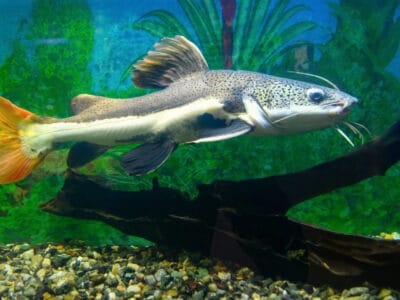
Redtail Catfish
One of three giant catfish species
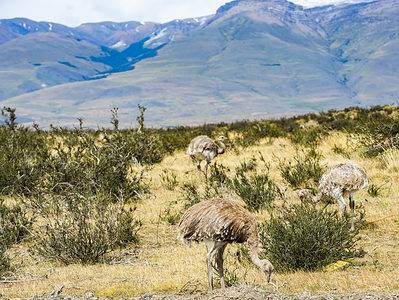
Rhea
Male rheas mate with up to a dozen females and single-handedly raise up to 80 chicks at once!
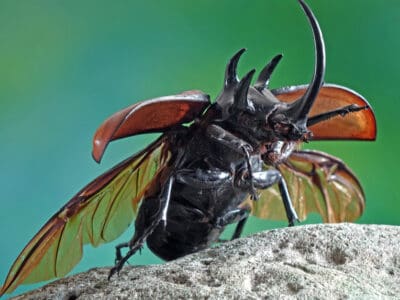
Rhino Beetle
Rhinoceros beetles can lift objects 850 times their weight

River Turtle
Inhabits freshwater habitats around the world!
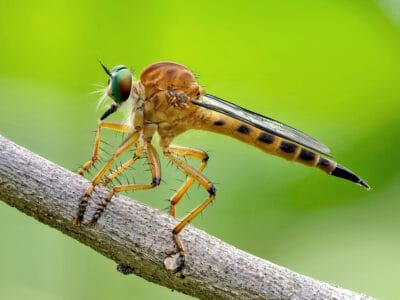
Robber Flies
The female pretend they are dead if they do not find the male worthy of mating.
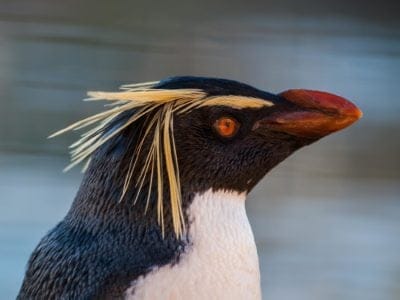
Rockhopper Penguin
There are 3 different species!
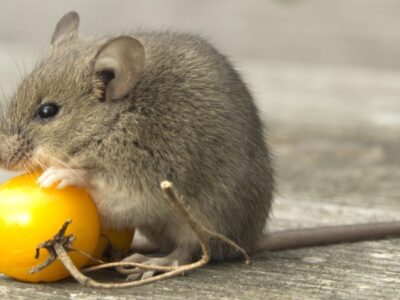
Rodents
The capybara, the world’s largest rodent, likes to be in and around bodies of water. Because of this, the Catholic Church in South America decided that it was a fish, and people were allowed to eat it during Lent and First Fridays.
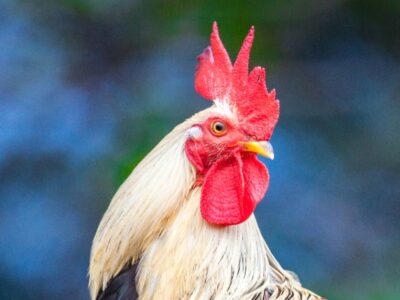
Rooster
Will mate with the entire flock!
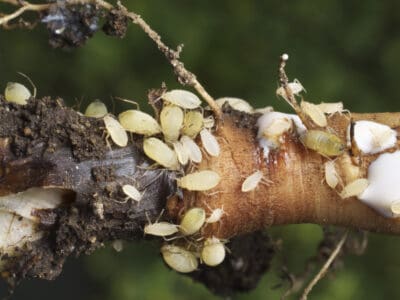
Root Aphids
Nymphs take 9 to 10 days on average to mature, with a complete lifespan of an estimated 30 days.
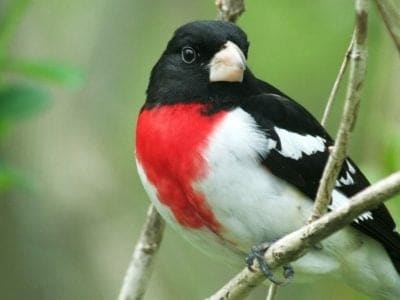
Rose-Breasted Grosbeak
This bird is also called cut-throat because the male looks like his throat has been cut and has bled over his breast.
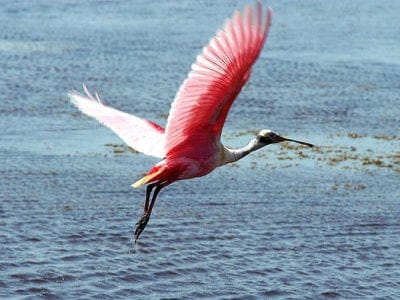
Roseate Spoonbill
The only Spoonbill in the western hemisphere!
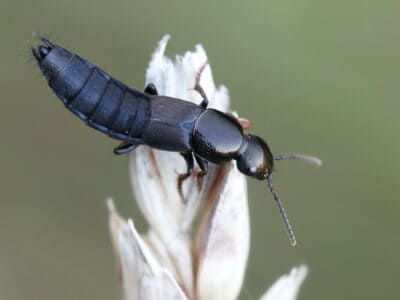
Rove Beetle
When threatened, rove beetles raise the ends of their body like scorpions, but they have no sting.
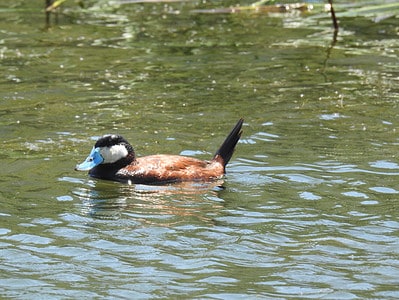
Ruddy Duck
Ruddy duck breeding males have bright blue bills!

Ruddy Turnstone
They flip over stones to find prey

Saber-Toothed Tiger
Canines up to 7 inches long!

Sable Ferret
Ferrets were used during the Revolutionary War to keep down the rat population.
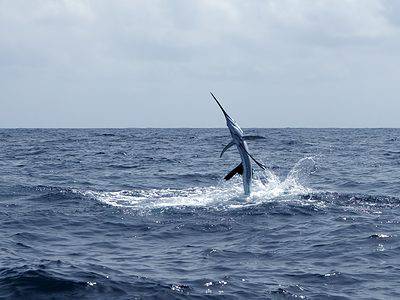
Sailfish
Fast billfish with a sail-like dorsal fin
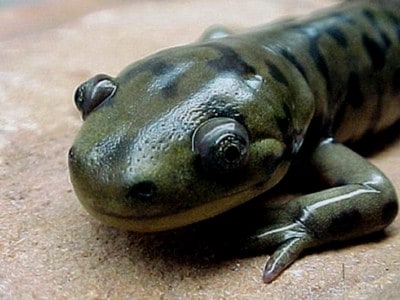
Salamander
There are more than 700 different species!
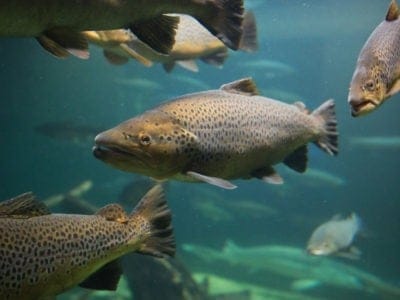
Salmon
Returns upstream every year to spawn
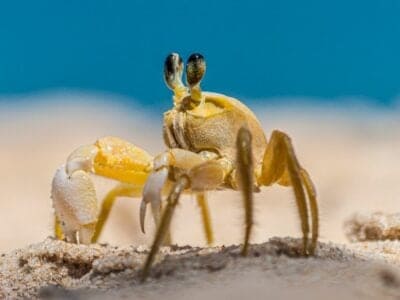
Sand Crab
The sand crab burrows beneath the sand with its tail

Sand Dollar
Sand Dollar skeletons make popular collection items for seashell collectors.

Sandpiper
Some sandpipers can migrate more than 8,000 miles without stopping!

Sarcosuchus
Sarcosuchus is a relative of present-day crocodiles.

Sauropoda
Newly hatched sauropods weighted less than 11 pounds and put on 2 tons of weight a year!

Sauropoda
Sauropods lived in herds.
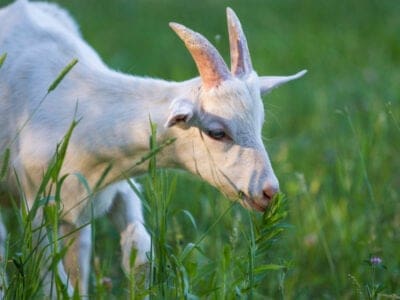
Savanna Goat
Savanna goats have only existed since 1957.
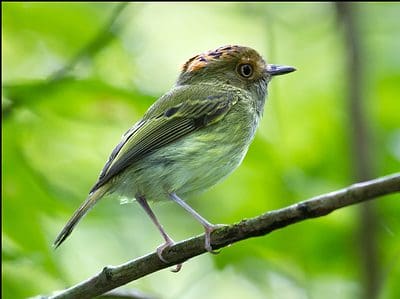
Scale-Crested Pygmy Tyrant
They raise their crests to ward off predators
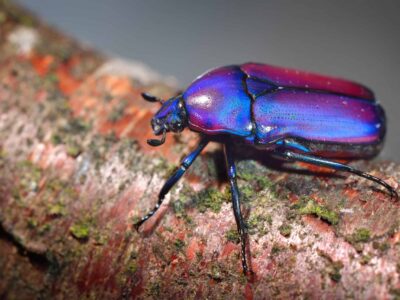
Scarab Beetle
The ancient Egyptians worshipped scarabs.
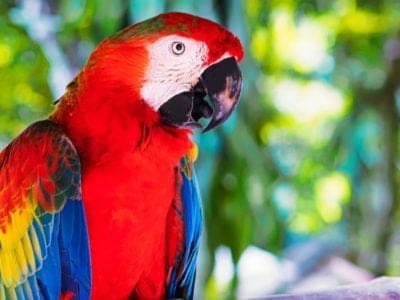
Scarlet Macaw
Like many parrots, the scarlet macaw is capable of vocal mimicry.
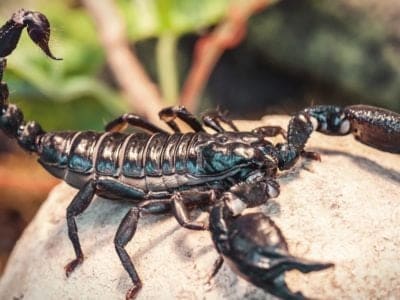
Scorpion
There are around 2,000 known species!
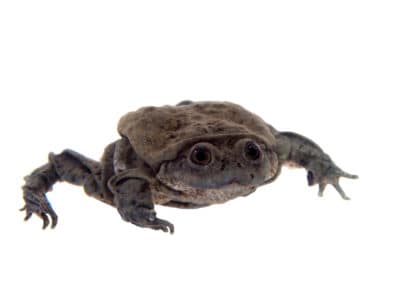
Scrotum Frog
The frog's ears are underdeveloped, and if it hears it probably does so through its lungs.
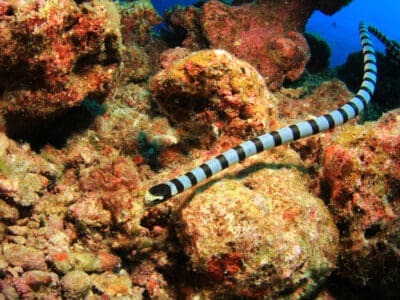
Sea Snake
The sea snake is incredibly venomous, even more than a cobra!”
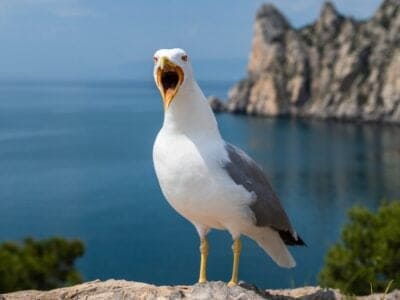
Seagull
Some gulls are capable of using tools
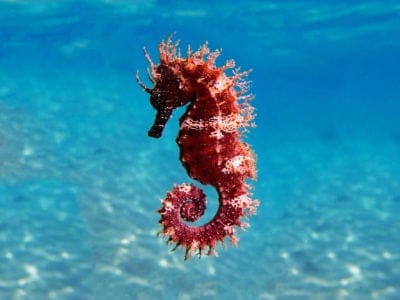
Seahorse
Males give birth to up to 1,000 offspring!
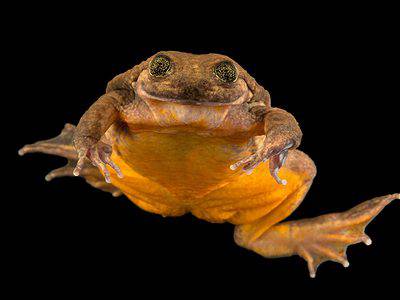
Sehuencas Water Frog
Thought extinct in the wild from 2009 to 2019
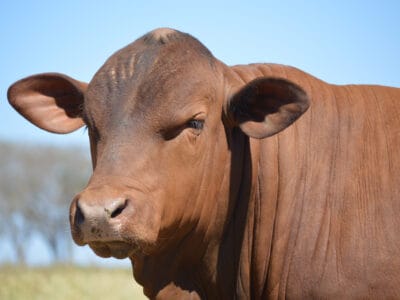
Senepol Cattle
Senepol cattle have a distinctive red color and no horns.

Sharp-Shinned Hawk
In captivity, sharp-shinned hawks can live up to 13 years. However, in the wild, this number is significantly reduced to 3 years!
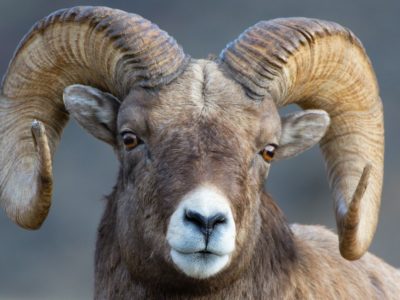
Sheep
Around 35 million in the English countryside!
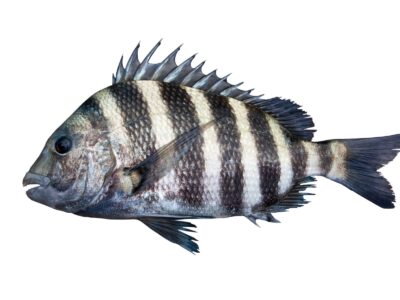
Sheepshead Fish
This fish has teeth that resemble a human's.
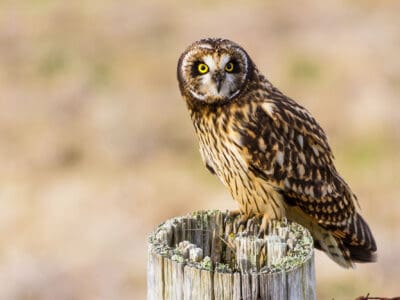
Short-Eared Owl
The short-eared owl is one of the most widespread owl species in the world, covering five continents.
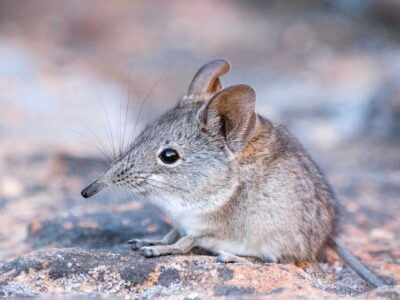
Shrew
The spinal column of the shrew Scutisorex somereni is so strong and reinforced that it can support the weight of an adult human.
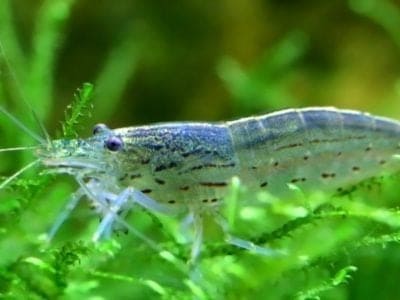
Shrimp
There are 2,000 different species worldwide!
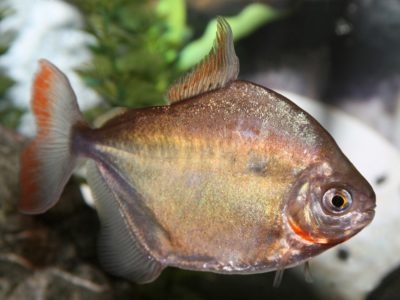
Silver Dollar
Closely related to the Piranha
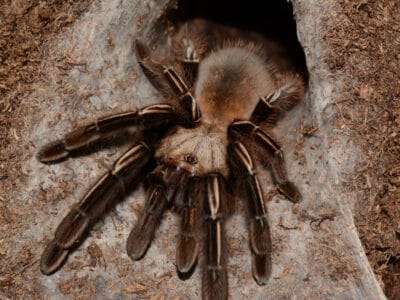
Skeleton Tarantula
50-100
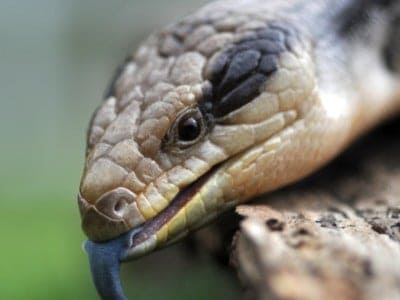
Skink Lizard
Some skinks lay eggs in some habitats while giving birth to skinklets in other habitats.
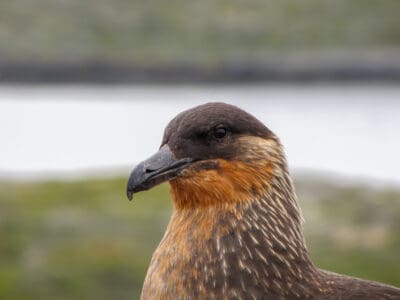
Skua
Skuas will chase other birds until they give up their catch
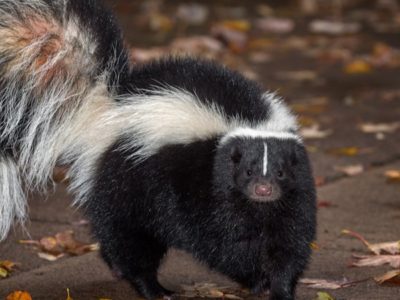
Skunk
Also known as the Polecat!
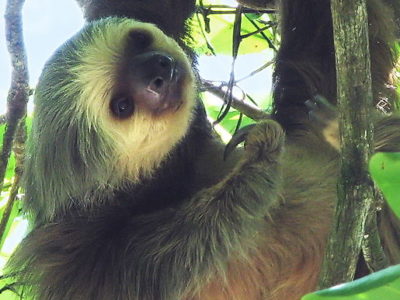
Sloth
It's body temperature is between 30 - 34 degrees!
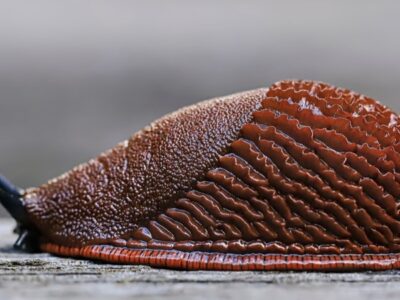
Slug
They glide around on one foot, which is aided by the slime they produce
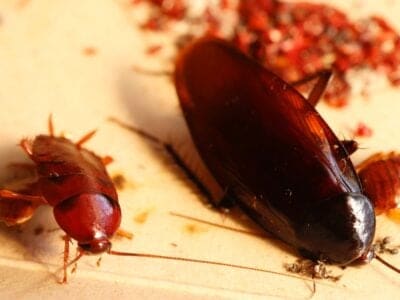
Smokybrown Cockroach
Has up to 45 eggs per egg case
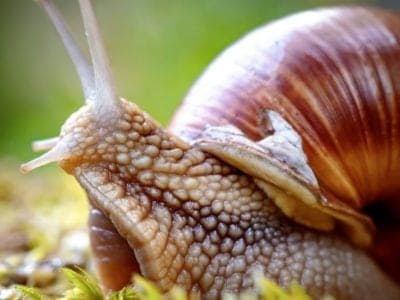
Snail
There are nearly 1,000 different species!
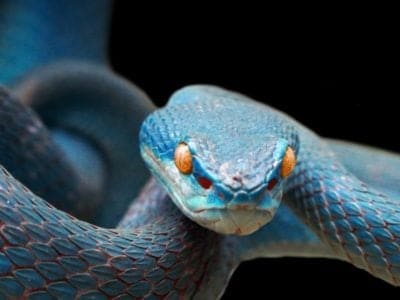
Snake
There are around 4,000 known species worldwide
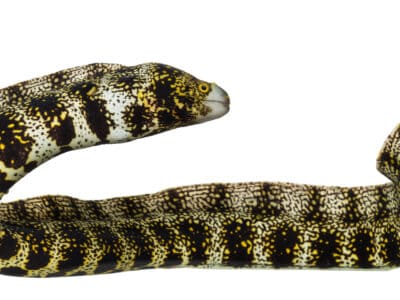
Snowflake Eel
Snowflake Eel have two jaws to help them swallow their food.
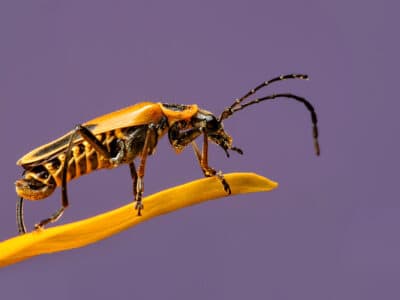
Soldier Beetle
Soldier beetles resemble fireflies, but they're not bioluminescent.
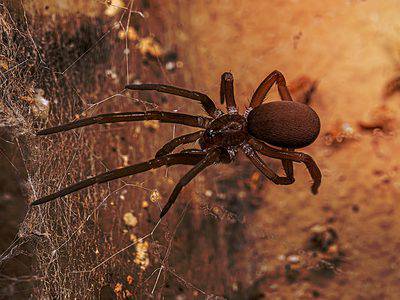
Southern House Spider
Large web making house spider
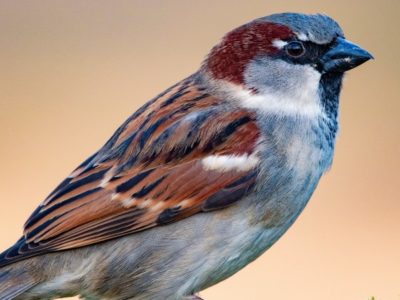
Sparrow
There are 140 different species!
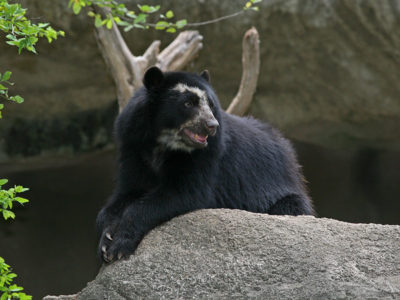
Spectacled Bear
Native to the Andes mountains of South America!
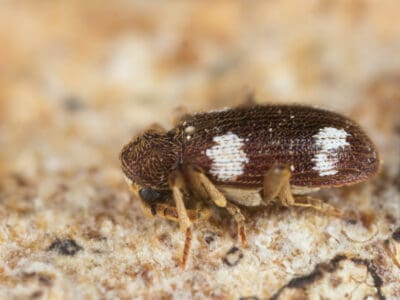
Spider Beetle
Spider beetles have globular bodies, which makes them look like spiders.
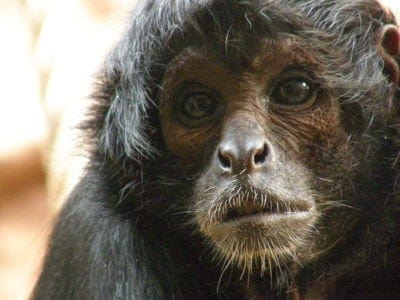
Spider Monkey
Belongs to the only family of primates in the world with full prehensile tails!
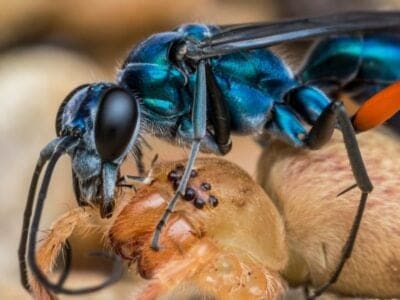
Spider Wasp
They prey on spiders to feed their larvae or they parasitize other spider wasps.

Spinosaurus
The Spinosaurus is the biggest carnivorous dinosaur ever discovered!
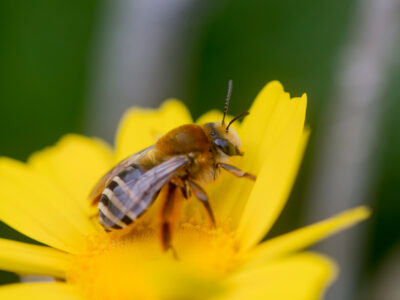
Squash Bee
N/A
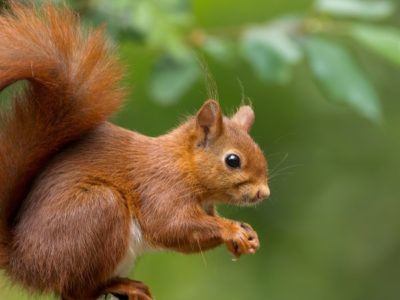
Squirrel
Small rodents found in woodlands worldwide!

Squirrel Monkey
Lives in groups of up to 500 individuals!
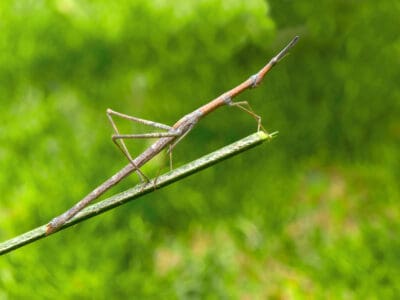
Stick Insect
There are more than 3,000 different species!
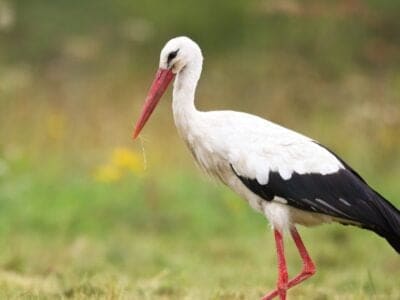
Stork
They can’t sing like other birds.
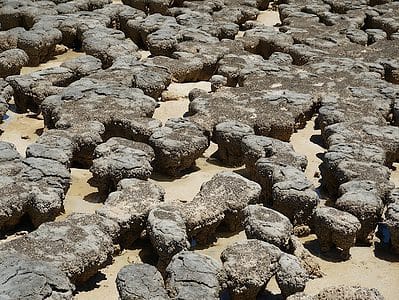
Stromatolite
Stromatolites played a key role in the development of life on Earth.

Stupendemys
The largest freshwater turtle known to have ever lived!
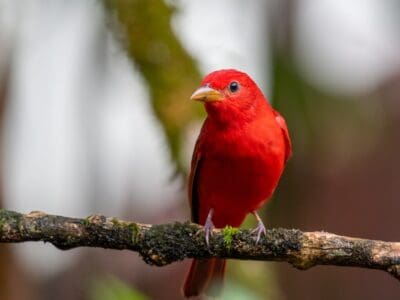
Summer Tanager
They remove bee stingers by rubbing them against a tree
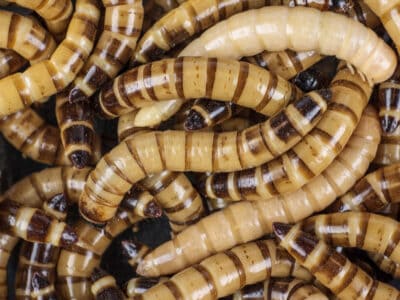
Superworm
These larvae are native to Central and South America but now occur on every continent except Antarctica
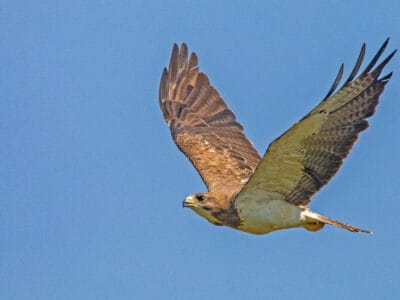
Swainson’s Hawk
Their wings form a “V” shape when flying.
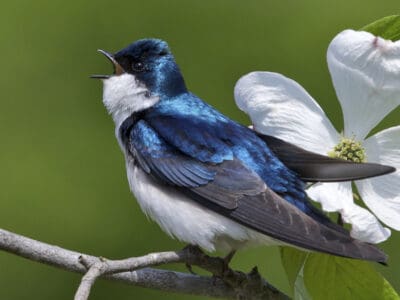
Swallow
swallows have aerodynamic bodies for hunting in flight

Swan
Populations have been affected by pollution!
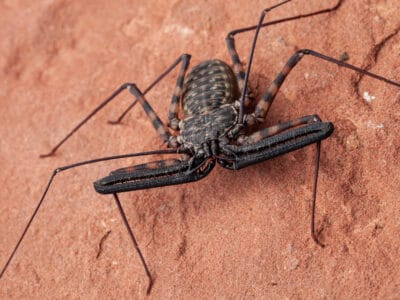
Tailless Whip Scorpion
The average lifespan of these strange creatures is 5 to 10 years; however, tailless whip scorpions have been known to live up to a whopping 15 years in captivity!
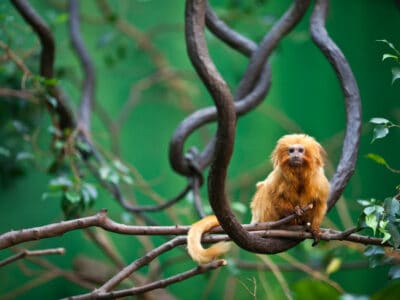
Tamarin
These tiny yet intelligent monkeys often give birth to fraternal twins.
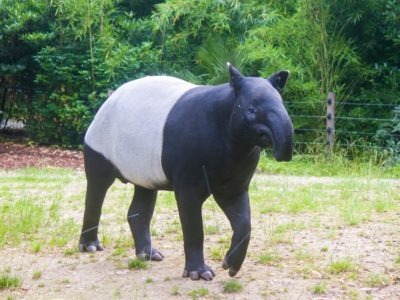
Tapir
Most closely related to horses and rhinos!
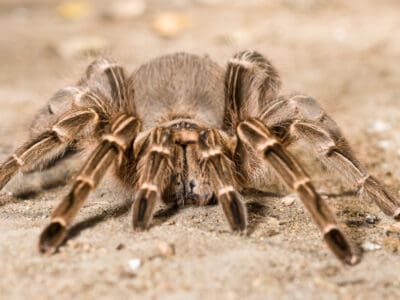
Tarantula
More than 1000 species of tarantulas have been identified all around the world!
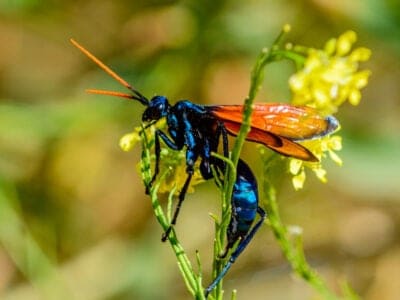
Tarantula Hawk
Tarantula hawks are excellent pollinators, especially for milkweed.
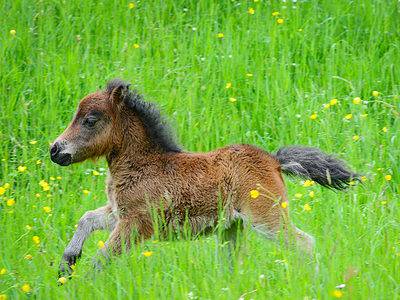
Teacup Miniature Horse
Female teacup minis become sexually mature between 2 and 5 years old, but breeders typically wait until their horse is 3 before letting her reproduce to prevent complications.
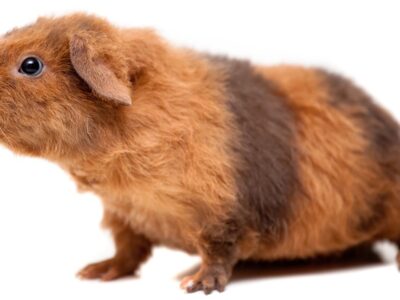
Teddy Guinea Pig
Teddy guinea pigs resemble teddy bears, hence their name.
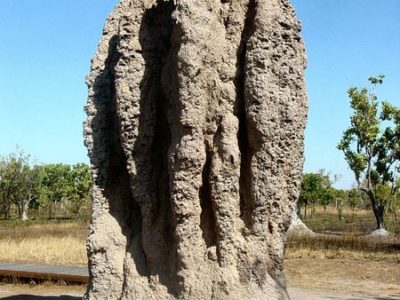
Termite
Their mounds can be up to 9 meters tall!

Terror Bird
Though terror birds were flightless, their wings featured an unusual sharp claw which they could use as a weapon.
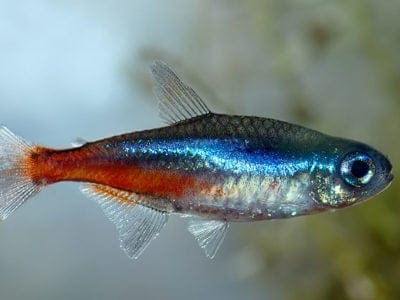
Tetra
Native to the freshwater streams of South America!
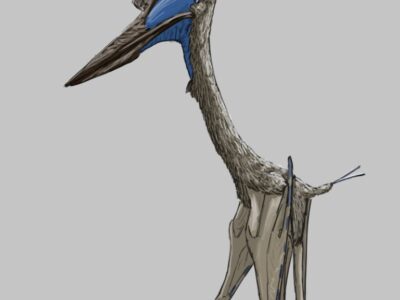
Thanatosdrakon
Thanatosdrakon was one of the largest pterosaurs that lived in South America.

Theropod
Some theropods had feathers and may have been ancestors of modern birds.
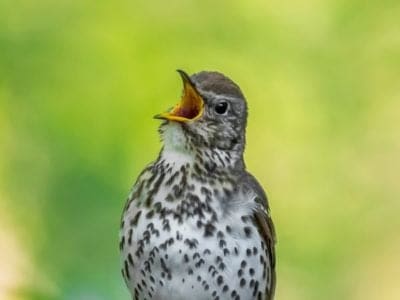
Thrush
The American robin is called the robin because its red breast reminded European settlers of the robin back in the old country.

Thylacosmilus
Thylacosmilus resembled saber-toothed cats, but they’re not related
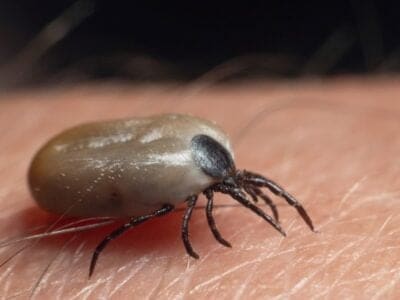
Tick
They inject hosts with a chemical that stops them from feeling the pain of the bite
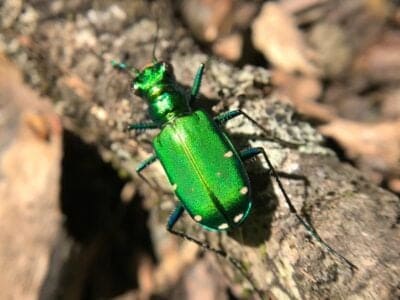
Tiger Beetle
The adult tiger beetle is one of the fastest land insects in the world
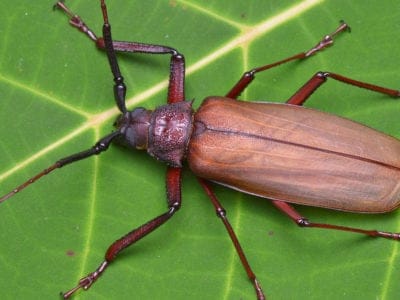
Titan Beetle
Their jaws can bite through a wooden pencil.

Titanosaur
Among the largest land animals to ever exist

Tortoise
Can live until they are more than 150 years old!
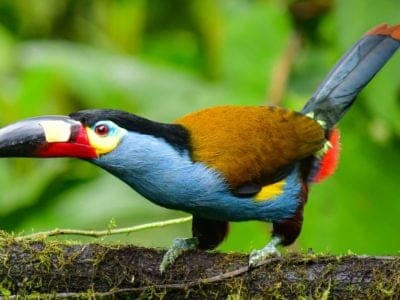
Toucan
There are more than 40 different species!
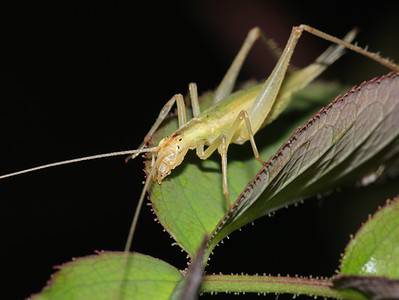
Tree Cricket
They make music with their wings
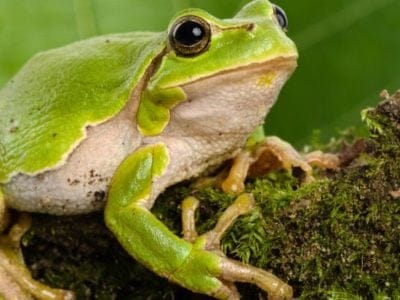
Tree Frog
Found in warmer jungles and forests!
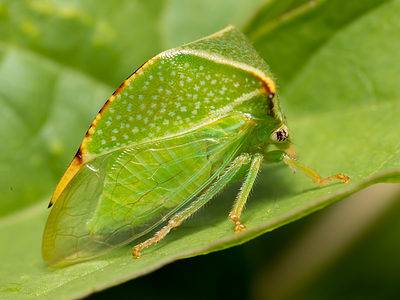
Treehopper
The colors, shapes, and intricacies of treehoppers’ helmets makes them unique and visually stunning.
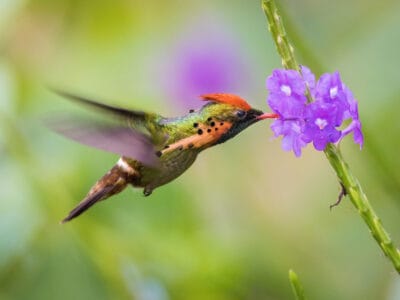
Tufted Coquette
They are tame and easy to approach

Turtles
Some species of aquatic turtles can get up to 70 percent of their oxygen through their butt.
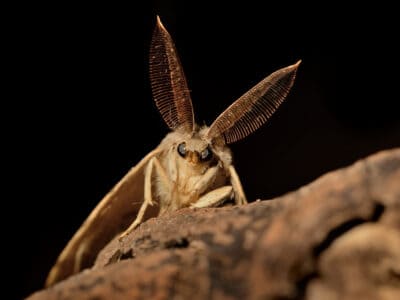
Tussock Moth
N/A
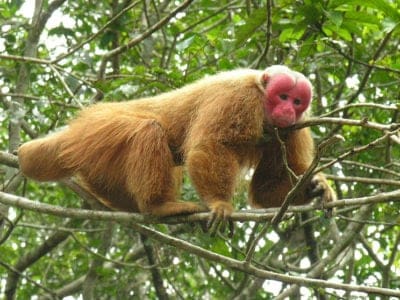
Uakari
Have a very short tail for their size!
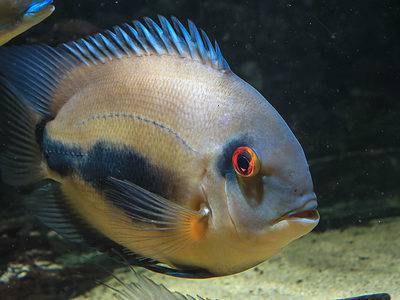
Uaru Cichlid
The color of the Uaru cichlid changes during the spawning season

Umbrellabird
Migrates up and down the mountains!
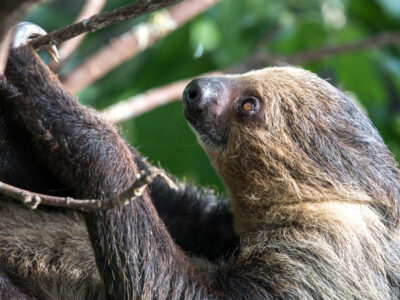
Unau (Linnaeus’s Two-Toed Sloth)
Its top speed is 0.17mph
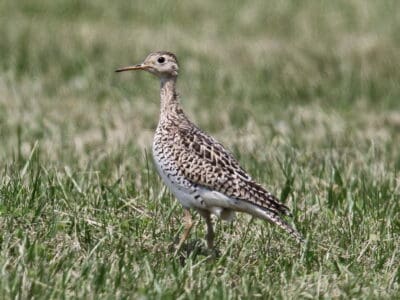
Upland Sandpiper
They make jerky movements as they walk through the grass, searching for food.
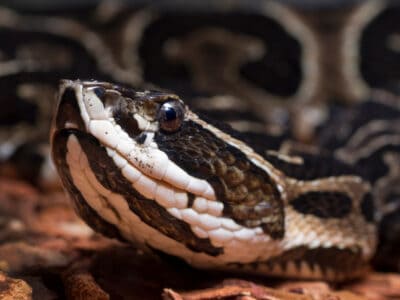
Urutu Snake
The female Urutu snake grows longer and heavier than males of the same species
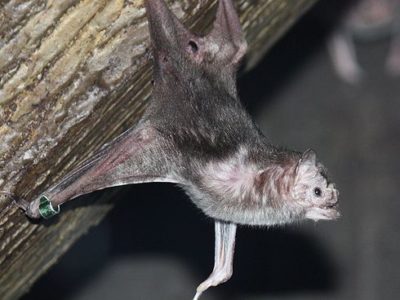
Vampire Bat
Have a heat sensor on the end of their nose!
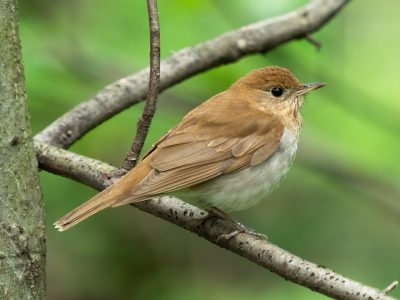
Veery
The veery is named for its sharp "veer" call.
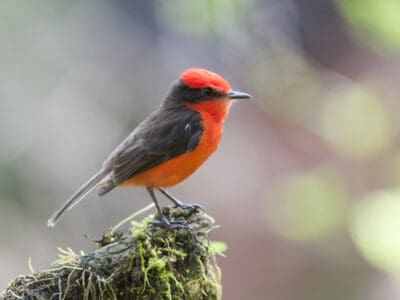
Vermilion Flycatcher
They have a fast song that lasts up to 10 syllables at max.

Vicuña
Vicuñas have some of the softest wool in the entire animal kingdom
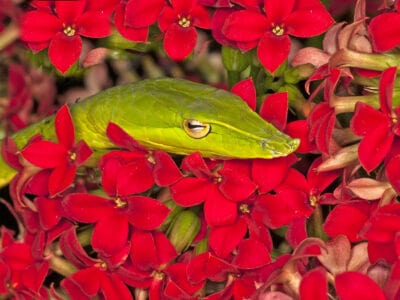
Vine Snake
A slender body and elongated snout give the vine snake a regal look.
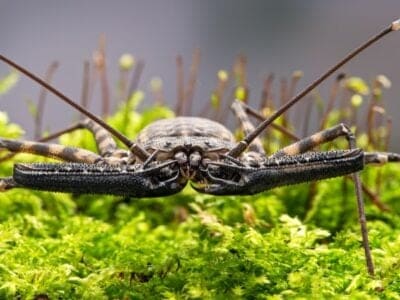
Vinegaroon
Vinegaroons can spray 19 times before the glands are depleted
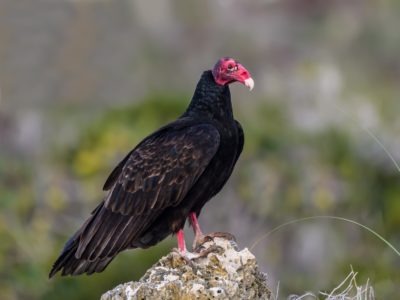
Vulture
There are 30 different species worldwide!
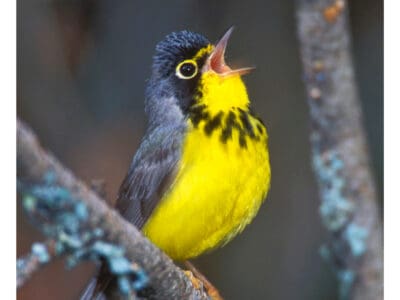
Warbler
Warblers are so called because of the trills of their song.
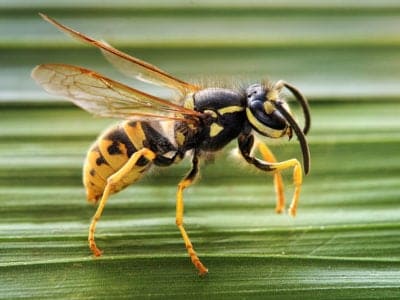
Wasp
There are around 75,000 recognised species!
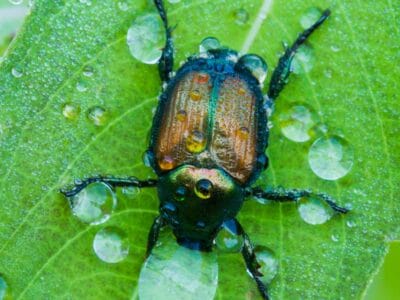
Water Beetle
Water beetles bite; they use their legs to inject venomous digestive saliva
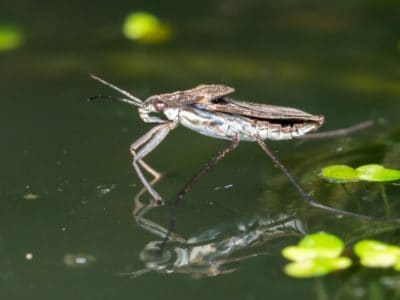
Water Bug
Some species of water bugs can deliver a painful bite when handled.
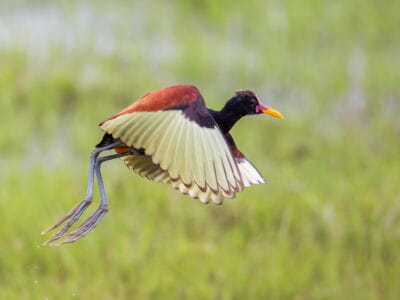
Wattled Jacana
They are typically noisy birds but take on a soft tone with their young.

Welsh Springer Spaniel
Due to being so attached to their owners, the Welsh Springer Spaniel does not do well with being left alone and can experience separation anxiety.
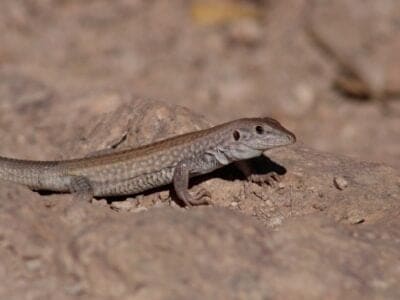
Whiptail Lizard
Many whiptail species reproduce asexually.
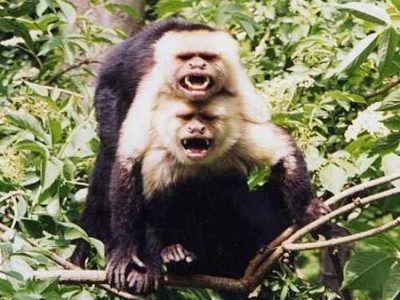
White-Faced Capuchin
One of the world's most intelligent monkeys!

White Ferret / Albino Ferrets
There are two different types of white ferrets!
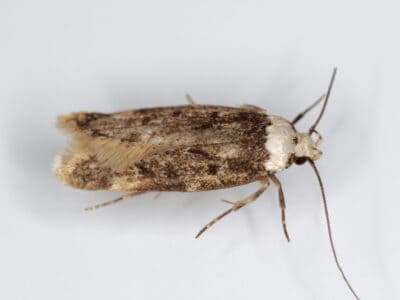
White-shouldered House Moth
The larva is the pest because a fully-grown white-shouldered house moth cannot feed; it can only absorb liquid
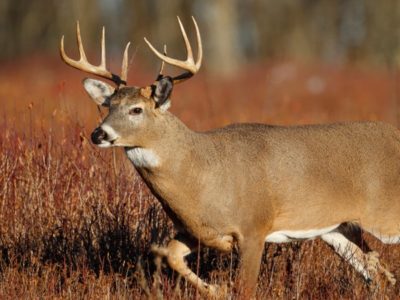
White-tail deer
White-tail deer are good swimmers
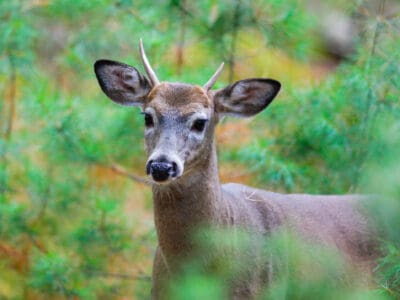
Whitetail Deer
Although deer are herbivores, they will sometimes eat mice and birds when they can catch them.
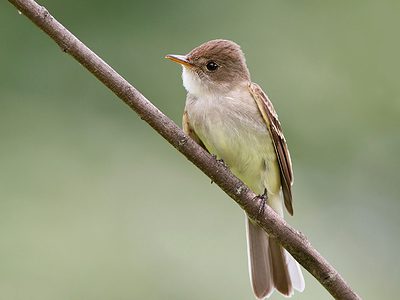
Willow Flycatcher
These birds live in the understory and are named for their propensity for flitting between willows and shrubs.
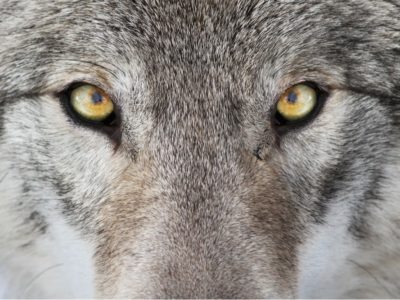
Wolf
Thought to date back more than 300,000 years!
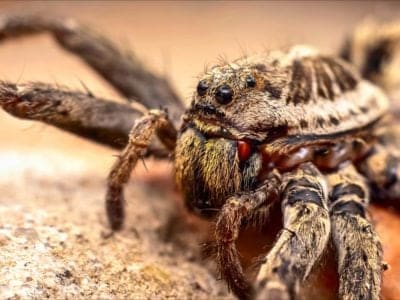
Wolf Spider
Carnivorous arachnid that hunts its prey.
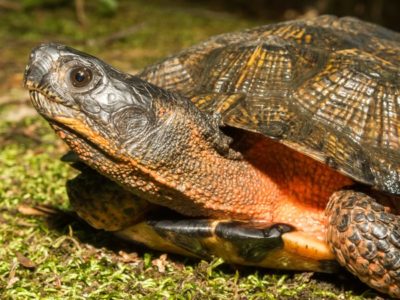
Wood Turtle
Temperature determines the sex of turtle eggs
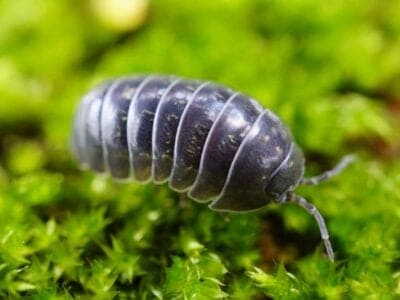
Woodlouse
This animal can roll up into a ball
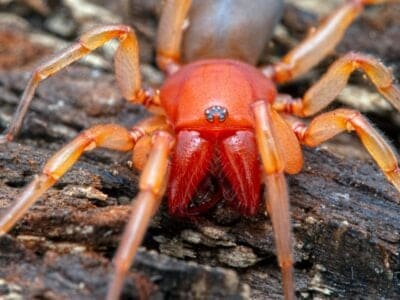
Woodlouse Spider
Unlike most spiders, woodlouse spiders don’t build a web.
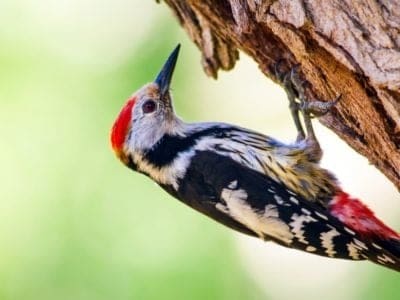
Woodpecker
There are 200 different species!
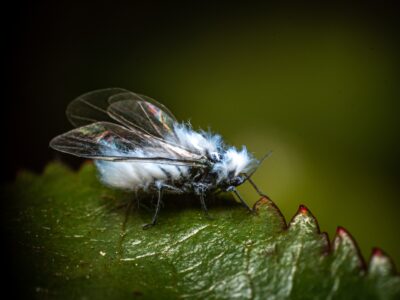
Woolly Aphids
Another name for these fuzzy insects is "boogie-woogie aphids" because of their habit of lifting their posteriors and pulsing them in synchronized motions when threatened.
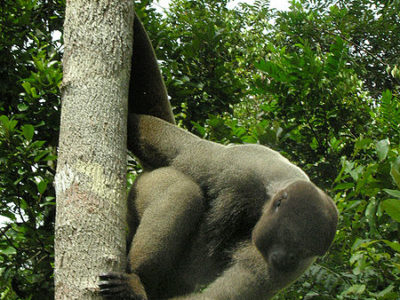
Woolly Monkey
Has a long, strong prehensile tail!
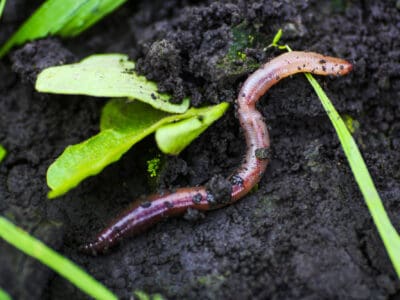
Worm
Doesn’t have eyes.
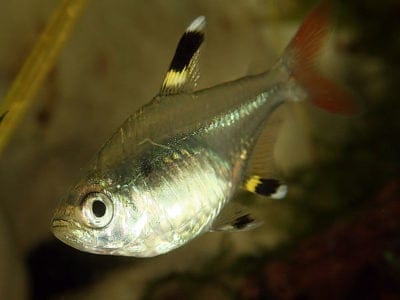
X-Ray Tetra
Yellow, black and white striped fins!

Xenotarsosaurus
Xenotarsosaurus was one of the first fossils discovered in South America's Bajo Barreal formation.
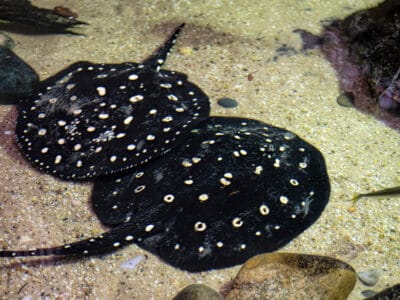
Xingu River Ray
The Xingu River ray is only found in the Xingu River in Brazil.
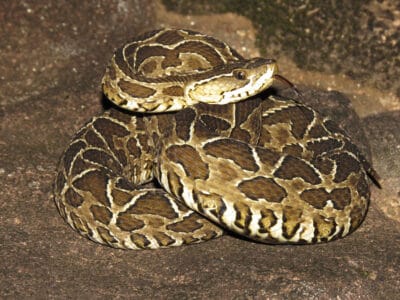
Yarara
Females are much larger than males
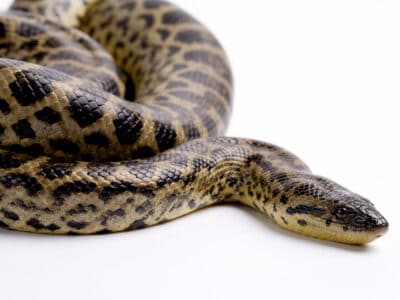
Yellow Anaconda
Anacondas take prey much bigger compared to body weight than other snakes.
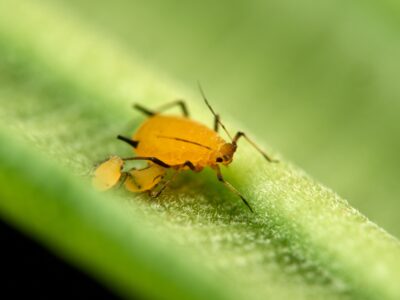
Yellow Aphids
These aphids are primarily wingless; however, once the infestation on their host gets too crowded, they develop wings, allowing them to fly to a new host plant.
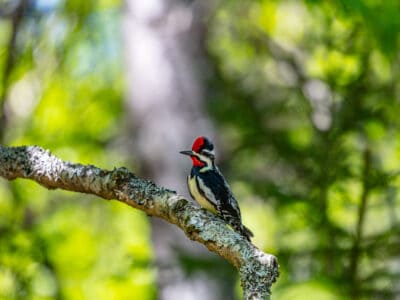
Yellow Bellied Sapsucker
The males are responsible for choosing the nesting tree most of the time. Luckily, cavity nests are often reused for multiple breeding seasons (up to 7 years.)

Yellow-Bellied Sea Snake
Sea snakes spend approximately 90% of their lives under water.
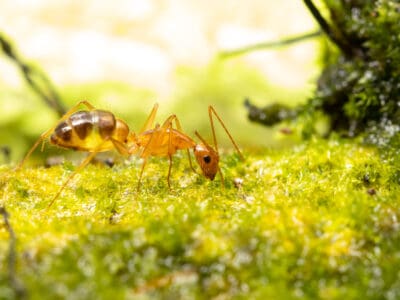
Yellow Crazy Ant
One of the top 100 worst invasive species!
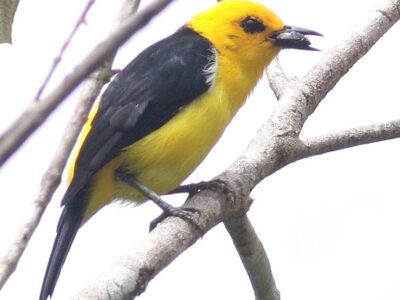
Yellow Tanager (Black-and-Yellow Tanager)
They swallow soft fruit whole
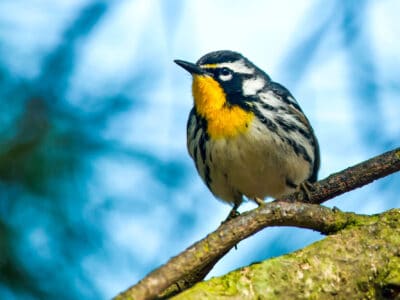
Yellowthroat
They forage near the ground, searching leaves for insects
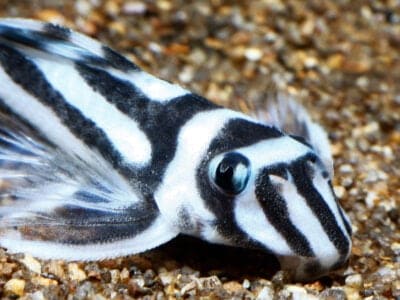
Zebra Pleco
The zebra pleco is a bottom feeder with a sucker mouth.
South American Animals List
- Abyssinian Guinea Pig
- Acadian Flycatcher
- Africanized bee (killer bee)
- Agouti
- Albatross
- Alpaca
- Amargasaurus
- Amazon Parrot
- Amazon Tree Boa
- Amazonian Royal Flycatcher
- Anaconda
- Angora Goat
- Anhinga
- Ant
- Anteater
- Arapaima
- Arctotherium
- Argentavis Magnificens
- Argentine Black and White Tegu
- Argentinosaurus
- Armadillo
- Armored Catfish
- Armyworm
- Aruba Rattlesnake
- Asian Lady Beetle
- Avocet
- Bagworm Moth
- Banjo Catfish
- Barb
- Barinasuchus
- Bark Beetle
- Bark Scorpion
- Barn Owl
- Barn Swallow
- Basilisk Lizard
- Bat
- Bear
- Bed Bugs
- Bee
- Beetle
- Beewolf wasp
- Belgian Canary
- Bird
- Biscuit Beetle
- Black and White Warbler
- Black Aphids
- Black-Bellied Whistling Duck
- Black Tarantula
- Black Widow Spider
- Black Witch Moth
- Blackburnian Warbler
- Blind Snake
- Blister Beetle
- Blowfly
- Blue Andalusian
- Blue Dragon Sea Slug
- Blue Eyed Pleco
- Blue Tanager (Blue-Grey Tanager)
- Blue Tang
- Bobolink
- Bolivian Anaconda
- Bombardier Beetle
- Booby
- Brahminy Blindsnake
- Brazilian Black Tarantula
- Brazilian Terrier
- Brazilian Treehopper
- Brown Dog Tick
- Bumblebee
- Burrowing Owl
- Bush Dog
- Bushmaster Snake
- Butterfly
- Cactus Moth
- Caecilian
- Caiman
- Caiman Lizard
- Camel Cricket
- Canada Warbler
- Capuchin
- Capybara
- Carpenter Ant
- Carpet Beetle
- Carrion Beetle
- Cascabel
- Cat
- Cat-Eyed Snake
- Caterpillar
- Catfish
- Centipede
- Ceratosaurus
- Chestnut-Sided Warbler
- Chicken
- Chicken Snake
- Chigger
- Chilean Recluse Spider
- Chilean Rose Tarantula
- Chilesaurus
- Chinchilla
- Cichlid
- Cigarette Beetle
- Click Beetle
- Clothes Moth
- Coachwhip Snake
- Coati
- Cockroach
- Codling Moth
- Collared Peccary
- Common Furniture Beetle
- Common House Spider
- Conure
- Coral Snake
- Cormorant
- Corn Earworm
- Cory Catfish
- Cotton-top Tamarin
- Cow
- Crab
- Crab-Eating Fox
- Crab Spider
- Crayfish
- Cricket
- Crocodile
- Crocodylomorph
- Crow
- Cuckoo
- Damselfish
- Darkling Beetle
- Darwin’s fox
- Darwin’s Frog
- Deer Mouse
- Desmostylus
- Dickcissel
- Dinosaur Shrimp
- Dire Wolf
- Discus
- Doedicurus
- Dog
- Dog Tick
- Dogo Argentino
- Donkey
- Dragonfly
- Dreadnoughtus
- Dubia Cockroach
- Duck
- Dung Beetle
- Dusky Shark
- Dwarf Boa
- Eagle
- Earthworm
- Earwig
- Eastern Cottontail
- Eastern Kingbird
- Eastern Meadowlark
- Eel
- Egret
- Electric Eel
- Elegant Tern
- Elephant Beetle
- Ember Tetra
- Emerald Tree Boa
- Emperor Tamarin
- Executioner Wasp
- Eyelash Viper
- Falcon
- Fallow deer
- False coral snake
- False Water Cobra
- False Widow Spider
- Fancy Mouse
- Fer-de-lance Snake
- Fiddler Crab
- Fila Brasileiro
- Finch
- Firefly
- Flamingo
- Flea
- Flea Beetle
- Fleckvieh Cattle
- Flour Beetle
- Fly
- Flying Squirrel
- Freshwater Eel
- Freshwater Jellyfish
- Fritillary Butterfly
- Frog
- Fruit Bat
- Fruit Fly
- Fulvous Whistling Duck
- Galapagos Shark
- Gecko
- Geoffroys Tamarin
- German Cockroach
- Giant Armadillo
- Giant Leopard Moth
- Glowworm
- Gnat
- Golden Lancehead
- Golden Lion Tamarin
- Goliath Grouper
- Gomphotherium
- Goshawk
- Grasshopper
- Gray Catbird
- Gray Fox
- Great Blue Heron
- Great Crested Flycatcher
- Great Kiskadee
- Great Potoo Bird
- Grebe
- Green Anaconda
- Green Bottle Blue Tarantula
- Grouper
- Guinea Pig
- Gulper Catfish
- Guppy
- Gypsy Moth
- Hamburg Chicken
- Hamster
- Hare
- Harpy Eagle
- Harris’s Hawk
- Hawk
- Hawk Moth Caterpillar
- Hepatic Tanager (Red Tanager)
- Hercules Beetle
- Heron
- Hogfish
- Hognose snake
- Honey Bee
- Horned Beetle
- Argentine Horned Frog
- Horse
- Horsefly
- House Sparrow (English Sparrow)
- House wren
- Housefly
- Howler Monkey
- Human
- Humboldt Penguin
- Hummingbird
- Huntsman Spider
- Hyacinth Macaw
- Ibex
- Ibis
- Icadyptes
- Iguana
- IMG Boa Constrictor
- Imperial Moth
- Indigo Snake
- Insect
- Insects
- Jabiru
- Jacana
- Jack Crevalle
- Jaguar
- Jaguarundi Cat
- Japanese Bantam Chicken
- Josephoartigasia monesi
- Jumping Spider
- Katydid
- Keel-Billed Toucan
- Kentucky Warbler
- Kestrel
- Keyhole Cichlid
- Killdeer
- Killifish
- Kinder Goat
- King Vulture
- Kingfisher
- Kinkajou
- Kissing Bugs
- Kitefin Shark
- Knifefish
- Kodkod
- Lace Bug
- Ladybug
- Larder Beetle
- Leafcutter Ant
- Leafcutter Bee
- Leech
- Leedsichthys
- Leopard Frog
- Leptocephalus
- Lesser Scaup
- Lipstick Albino Boa
- Livyatan
- Lizard
- Lizardfish
- Llama
- Locust
- Lone Star Tick
- Lungfish
- Macaw
- Macrauchenia
- Magellanic Penguin
- Maggot
- Mallard
- Maned Wolf
- Margay
- Marine Iguana
- Marine Toad
- Marmoset
- Mason Bee
- Mayfly
- Mealworm Beetle
- Mealybug
- Megatherium
- Mexican Eagle (Northern crested caracara)
- Mexican Free-Tailed Bat
- Millipede
- Mockingbird
- Mojarra
- Mole
- Mole Crab (Sand Flea)
- Mole Cricket
- Mollusk
- Molly
- Monarch Butterfly
- Mongrel
- Monkey
- Moonglow Boa
- Moorhen
- Morpho Butterfly
- Mosquito
- Moth
- Mountain Lion
- Mourning Gecko
- Mourning Warbler
- Mouse
- Mouse Spider
- Mule
- Muscovy Duck
- Mussurana Snake
- Naegleria
- Needlefish
- Nematode
- Neon Tetra
- Night Heron
- Nightjar
- No See Ums
- Northern Harrier
- Northern Pintail
- Northern Screamer
- Norway Rat
- Nutria
- Ocelot
- Olingo
- Oranda Goldfish
- Orange Tanager (Orange-Headed Tanager)
- Orb Weaver
- Orchard Oriole
- Oriental Cockroach
- Orinoco Crocodile
- Oscar Fish
- Osprey
- Otter
- Ovenbird
- Owl
- Owl Butterfly
- Owlfly (Ascalaphidae)
- Ox
- Panther
- Panthera atrox (American Lion)
- Parakeet
- Parrot
- Parrot Snake
- Parrotlet
- Patagonian Cavy
- Patagonian Mara
- Patagotitan
- Peacock Bass
- Pelagornis
- Pelagornithidae
- Peregrine Falcon
- Peruvian Guinea Pig
- Peruvian Inca Orchid
- Pheasant
- Phoenix Chicken
- Phorusrhacos
- Phytosaurs
- Pictus Catfish
- Pied-Billed Grebe
- Pied Tamarin
- Pigeon
- Pink Bollworm
- Amazon River Dolphin (Pink Dolphin)
- Pink Fairy Armadillo
- Pink Toed Tarantula
- Pipe Snake
- Piranha
- Pit Viper
- Platinum Arowana
- Pliosaur
- Poison Dart Frog
- Polka Dot Stingray
- Pompano Fish
- Porcupine
- Potoo
- Powderpost Beetle
- Praying Mantis
- Pterodactyl
- Puertasaurus
- Puma
- Pumpkin Patch Tarantula
- Purple Gallinule
- Purple Tarantula
- Purussaurus
- Pygmy Marmoset (Finger Monkey)
- Quail
- Quetzal
- Raccoon
- Rainbow Boa
- Rat
- Rat Snakes
- Rattlesnake
- Red-Eyed Tree Frog
- Red-Footed Tortoise
- Red-handed Tamarin
- Red-Lipped Batfish
- Red Tail Boa (common boa)
- Redhump Eartheater
- Redtail Catfish
- Rhea
- Rhino Beetle
- River Turtle
- Robber Flies
- Rockhopper Penguin
- Rodents
- Rooster
- Root Aphids
- Rose-Breasted Grosbeak
- Roseate Spoonbill
- Rove Beetle
- Ruddy Duck
- Ruddy Turnstone
- Saber-Toothed Tiger
- Sable Ferret
- Sailfish
- Salamander
- Salmon
- Sand Crab
- Sand Dollar
- Sandpiper
- Sarcosuchus
- Sauropoda
- Sauropoda
- Savanna Goat
- Scale-Crested Pygmy Tyrant
- Scarab Beetle
- Scarlet Macaw
- Scorpion
- Scrotum Frog
- Sea Snake
- Seagull
- Seahorse
- Sehuencas Water Frog
- Senepol Cattle
- Sharp-Shinned Hawk
- Sheep
- Sheepshead Fish
- Short-Eared Owl
- Shrew
- Shrimp
- Silver Dollar
- Skeleton Tarantula
- Skink Lizard
- Skua
- Skunk
- Sloth
- Slug
- Smokybrown Cockroach
- Snail
- Snake
- Snowflake Eel
- Soldier Beetle
- Southern House Spider
- Sparrow
- Spectacled Bear
- Spider
- Spider Beetle
- Spider Monkey
- Spider Wasp
- Spinosaurus
- Squash Bee
- Squirrel
- Squirrel Monkey
- Stick Insect
- Stork
- Stromatolite
- Stupendemys
- Summer Tanager
- Superworm
- Swainson’s Hawk
- Swallow
- Swallowtail Butterfly
- Swallowtail Caterpillar
- Swan
- Tailless Whip Scorpion
- Tamarin
- Tapir
- Tarantula
- Tarantula Hawk
- Teacup Miniature Horse
- Teddy Guinea Pig
- Termite
- Terror Bird
- Tetra
- Thanatosdrakon
- Theropod
- Thrush
- Thylacosmilus
- Tick
- Tiger Beetle
- Titan Beetle
- Titanosaur
- Tortoise
- Toucan
- Toxodon
- Tree Cricket
- Tree Frog
- Treehopper
- Tufted Coquette
- Turkey Vulture
- Turtles
- Tussock Moth
- Tussock Moth Caterpillar
- Uakari
- Uaru Cichlid
- Umbrellabird
- Unau (Linnaeus’s Two-Toed Sloth)
- Upland Sandpiper
- Urutu Snake
- Vampire Bat
- Veery
- Vermilion Flycatcher
- Vicuña
- Vine Snake
- Vinegaroon
- Vulture
- Warbler
- Wasp
- Water Beetle
- Water Bug
- Wattled Jacana
- Welsh Springer Spaniel
- Whiptail Lizard
- White-Faced Capuchin
- White Ferret / Albino Ferrets
- White-shouldered House Moth
- White-tail deer
- Whitetail Deer
- Willow Flycatcher
- Wolf
- Wolf Spider
- Wood Turtle
- Woodlouse
- Woodlouse Spider
- Woodpecker
- Wool Carder Bee
- Woolly Aphids
- Woolly Monkey
- Worm
- X-Ray Tetra
- Xenotarsosaurus
- Xingu River Ray
- Yarara
- Yellow Anaconda
- Yellow Aphids
- Yellow Bellied Sapsucker
- Yellow-Bellied Sea Snake
- Yellow Crazy Ant
- Yellow-faced Bee
- Yellow Tanager (Black-and-Yellow Tanager)
- Yellowthroat
- Zebra Pleco



